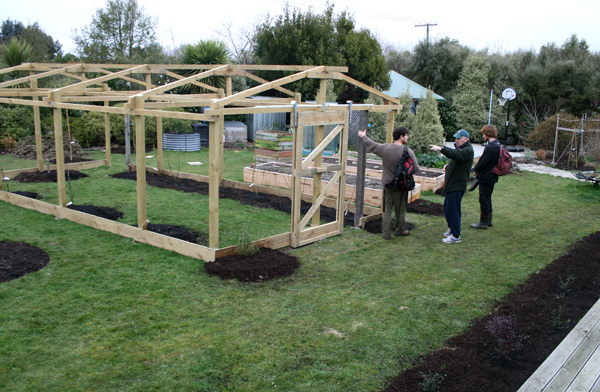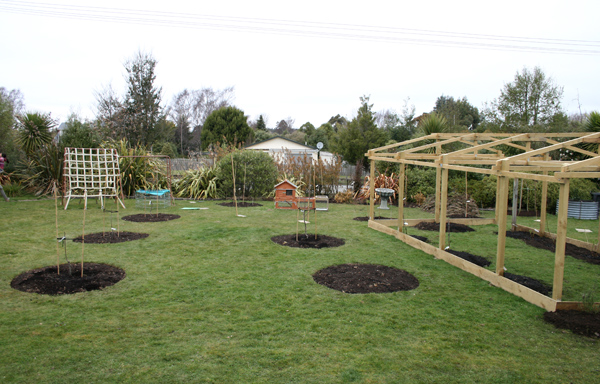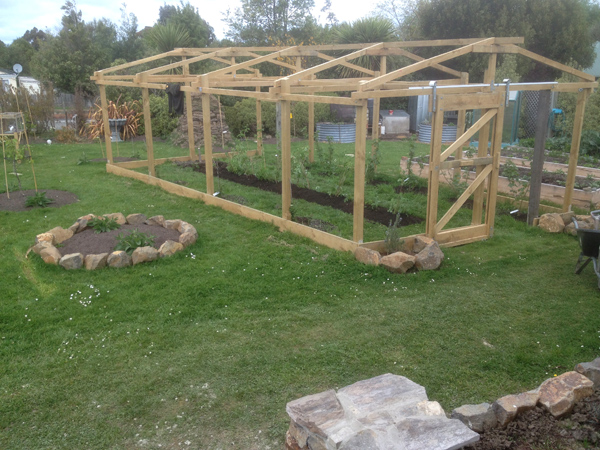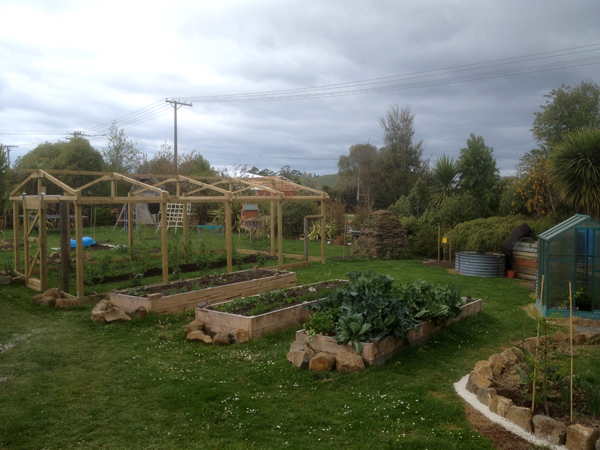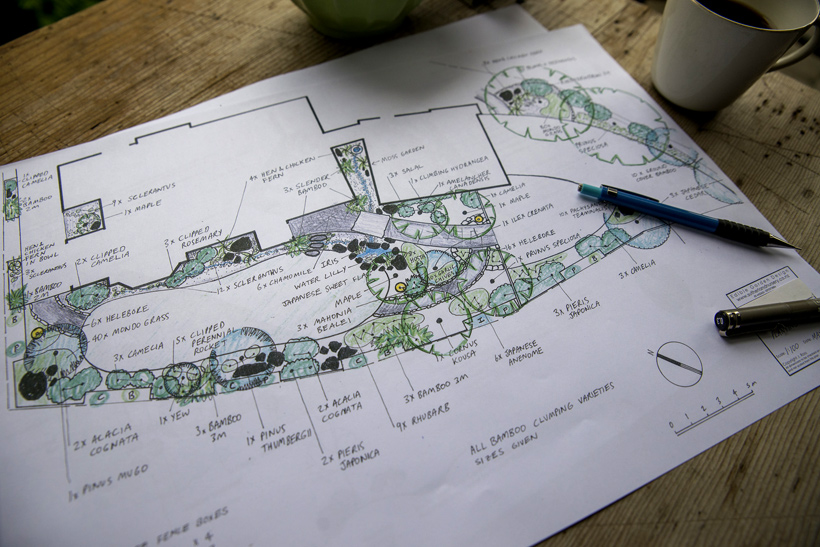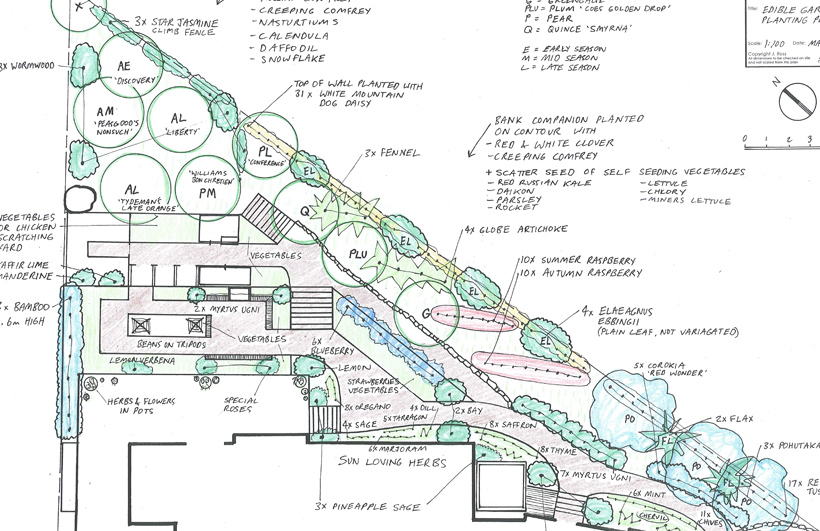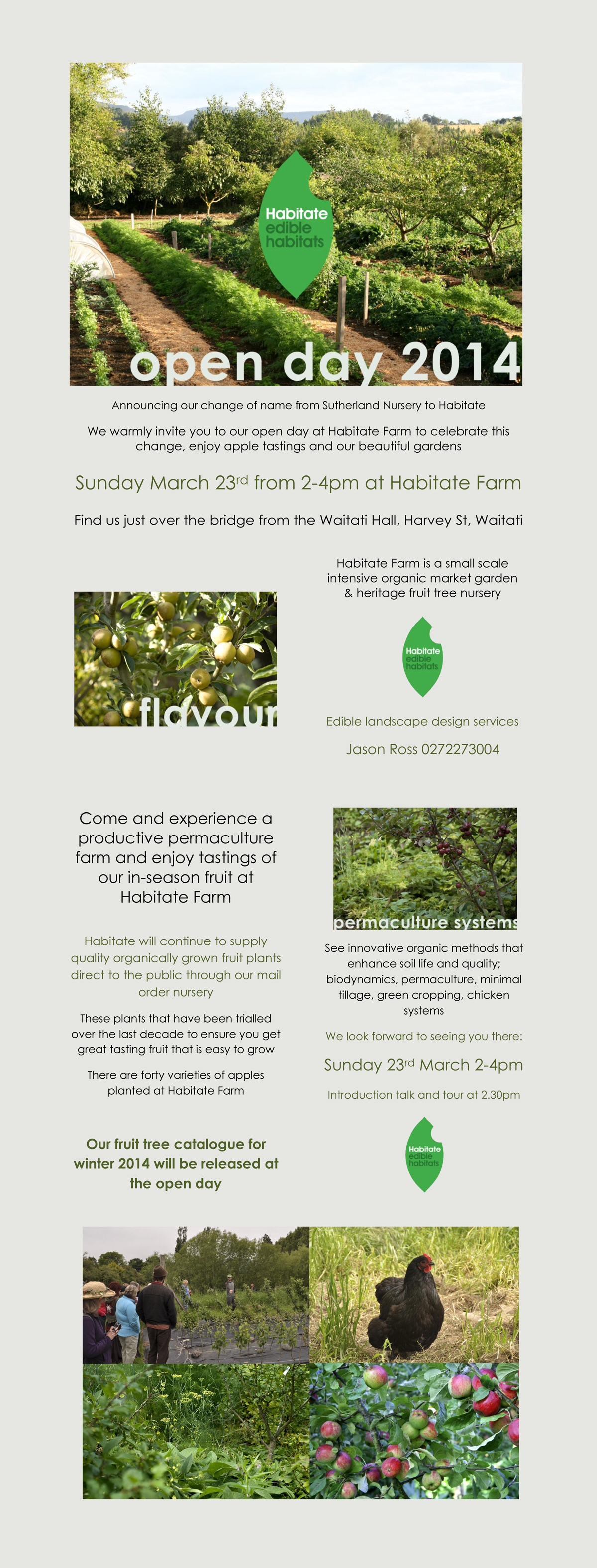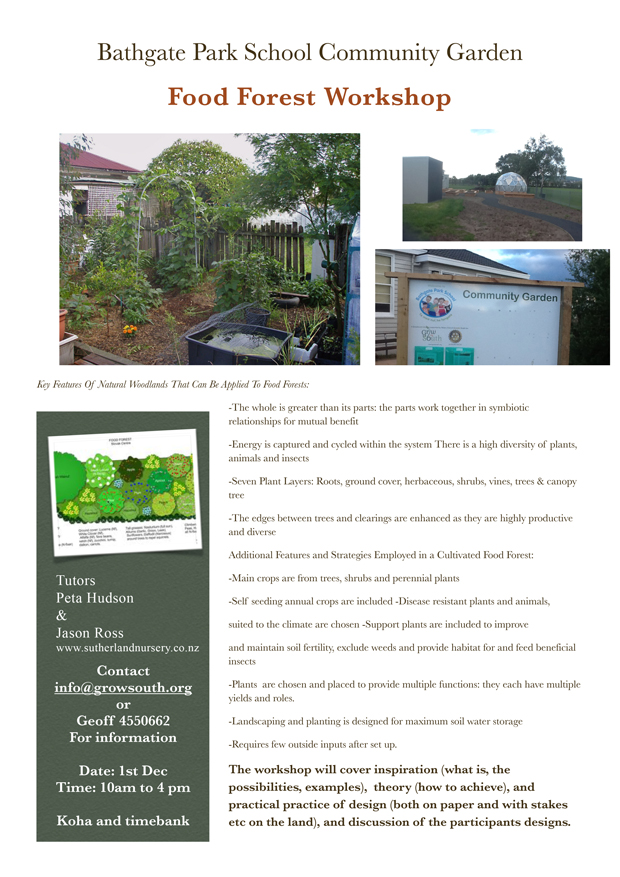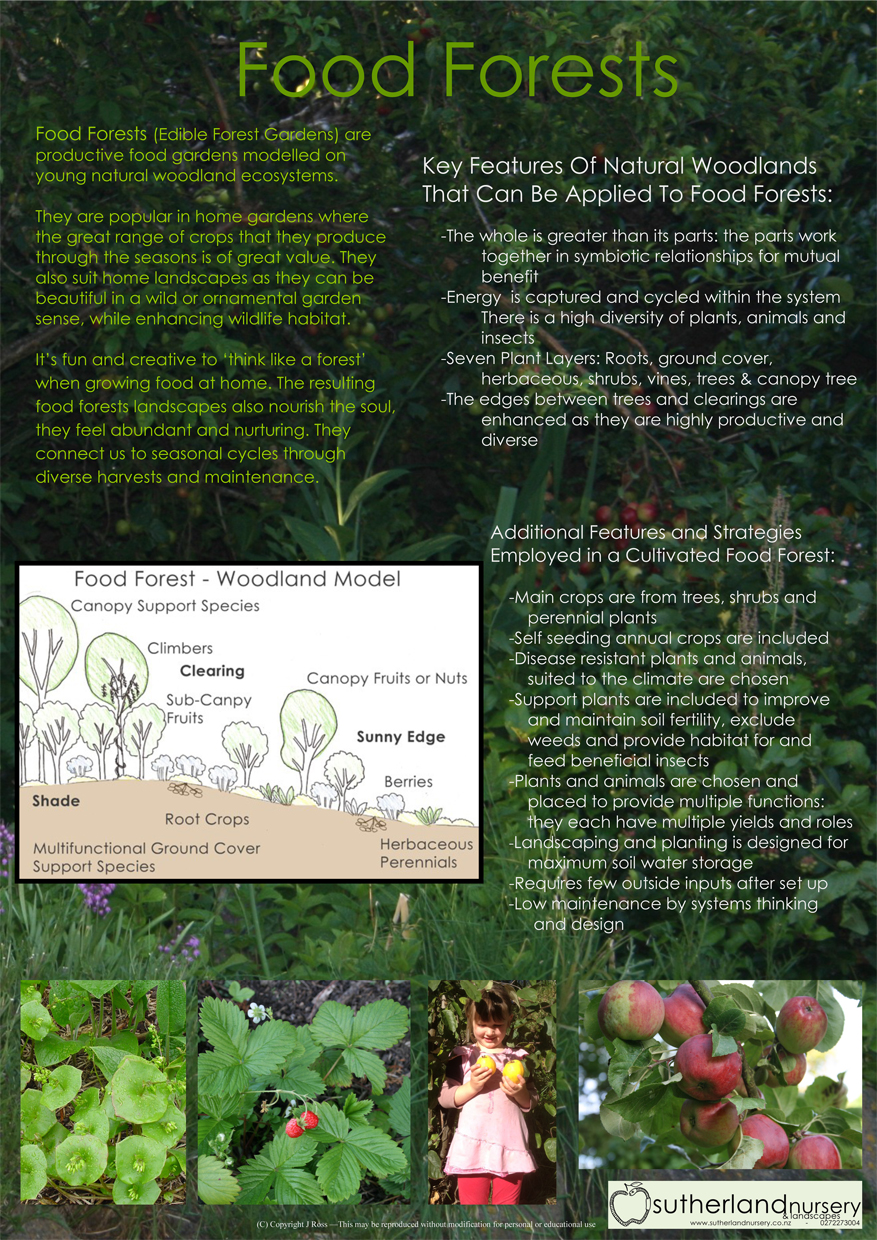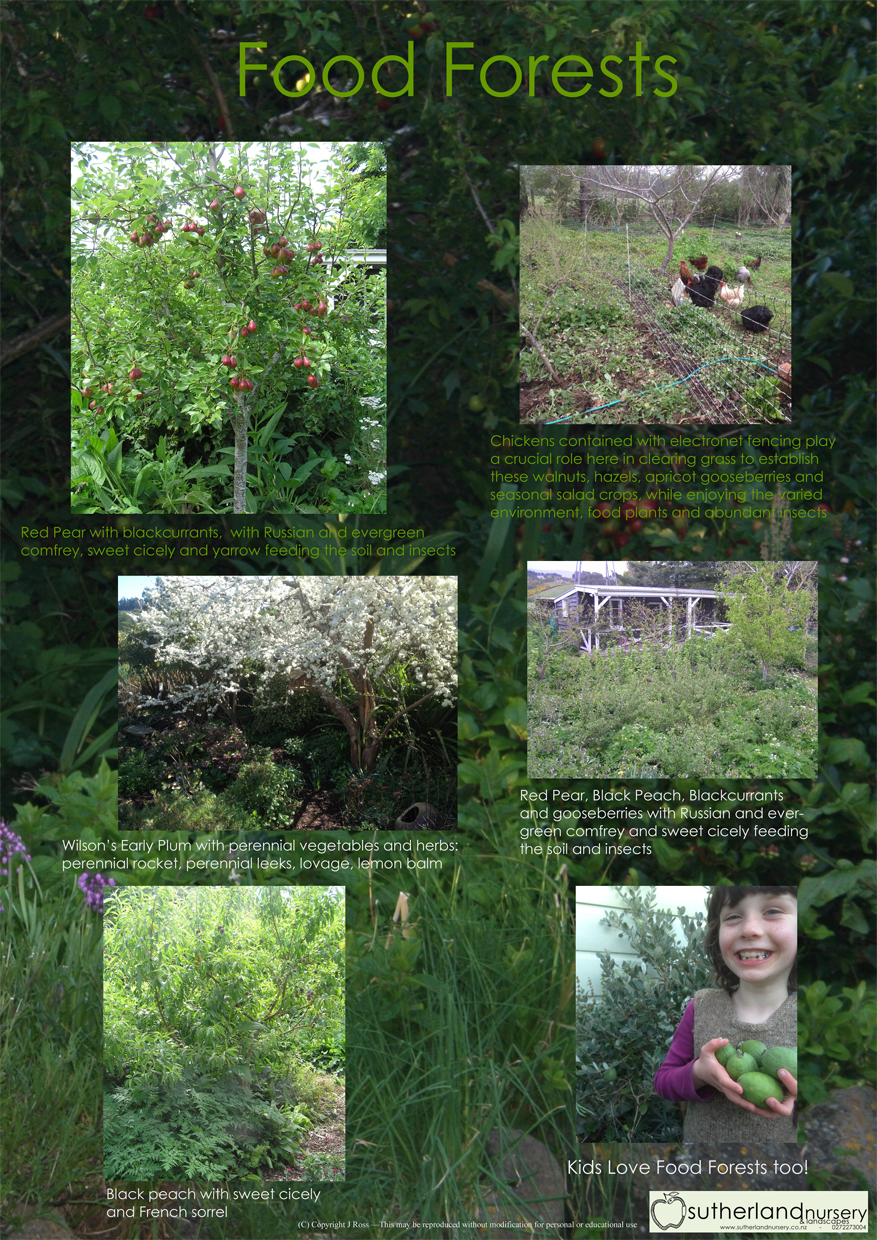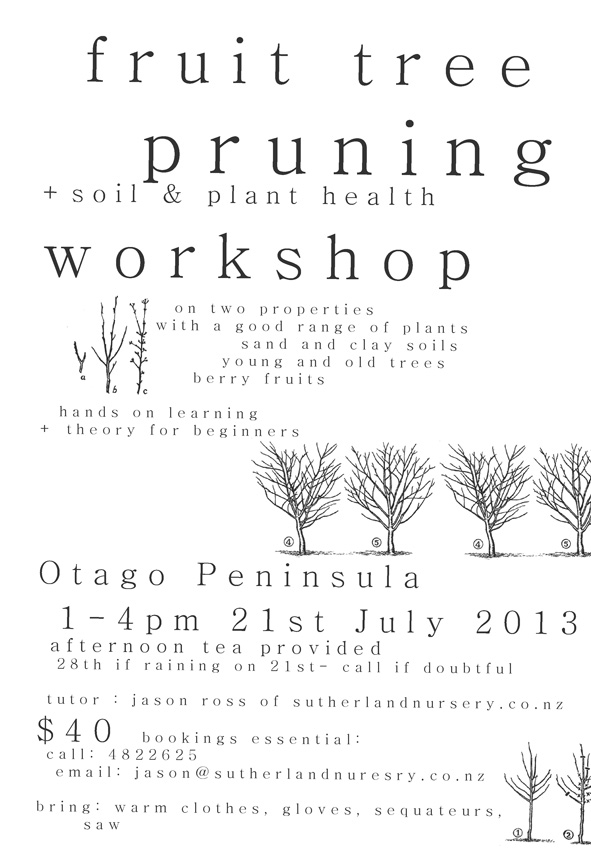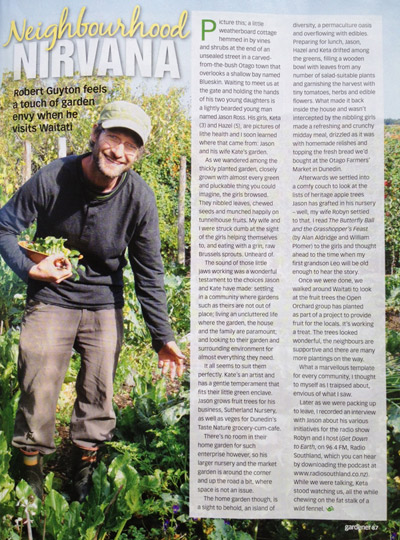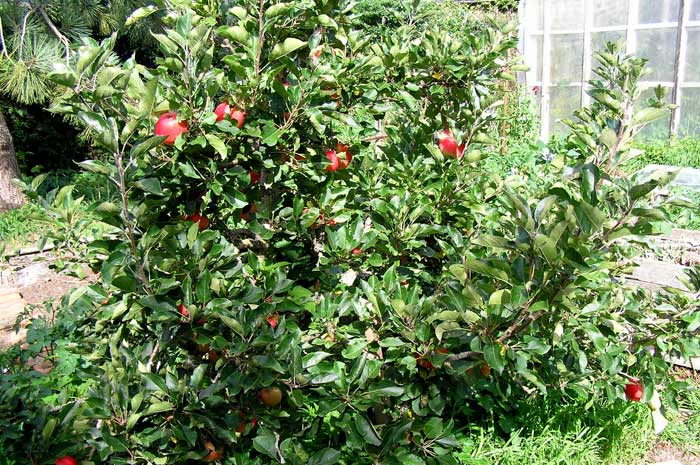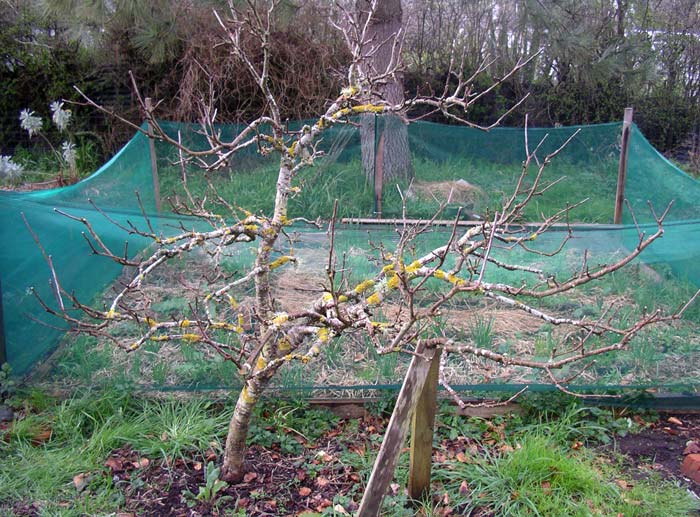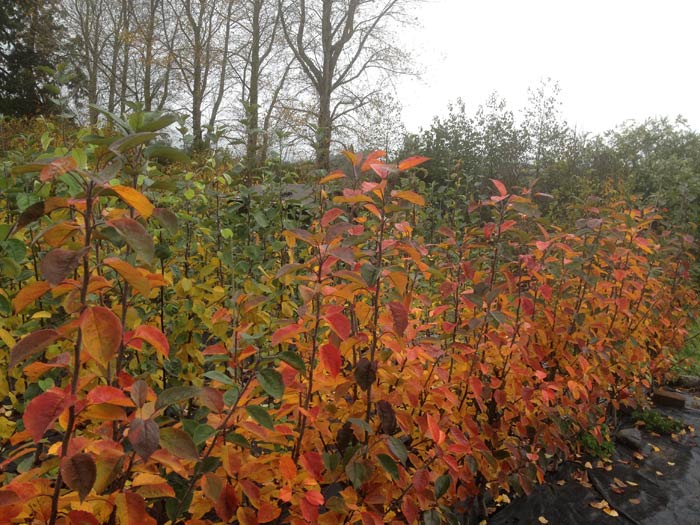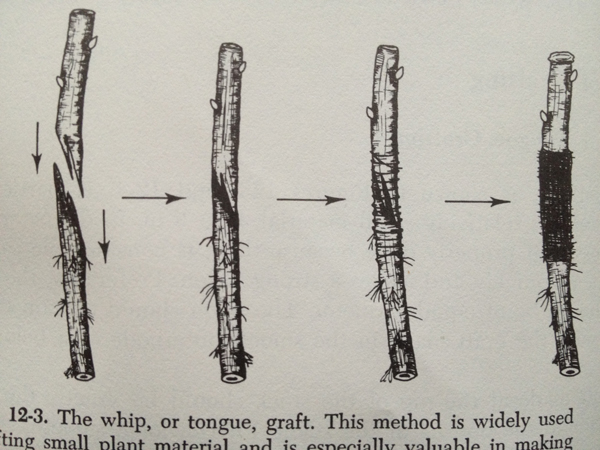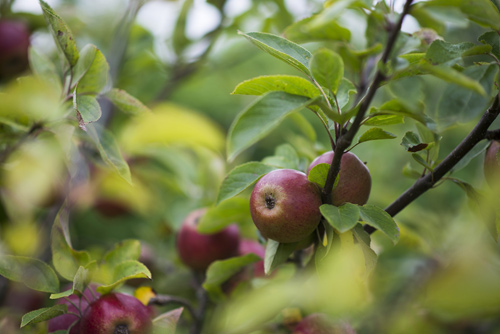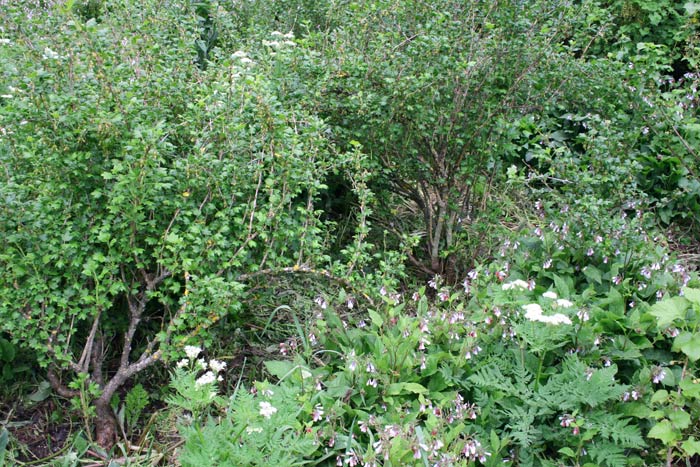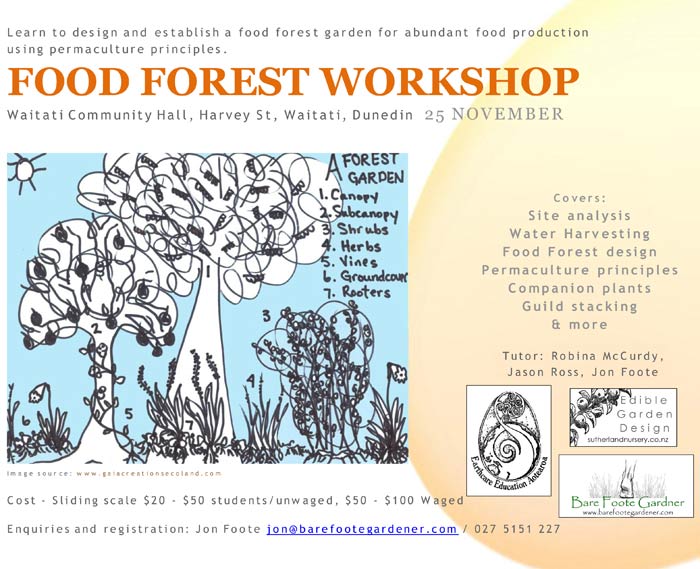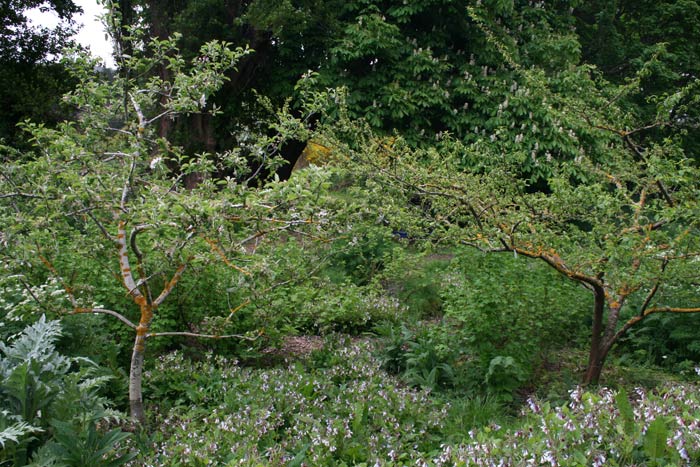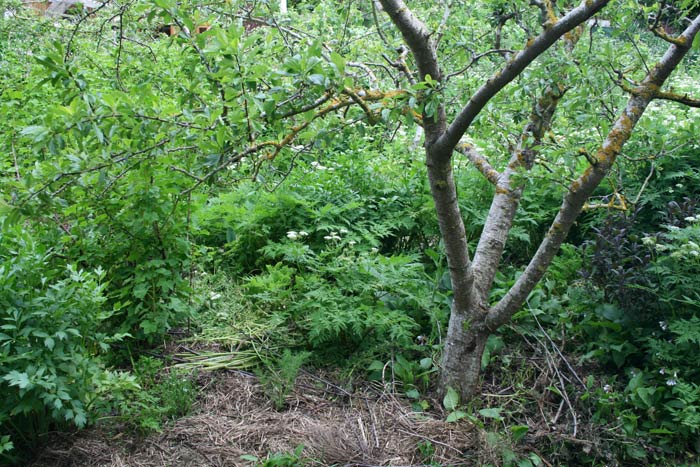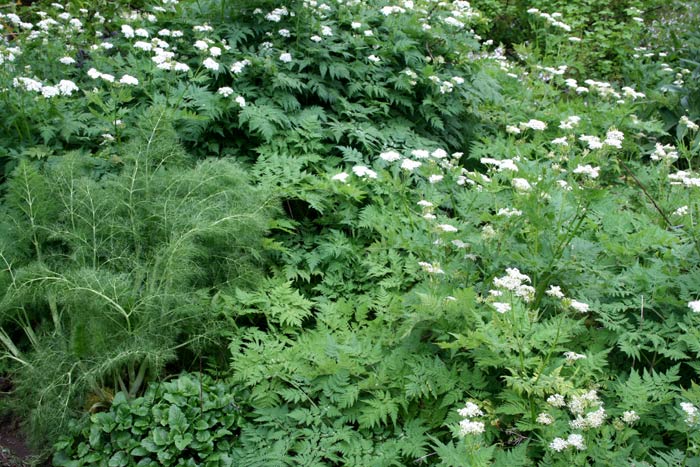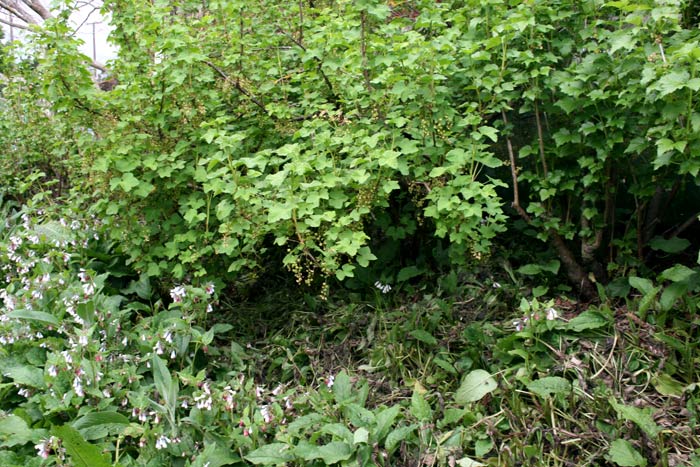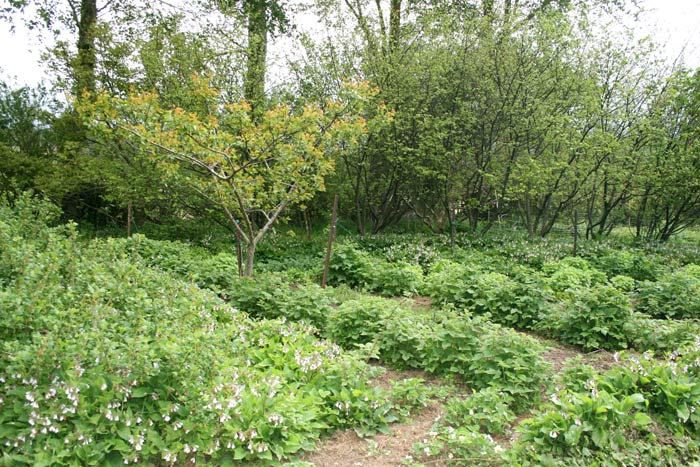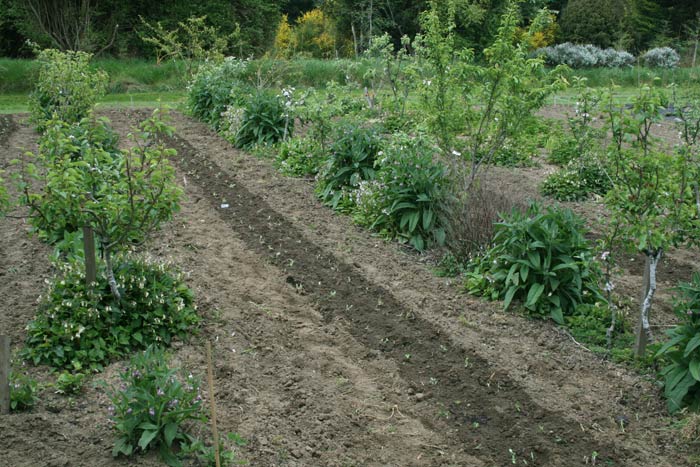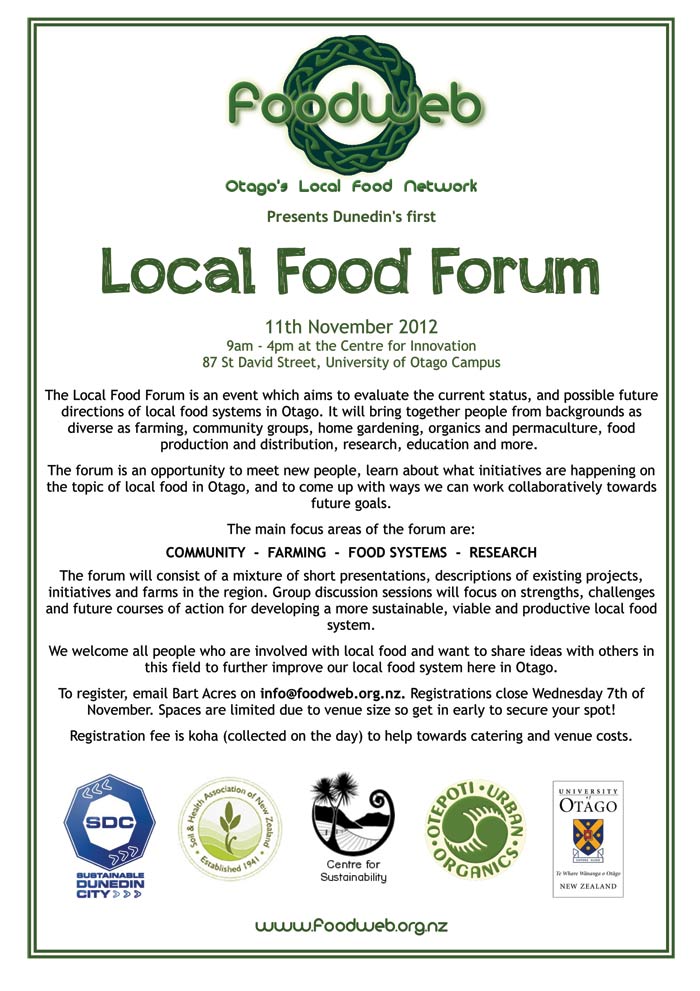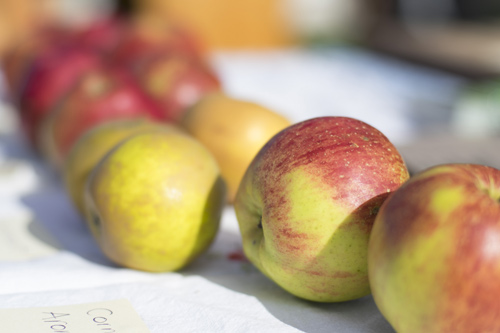See our nursery page / order form for what is available this season
Key
Dessert Fruit is eaten raw, with cheese after dinner if you fancy
Cooker Fruit is eaten cooked
Juicing Fruit makes an exceptional juice
Cider This fruit is known to make a right good cider
Early Early Ripening (February)
Mid Mid Season Ripening (March/April)
Late Late Ripening (April/May)
B, C or D Flowering time group. Different varieties of apple in the same or adjacent groups will pollinate each other
SF Self Fertile. This variety will pollinate itself
PSF Part Self Fertile. This variety will partly pollinate itself, but will produce best with a pollinator nearby
Trip Triploid. This variety will not pollinate other apple trees at all, but requires a pollinator (a SF variety if you are to only have two apples).
ALL images and descriptions are given in good faith. Variation will occur with location.
Apples
ADAM’S PEARMAIN – Dessert – Late – C – Large , conical fruit with a red flush and attractive russet. Flesh is crisp, sugary, nutty and richly flavoured. Tree is medium vigour, spreading and a good cropper. Hardy, recommended for areas with cooler summers. Partial tip bearer. Norfolk, UK, 1826
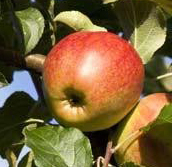
AKANE – Dessert / Cooking – Early – D – Small to medium, flat-rounded, coloured deep red. Juicy, crisp, slightly chewy and sweet/acid with a slight strawberry flavour. Keeps flavour and shape when cooked. The fruit hangs on the tree for weeks allowing a long picking period. Medium vigour tree, good cropper. Healthy, reliable. Japan, 1937
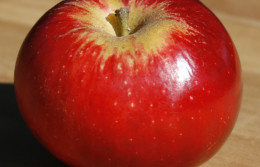
BEAUTY OF BATH – Dessert – Early – C – Small to medium, flat-round. Bright red stripes and flush. Juicy, sweet and fairly sharp, aromatic with a distinctive flavour. Very Early. Vigorous, upright spreading form, crops heavily. Tip bearer. Recommended for areas with cooler summers. Healthy. Bath, Somerset, UK, c1864
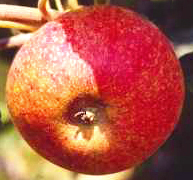
BELLE DE BOSKOOP – Dessert / Cooking, Cider – Early – C – Triploid – Versatile medium-large, gold fruit, flushed orange-red, with a fine russet. Crisp, firm flesh, with a sharp, aromatic flavour. Eaten raw mid season. Cooked early season it makes a thick golden and pink puree, with great flavour. Makes good cider. Stores well. Vigorous, spreading tree, a good cropper. Tolerates high and low rainfall. Healthy & reliable. Named after the small community of Boskoop, Holland, 1856
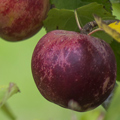
BRAMLEY’S SEEDLING – Cooking – Late – D – Triploid – The classic English cooker. Large, flat-rounded fruit with an irregular ‘blocky’ shape and greenish-yellow skin. Juicy, firm, sharply acidic flavour. Cooks to a puree, retaining its good strong acidic flavour. Keeps well. Very vigorous, spreading form, part tip bearer. Recommended for areas with cooler summers. Nottinghamshire, UK, 1809-1813
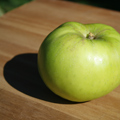
BROWNLEES RUSSET – Dessert / Cooking – Late – C – SF – Medium, short-round-conical, green/brown with a soft ocre russet. Sweet-sharp, aromatic, nutty, intense fruity flavour, juicy, crisp, firm. Great eating despite its dull looks. Keeps well. Medium vigour, upright. Recommended for areas with cooler summers. Tolerates high rainfall, hardy, healthy. Hertfordshire, UK, c1848
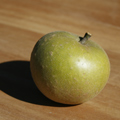
CHARLES ROSS – Dessert / Cooking, Juice, Cider – Early – C – PSF – Medium to large, conical fruit flushed orange/red with bright red stripes. Juicy, firm, sweet flesh with a good aromatic flavour. Keeps shape when cooked, juice/cider is medium sharp. Moderately vigorous, upright spreading stocky branches, good cropper. Recommended for areas with cooler summers. Tolerates high rainfall. Berkshire, UK, c1890
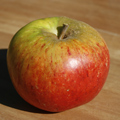
CORNISH AROMATIC – Dessert – Late – D – Medium-large, conical, ribbed and very distinctly five crowned. Bright red flushed with darker red stripes. Some Russet. White firm flesh. Has a fine sweet-sharp aromatic, good, nutty, almost spicy flavour. Tree is vigorous, hardy and prefers warm, wet climate (think Cornwell! Therefore suits coastal climes). A very healthy tree resistant to black spot and canker. Cornwall, first described by Sir Christopher Hawkins in 1813
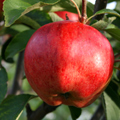
CRAB APPLE – Cooking – Late – Intense colour and good sharp flavours from this small deep red crab apple. Abundant fruit on a healthy tree with red leaves and stems.
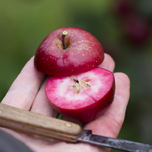
DISCOVERY – Dessert – Early – C – Medium, flat-round fruit, flushed bright blood red. Firm flesh, crisp, stained pink, fairly sweet, juicy and good flavoured with a strawberry hint. Very Early. Keeps well for an early apple. Medium vigour, crops well from an early age. Tends to tip bearing and requires little pruning. Blossoms frost tolerant. Recommended for areas with cooler summers. Tolerates low rainfall areas. Healthy and reliable. Langham, Essex, UK, Raised circa 1949 by Mr Dummer
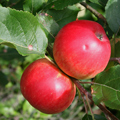
EGREMONT RUSSET – Dessert / Juice – Early – B – PSF – The classic russet. You haven’t tried a russet? They are deliciously unlike a modern apple! Medium, flat-round, gold, slight orange flush with an ochre russet. Firm, crisp, sweet flesh with a very good nutty aromatic flavour. Makes good rich juice. Moderately vigorous, upright, compact, precocious, reliable, good cropper, suited to pot culture, blossom is frost tolerant. Recommended for areas with cooler summers. Possibly Sussex, UK, first recorded it in 1872
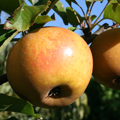
EPICURE – Dessert – Early – C – PSF – Small, round-conical, dark orange-red flush, thick red stripes. Juicy, crisp, slightly aromatic, delicate, excellent refreshing flavour. Hardy tree, precocious, spur bearer, heavy cropper, blossoms frost tolerant. Recommended for areas with cooler summers. Laxton Bros., Bedford, UK, in 1909
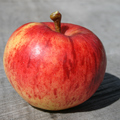
FORTUNE – Dessert – Early – C – PSF – Medium, round-conical, striped and flushed red, russet netting. Firm flesh, sweet, juicy, slightly aromatic and rich when fully ripe. Juice is medium sharp. Moderately vigorous tree, hardy, precocious, good cropper, part tip bearer, blossom frost tolerant. Recommended for areas with cooler summers. Healthy. Laxton Bros., Bedford, UK in 1904
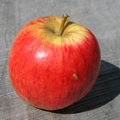
GRENADIER – Cooking, Juice, Cider – Early – C – PSF – Large, round-conical, ribbed, greenish-yellow fruit. Firm, fine textured, crisp and sharp. Fluffy when cooked, with an excellent sharp flavour. Very early. Medium vigour, compact, hardy tree. Heavy cropping, tip bearer. Recommended for areas with cooler summers. Tolerates a wet soil and climate. Healthy. Slough, UK, c1862
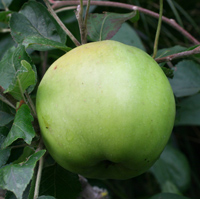
HETLINA – Dessert – Mid – Medium sized, attractively coloured fruit with a bright red blush. Flesh is refreshing, crisp and firm. Reputed to contain high levels of riboflavins and other health-promoting vitamins. Healthy tree with an upright habit. Originated in Czechoslovakia

IRISH PEACH – Dessert – Early – B – Medium, yellow fruit flushed with red. Juicy, crisp, sweet-sharp with an excellent aromatic flavour. Vigorous, good very early cropper. Recommended for areas with cooler summers. Sligo, Ireland, c1819
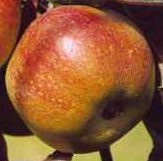
KIDD’S ORANGE – Dessert – Late – D – Medium sized conical fruit. Yellow/gold, flushed deep crimson with dark stripes. Variable russet. Juicy and crisp, with a sweet-sharp, rich, aromatic flavour. Stores well. Medium vigour tree with an upright, compact shape. Spurs freely, good reliable cropper. Recommended for areas with cooler summers. Dislikes wet areas. Healthy tree. New Zealand, 1924 bred by James Hatton Kidd
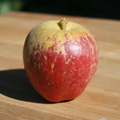
LADY SUDELEY – Dessert – Mid – D – PSF – Medium-large, round-conical fruit, striped bold red. Flesh is cream-yellow, quite sweet, juicy, firm, with a good aromatic flavour. Moderately vigorous tree, a, good cropper, spurs freely, part tip bearer, suited to pot culture. Blossom is frost tolerant, recommended for areas with cooler summers. Kent, UK, 1849
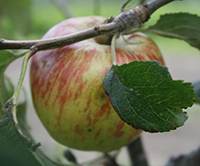
LAWFAM – Dessert – Mid – C – Medium to large, round-conical, with very dark scarlet-maroon skin. Firm white flesh, crisp, sweet, melting with a strawberry / vinous (grape like) hint. Vigorous, spreading, heavy cropper. Canada (ott), 1898
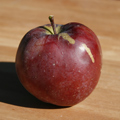
LIBERTY – Dessert – Late – C – Medium, round to conical fruit, flushed and striped bright red. Juicy & crisp with a good sweet-sharp flavour. Vigorous and spreading, fruits young and is a good, regular, reliable cropper. Healthy, tolerates high rainfall. New York, USA, 1974
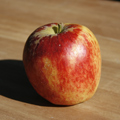
MERTON RUSSET – Dessert / Juice – Late – C – Medium sized, conical, golden fruit with a fine cinnamon russet. Flesh is firm and sweet/sharp with a unique spicy, lemon / pineapple flavour. Very Late. Stores well. Vigorous, heavy cropper. Raised 1921 by John Innes, Hort Institute
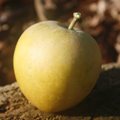
PEASGOOD’s NONSUCH – Dessert / Cooking – Mid – C – PSF – Very large, round fruit. Yellow with broad broken red stripes. Eaten raw is sweet-sharp, juicy and aromatic. Cooks beautifully to a delicate, fluffy puree texture with a good sweet-sharp flavour. A medium vigor, very hardy tree that spurs freely. A reliable, good cropper. Originally grown by the young Mrs Peasgood at Grantham, Lincolnshire, UK, from seed sown in about 1858
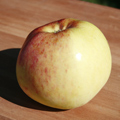
PRIMA – Dessert / Drying – Mid to Late – C – Medium sized, round, yellow with a bright red blush and faint stripe. Fine grained yellow flesh, crisp and juicy with a rich fruity flavour. Vigorous tree, good cropper. USA, 1957
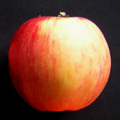
REINETTE DU CANADA – Cooking – Late – D – Triploid – Medium to large, round-conical, yellow/gold fruit with a slight orange flush and russet netting. Pale cream, firm flesh. Cooks to a stiff puree that is sweet and rich. Keeps well, high vitamin C. Vigorous, good cropper. France
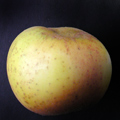
RIBSTON PIPPIN – Dessert / Cooking – Late – C – Triploid – Medium sized, round-conical golden fruit, striped red. Flesh is pale yellow, firm and juicy, with an aromatic, intense, rich, flavour. Very high vitamin C content, keeps well. Medium vigour tree, precocious, good cropper. Recommended for areas with cooler summers. Yorkes, UK
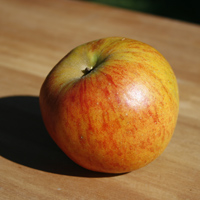
SPARTAN – Dessert – Late – D – SF – Medium sized, round-conical fruit, smooth skinned, flushed deep maroon red. Flesh is a contrasting pure white, crisp and very juicy with a sweet-sharp, aromatic strawberry/melon/vinous (grape like) flavour. Hardy, vigorous tree that spurs freely, blossom is frost tolerant. Recommended for areas with cooler summers. British Columbia, Canada. 1926
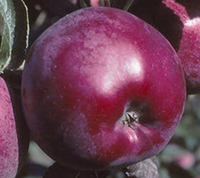
SUNSET – Dessert – Mid – SF – Small-medium sized round fruit, golden, flushed orange and striped red with russet patches. Firm, crisp, fine textured, moderately juicy and sweet-sharp flesh with a good intense aromatic flavour. Medium vigour tree, compact, suited to pot growing. Spurs freely. Regular heavy crops. Blossom tolerant of frost. Recommended for areas with cooler summers. Prefers a dry cool climate. Kent, UK, c1918

TYDEMAN’S LATE ORANGE – Dessert – Late – D – Medium sized, round-conical fruit. Golden, with an orange-red flush, striped red with russet netting. Firm, crisp, fairly juicy flesh, sweet, with a good, rich, sub-acid, aromatic flavour. Keeps well. Vigorous, slender branches, spurs freely, good cropper. Blossom is frost resistant. Recommended for areas with cooler summers. Prefers a dry climate. Healthy. East Malling Research Station, Kent, UK, 1930
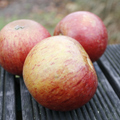
Apricot
MOORPARK – Dessert / Cooking / Bottling – Early – SF – Delicious richly flavoured apricot. Healthy tree, suited to hot dry conditions. The best apricot for coastal climates.
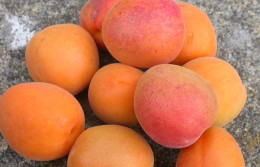
Peach
BLACK BOY – Dessert / Cooking – Late – SF – Medium sized, port wine skinned fruit. Flesh is mottled white and red, delicious raw, stewed or bottled. Resistant to leaf curl – the best peach for coastal areas.

Pears
BEURRE HARDY ($40)- Dessert – Mid – D – Triploid- Medium to large fruit, yellow skin with a fine cinnamon russet. Smooth, melting, buttery and very juicy flesh. Rich aromatic flavour. Vigorous, healthy tree, quite hardy. Regular heavy crops in a warm location. France, 1820
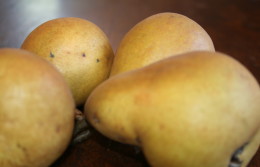
CONFERENCE – Dessert / Cooking – C – Medium to large long necked fruit, green with russets spots. Sweet, very juicy flesh, smooth, pleasant flavour. Can be eaten from crunchy to soft, giving it a long season. Cooks and bottles beautifully. Moderately vigorous, spurs freely, hardy, regular, reliable crops. Recommended for areas with cooler summers. Berkenshire, UK, introduced 1894

JARGONELLE- Early
LOUIS BON OF JERSERY – Mid
STARKRIMSON – Dessert / Cooking – D – Medium sized fruit with wine red skin Flesh is white, firm, fine grained, crisp, sweet and very juicy with a slightly sub-acid flavour. Great for canning. Vigorous, upright, hardy, very good cropper. Missouri, USA, c1950

WILLIAM’S BON CHRETIEN (BARTLETT)- Dessert / Cooking – Early – D – SF – Medium-large, golden-yellow fruit with red streaks on sunny side. Very smooth flesh, juicy, sweet and sub-acid. It has a good, strong flavour. Great eaten raw, and the worlds most popular bottling pear. Moderately vigorous, fairly hardy, good crops. UK renamed Bartlett in USA

Plums
ANGELINA BURDETT- Dessert – Early – SF Pollinator: Greengage – Medium sized, blue – black, flesh greenish – yellow, very juicy, good flavour, hangs well on tree. Greengage type.
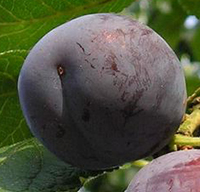
BILLINGTON’S – Dessert / Cooking – Early – Pollinators: Santa Rosa, Wilsons Early SF – Small, dark red skin, light red firm flesh, good flavour, good cooker, clingstone. Reliable cropper.
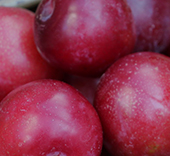
BURBANK
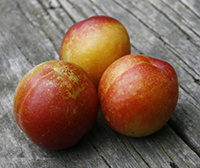
GREENGAGE
SANTA ROSA
SATSUMA
STANLEY PRUNE – Dessert / Drying – Early – SF – Medium sized, dark blue, freestone fruit, oval in shape, flesh is yellow, juicy, sweet and very good quality. Vigorous tree, late flowering, hardy, reliable and a good cropper
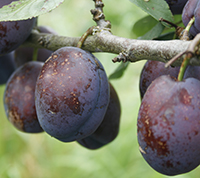
WILSON’S EARLY – Dessert / Cooking – Early – Pollinators: Billington’s, Santa Rosa – Small fruit (bigger if thinned), bright red, flesh yellow, juicy, tart, clingstone. Medium vigour tree. Very early, very reliable. (Japanese type)
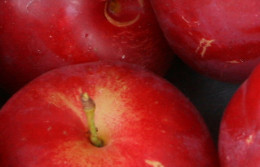
Quince
Quince ‘Orokonui’- A fantastic quince variety found in Waitati. Medium size fruit, healthy tree.
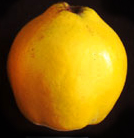
Elderberry Tree
Make your own Elderflower Champayne, Cordial, Elderberry wine, syrup. Many other medicinal uses. A hardy multifunctional tree.
Grape
Albany Surprise
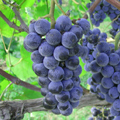
Blackcurrant
Blackcurrant ‘Kimberly’
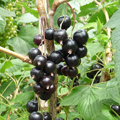
Blackcurrant ‘Goliath’

Gooseberry
Invicta – Large Green, mildew resistant
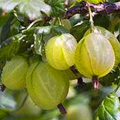
Pax – Red, nearly thornless
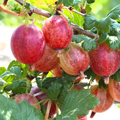
Herbaceous Companion Plants
DWARF COMFREY – Symphytum ibericum
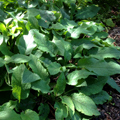
RUSSIAN COMFREY – Symphytum x uplandicum
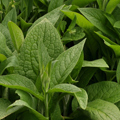
Rootstock
15-20mm diameter x 100-1500mm high
Ready for your spring grafting
Apple – Vigorous M793
Apple – Medium M106
Apple – Dwarf M26
Pear – BA29 Quince (requires an interstock, Purchase Beurre Hardy to graft incompatable varieties onto)
Golden Queen Rootsock – For grafting: Apricots, Peaches & Plums N/A 2017
Informational Resources
VEGETABLE PLANTING CHART FOR COASTAL OTAGO / SOUTHLAND An easy to read wall chart showing which months vegetables can be sown direct, into trays or planted as seedlings. Succession planting and much more information… Put it on your fridge or in the potting shed for quick reference. The visual chart format helps with planning your yearly vegetable planting. A3 – Printed on robust recycled card
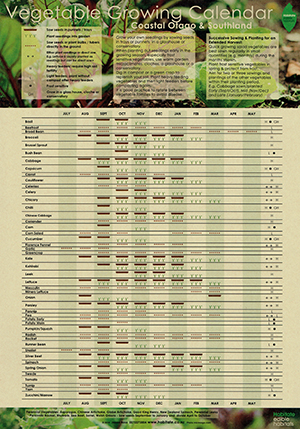
EDIBLE & USEFUL TREES AND SHRUBS FOR THE DUNEDIN AREA – “A fine selection of multifunctional plants suited to organic and permaculture plantings in town and countryside.” Extensive tables of trees and shrubs give information on botanical name, size, multiple uses and preferred conditions. This is great starting point for further research into useful plants for coastal climates in the South of the South Island. Plant lists are provided for: Fruit, Nuts, Vegetable Uses, Edible Flowers, Animal forage, Chicken Forage, Bee Forage, Timber, Coppice, Dye, Shelter, and Nitrogen Fixing. 32 page booklet, by J. Ross, 2002.
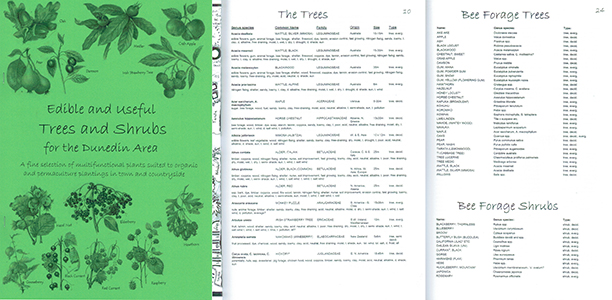
Save
Save
Save
Save
Save
Save
Save
Save
Save
Save
Save
Save
Save
Save
Save
Save
Save
Save
Save
Save
Save
Save
Save
Save
Save
Save
Save
Save
Save
Save
Save
Save
Save
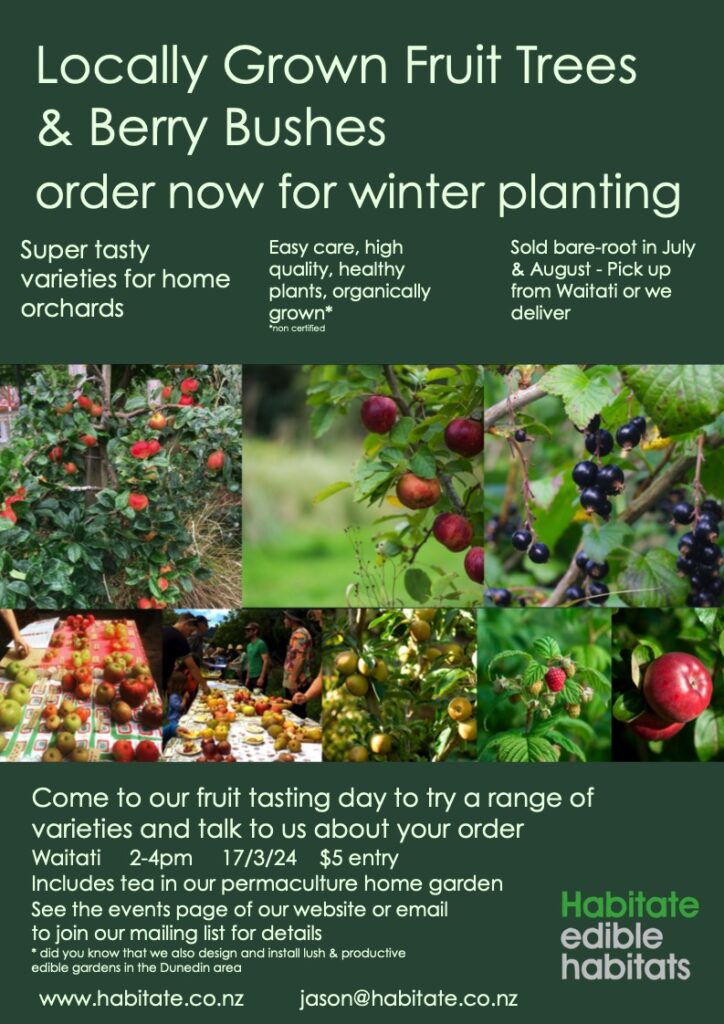
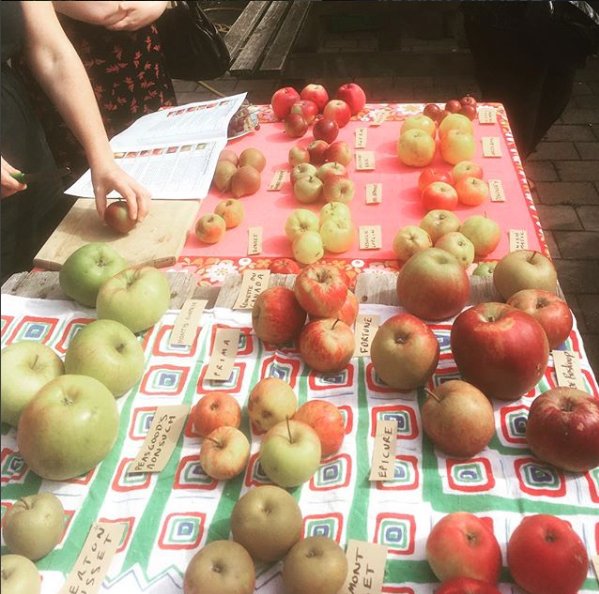
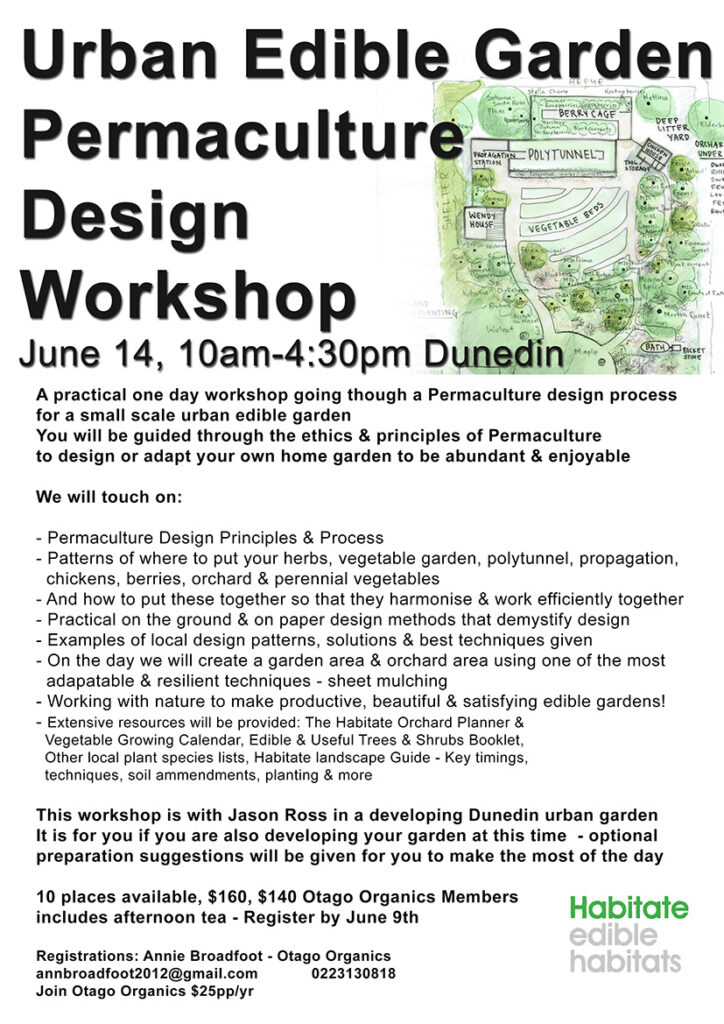
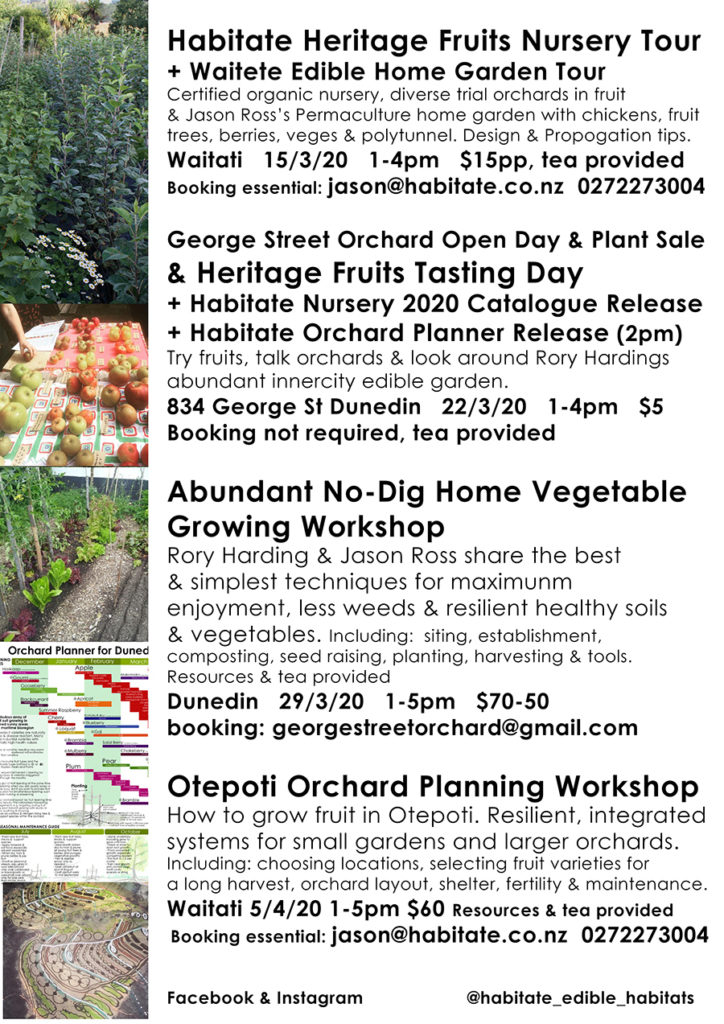
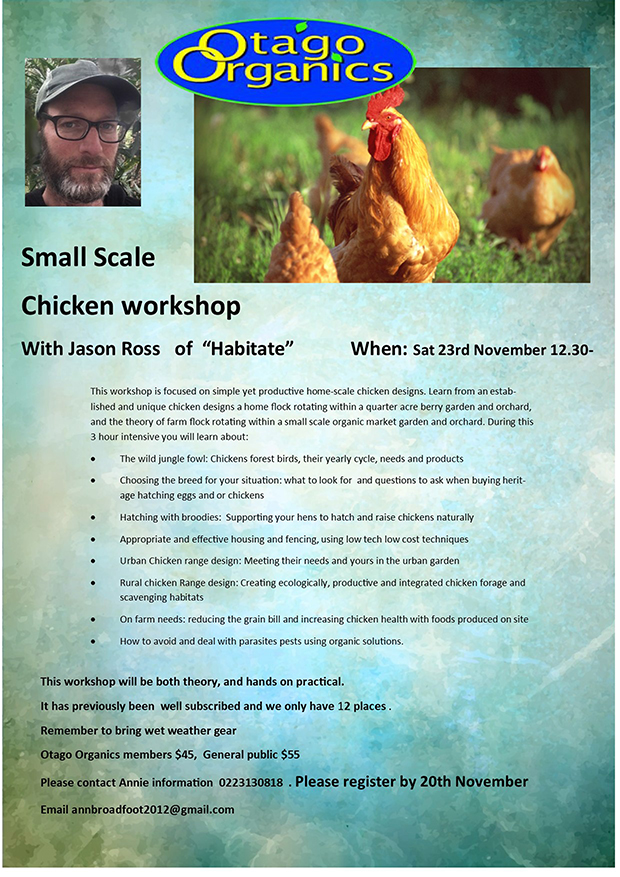
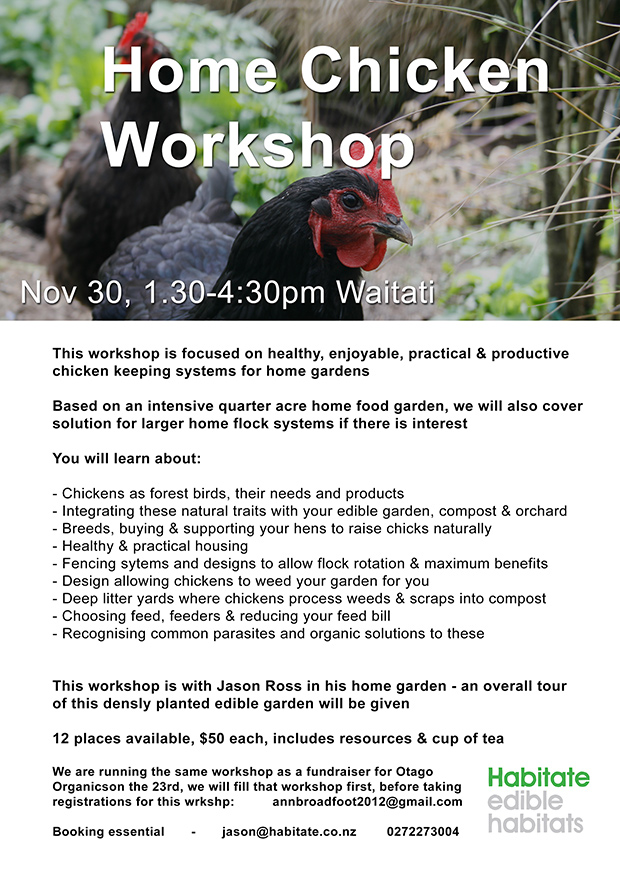
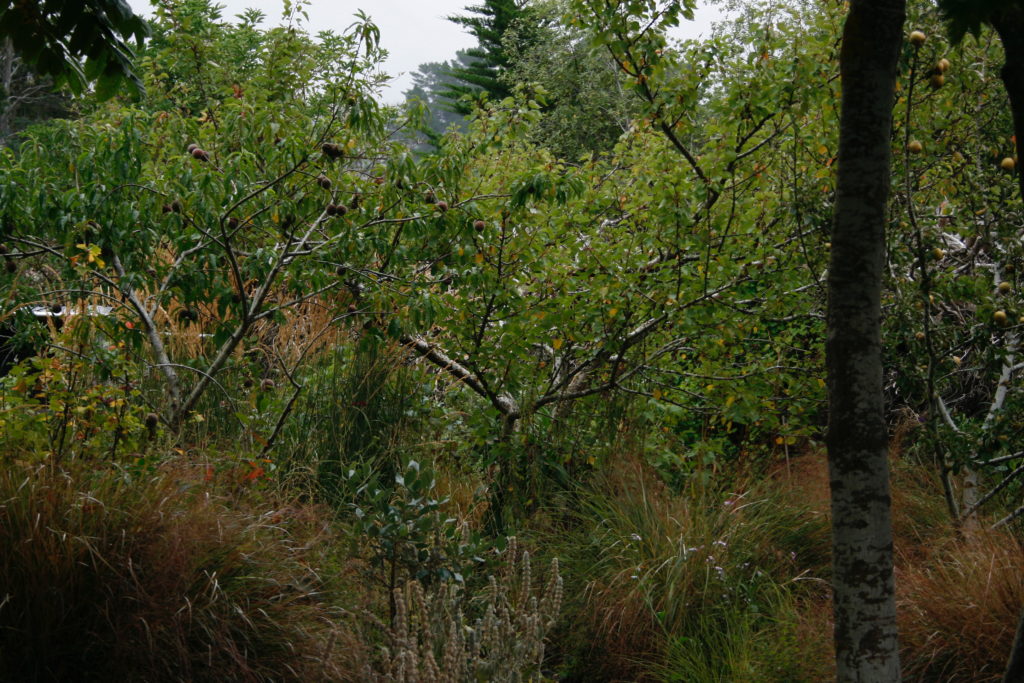
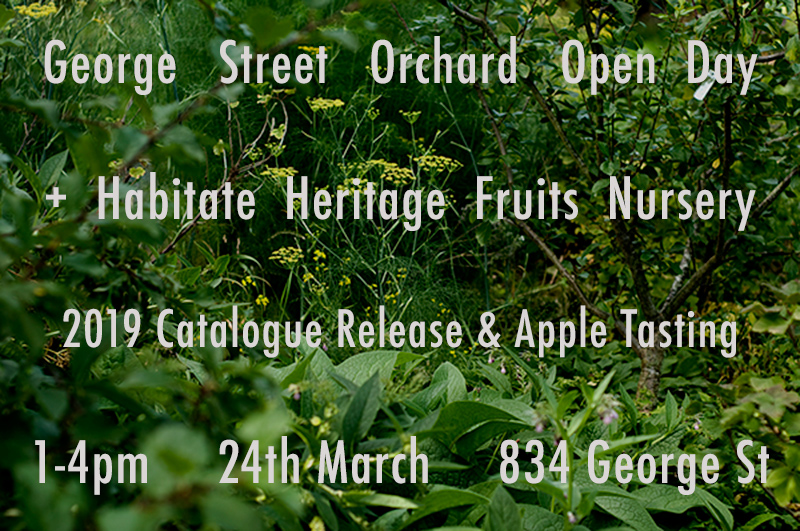 This year we stoked to be releasing our 2019 Fruits Nursery Catalogue and holding our Apple Tasting at the Open Day of George Street Orchard, Rory’s abundant & diverse innercity fruit garden.
This year we stoked to be releasing our 2019 Fruits Nursery Catalogue and holding our Apple Tasting at the Open Day of George Street Orchard, Rory’s abundant & diverse innercity fruit garden.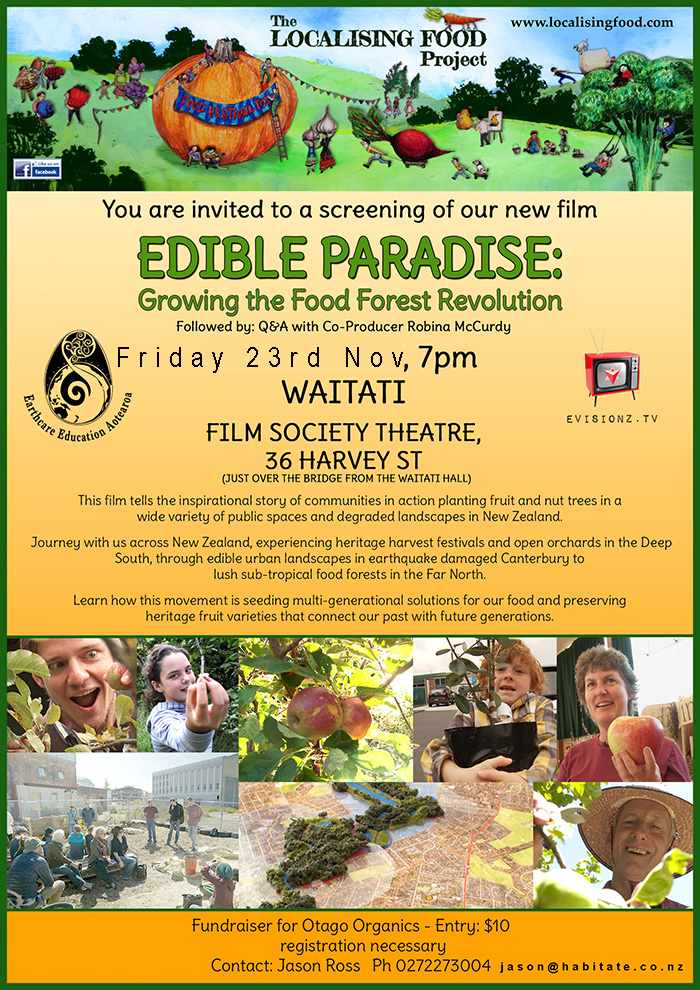
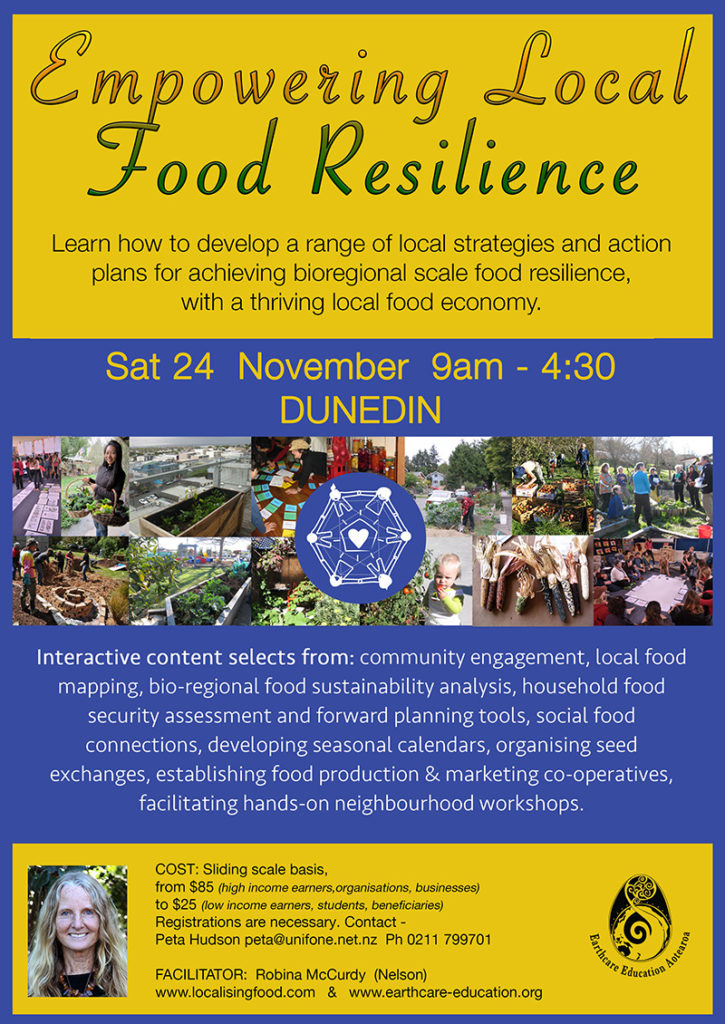
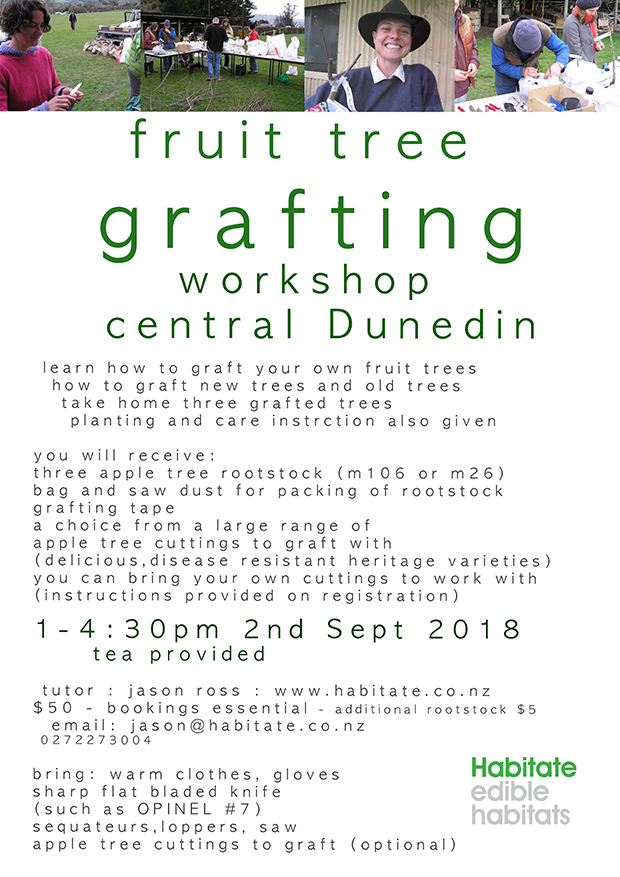 fruit tree grafting workshop central Dunedin
fruit tree grafting workshop central Dunedin I was contacted by Debby Luquette, a Master Gardener with the Pennsylvania Extension Service in the USA, for permission to use my photos for the introductory talk on edible forest gardens reproduced below (Click the link for slides).
I was contacted by Debby Luquette, a Master Gardener with the Pennsylvania Extension Service in the USA, for permission to use my photos for the introductory talk on edible forest gardens reproduced below (Click the link for slides).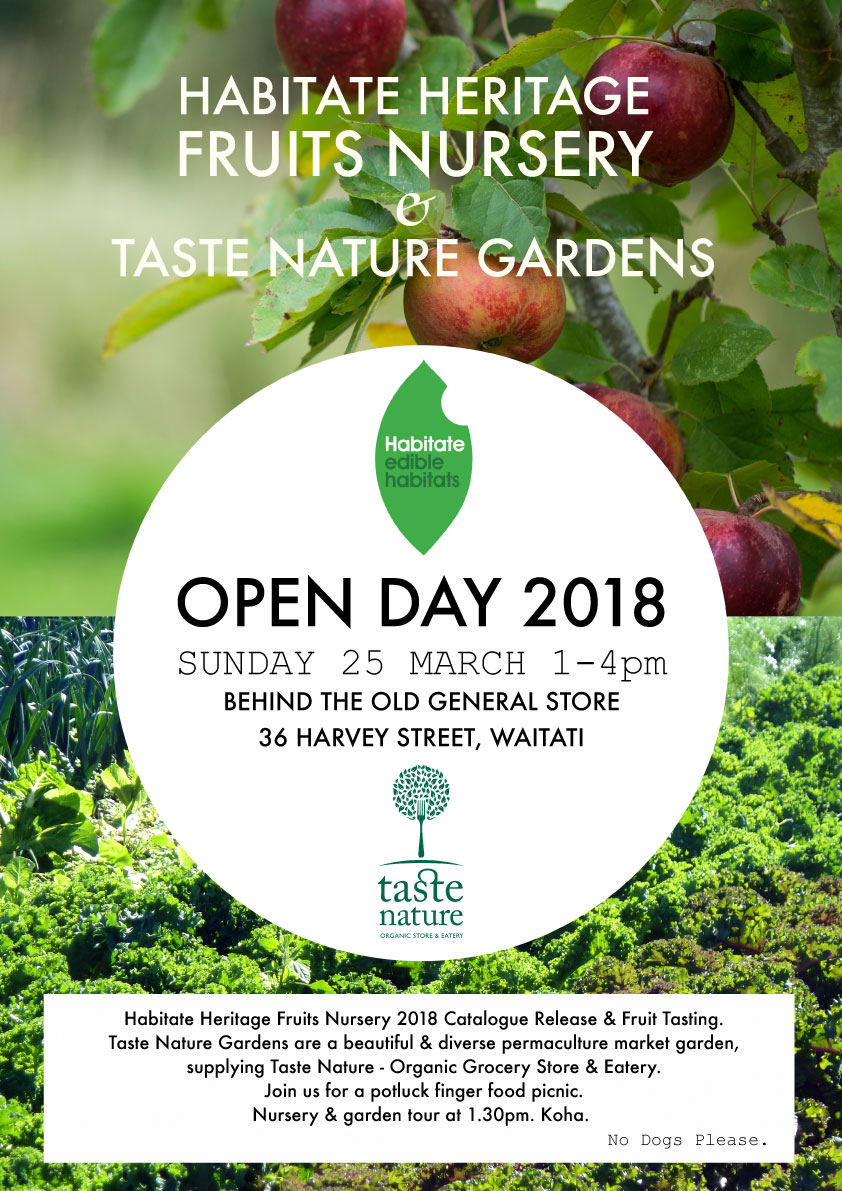
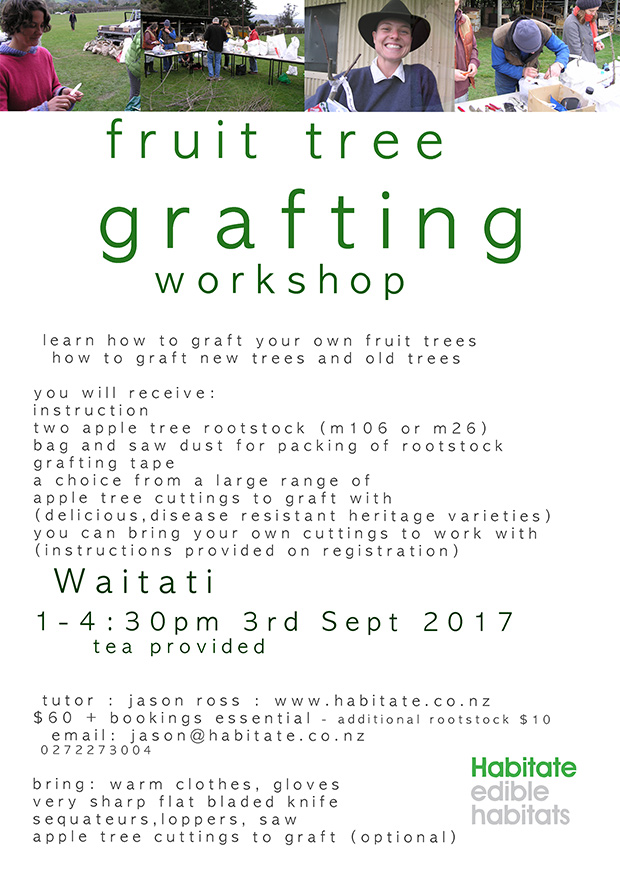
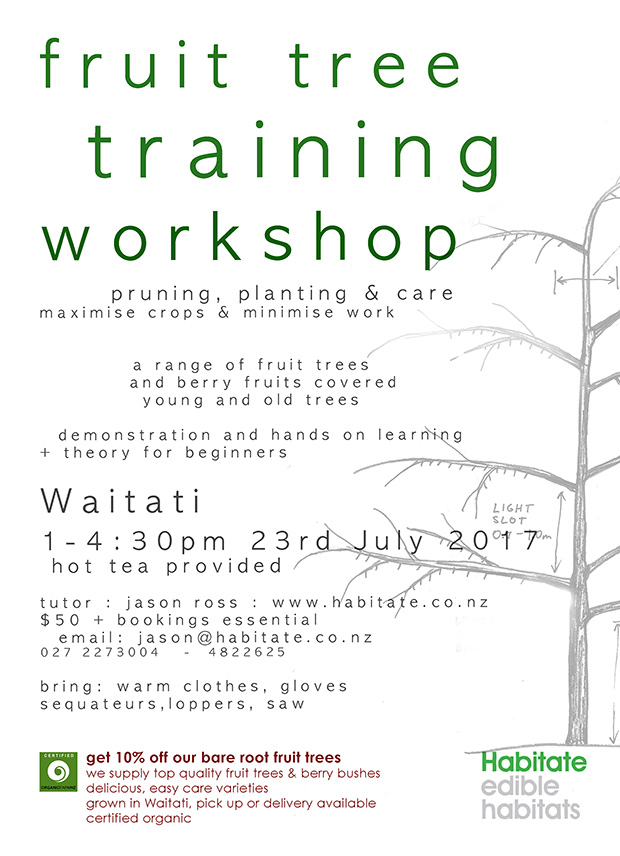
















































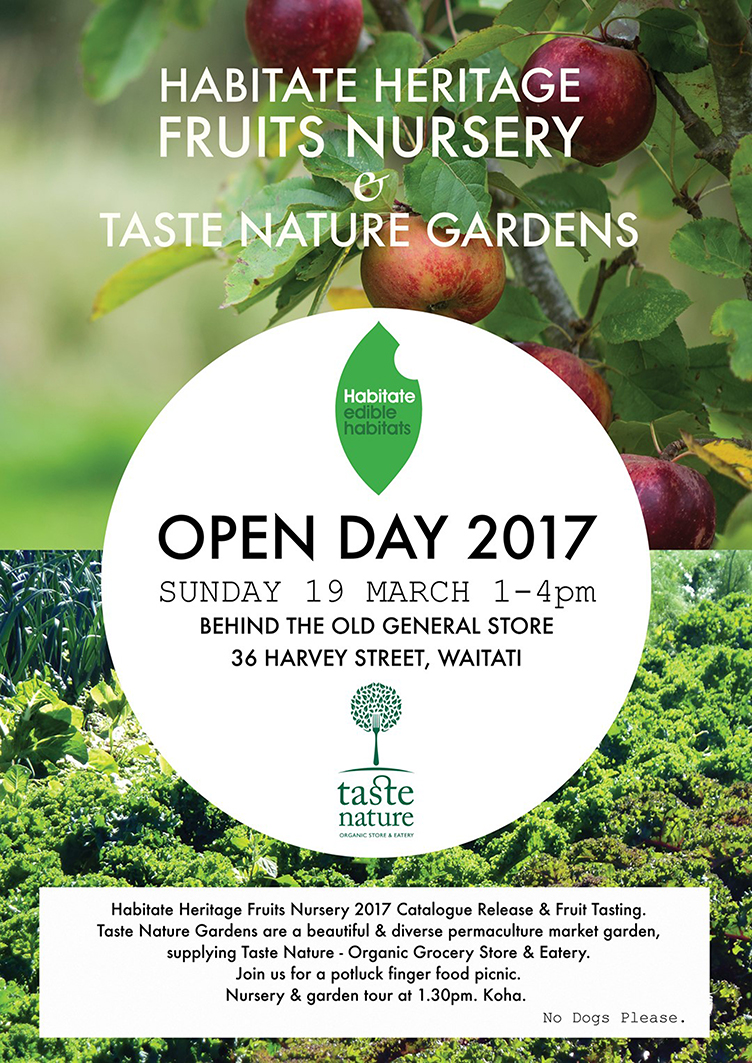
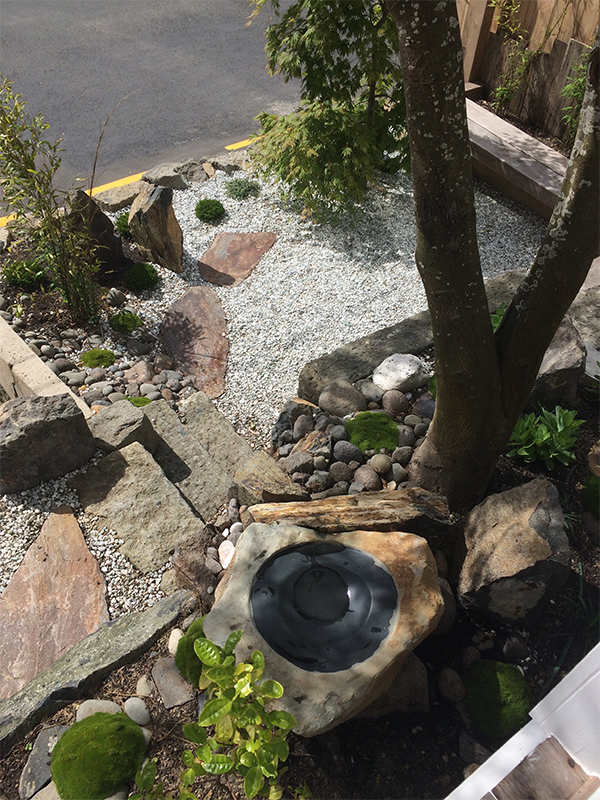
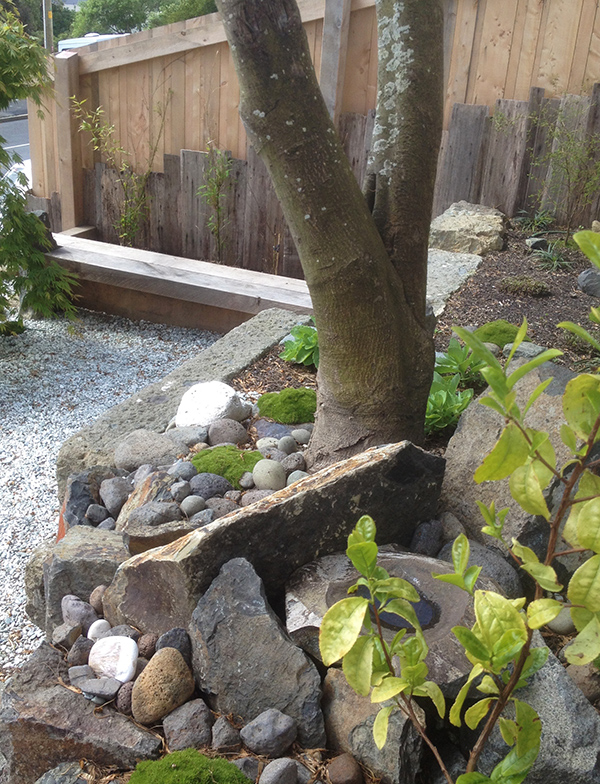
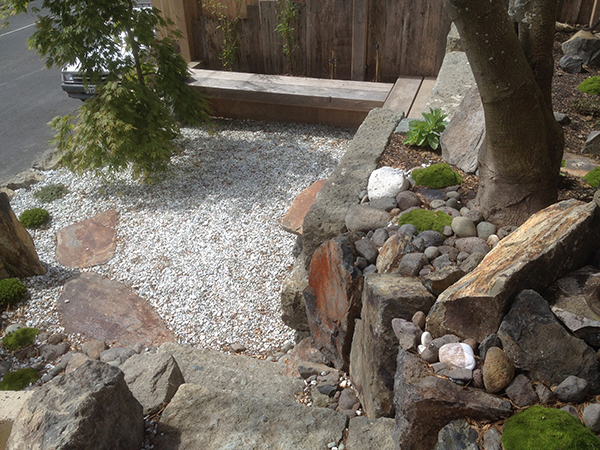
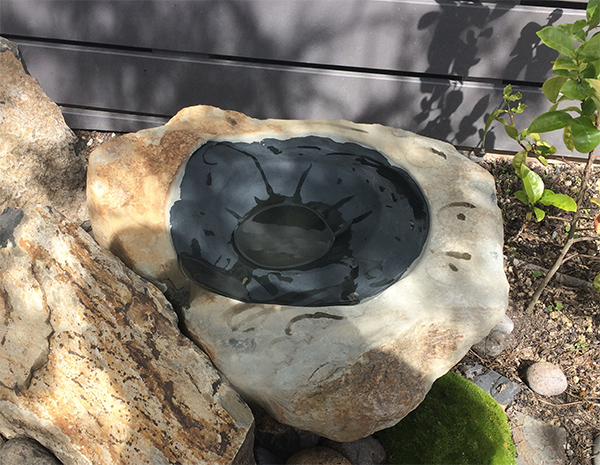
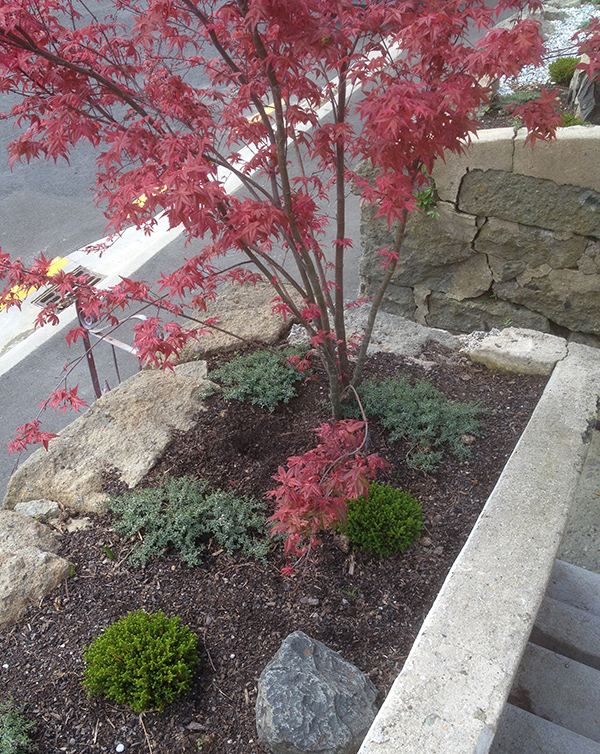
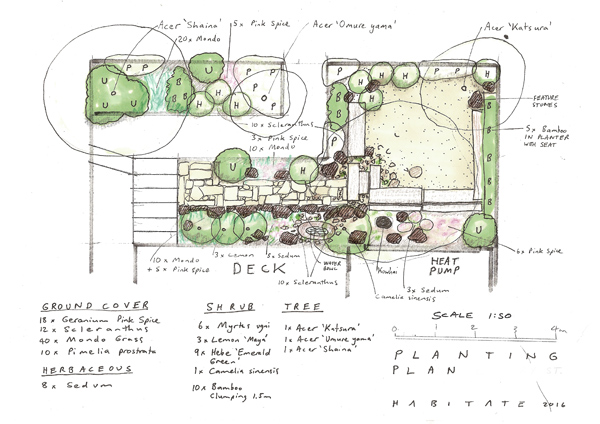
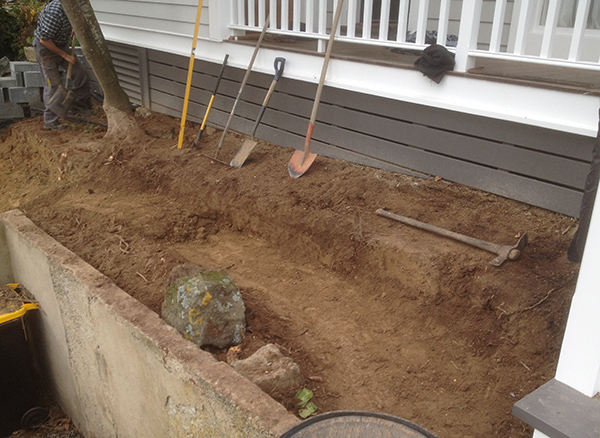
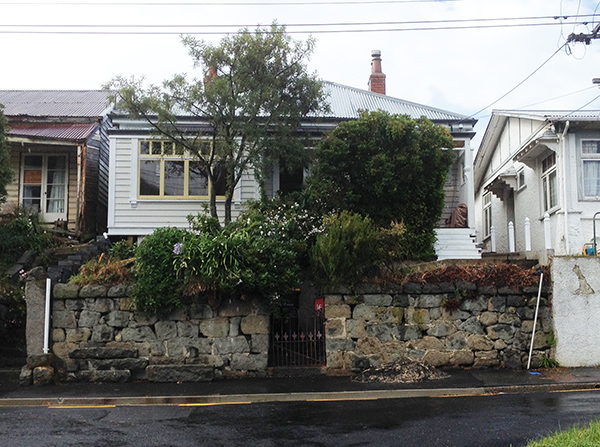
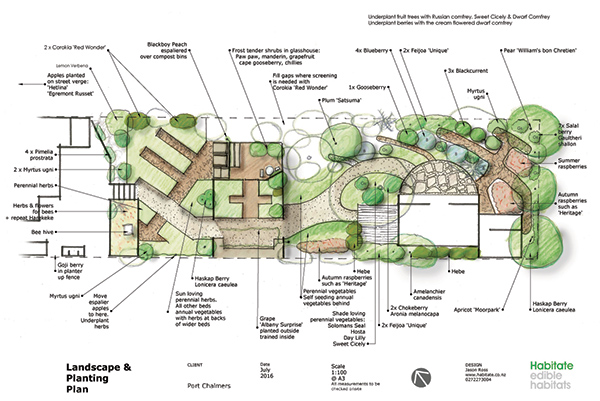
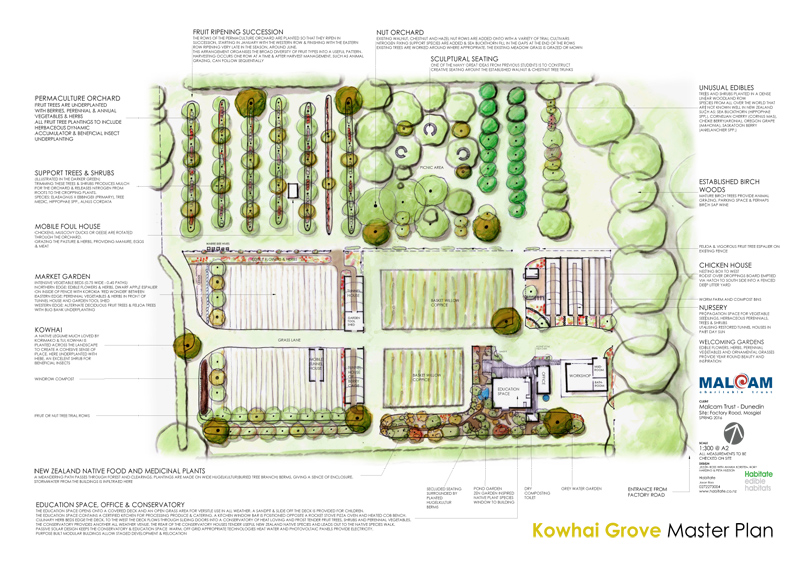
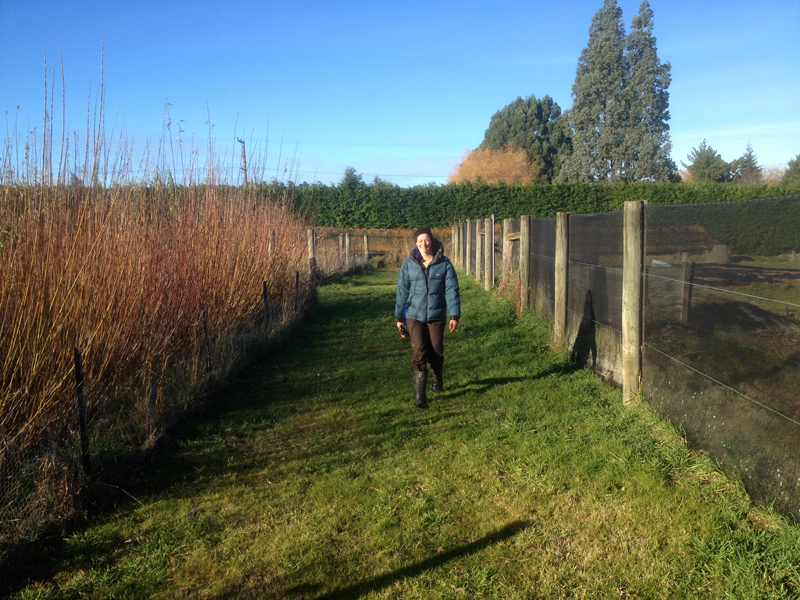
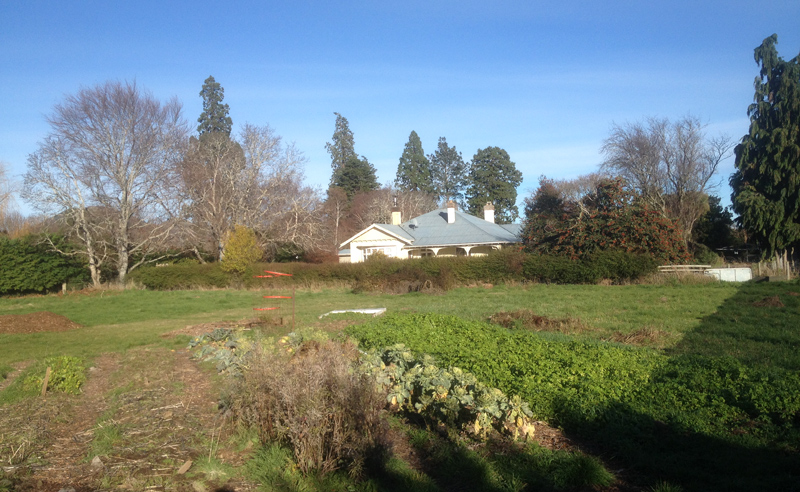
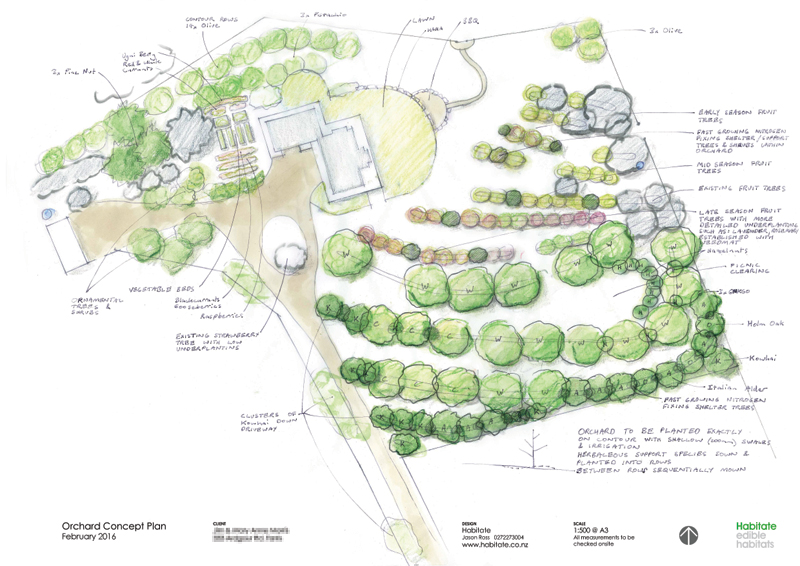


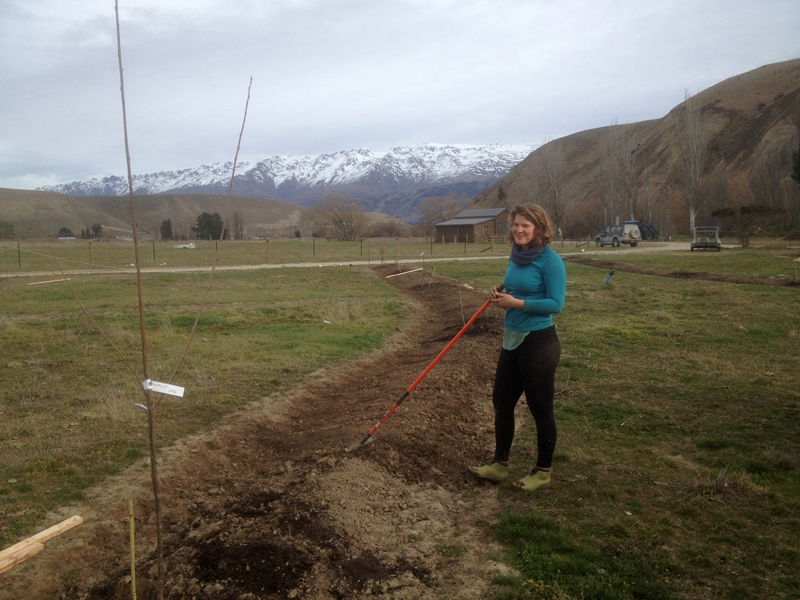
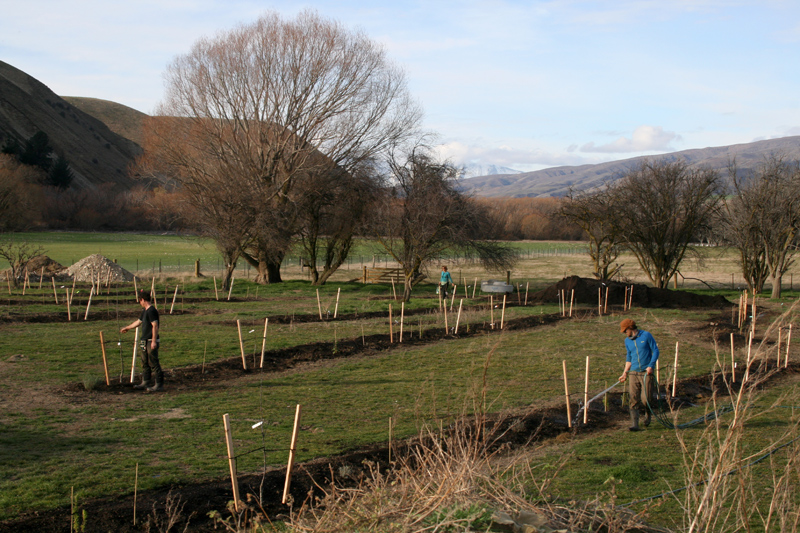
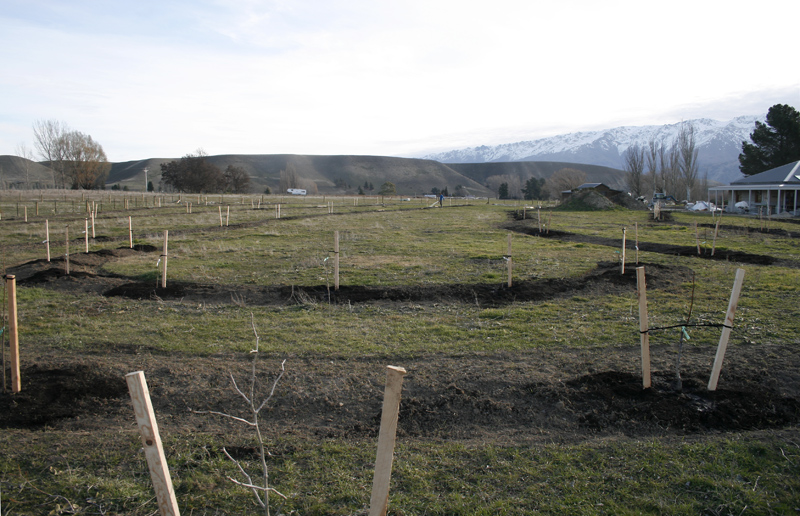

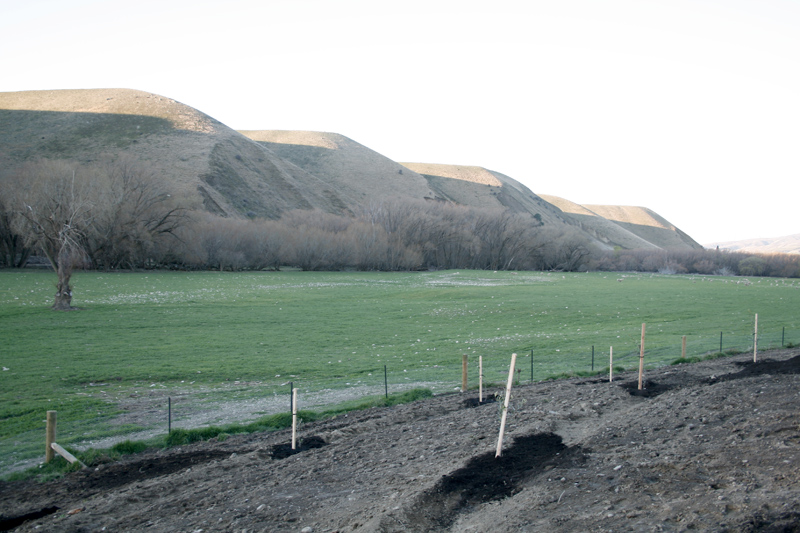
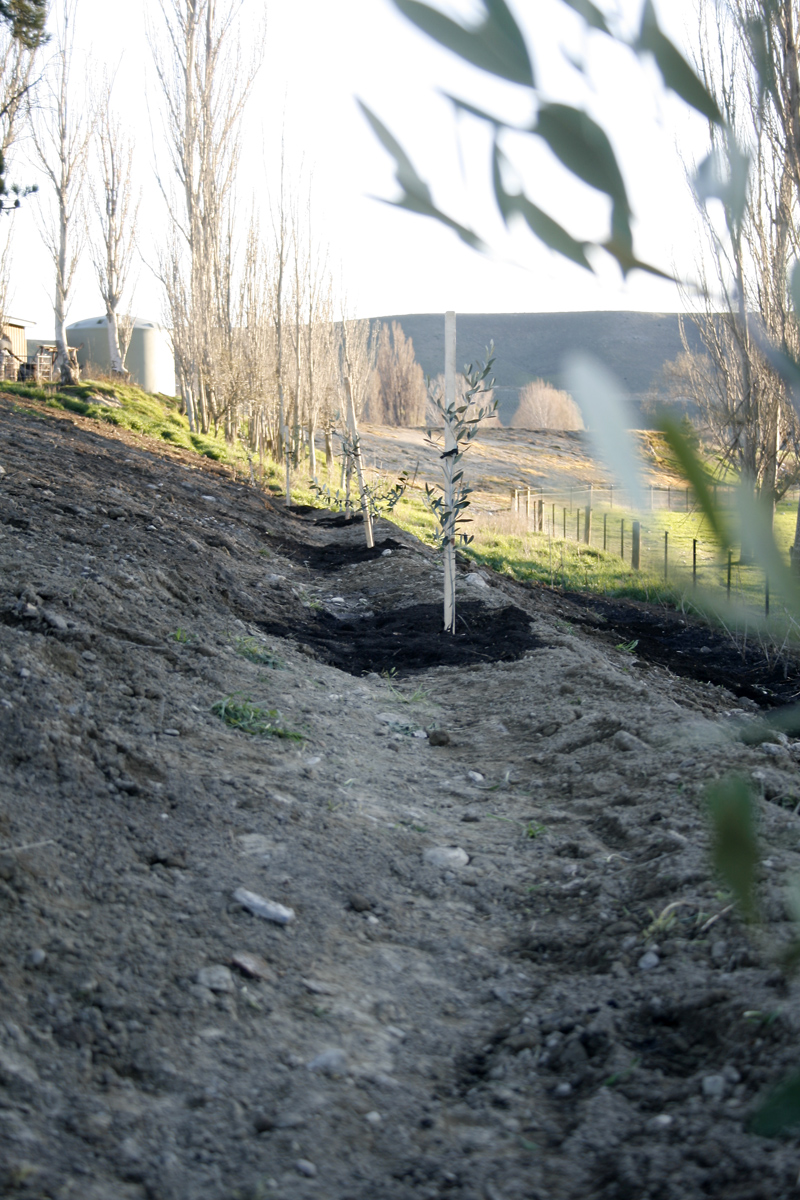
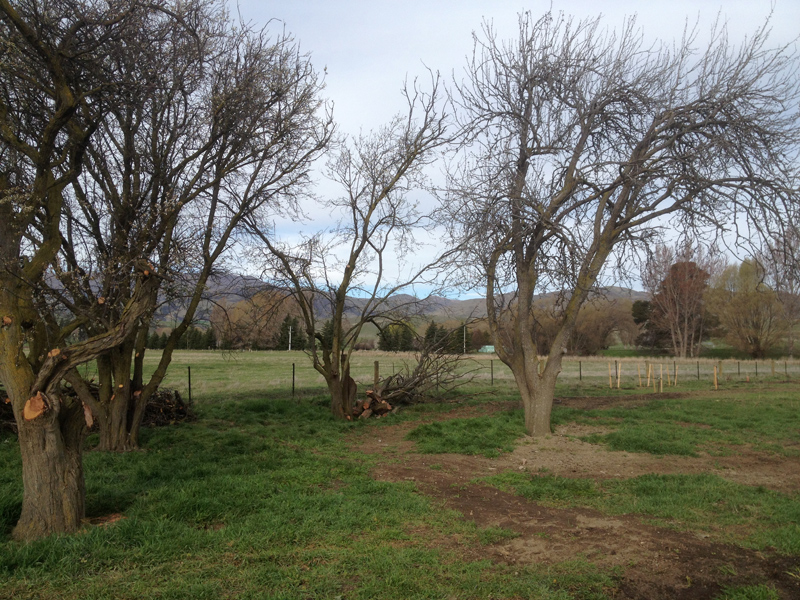
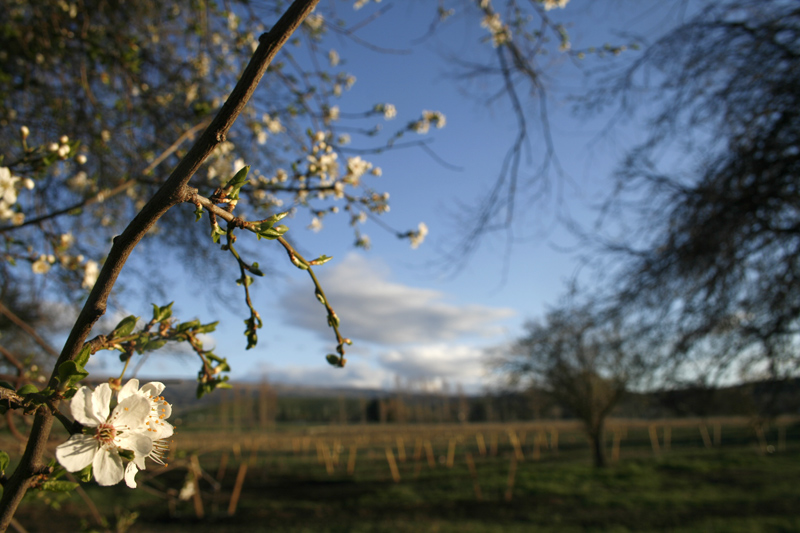
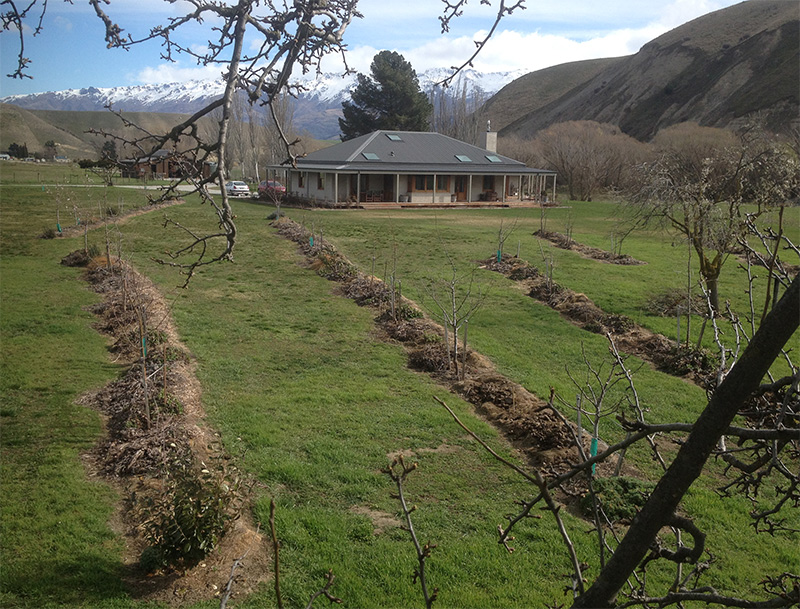
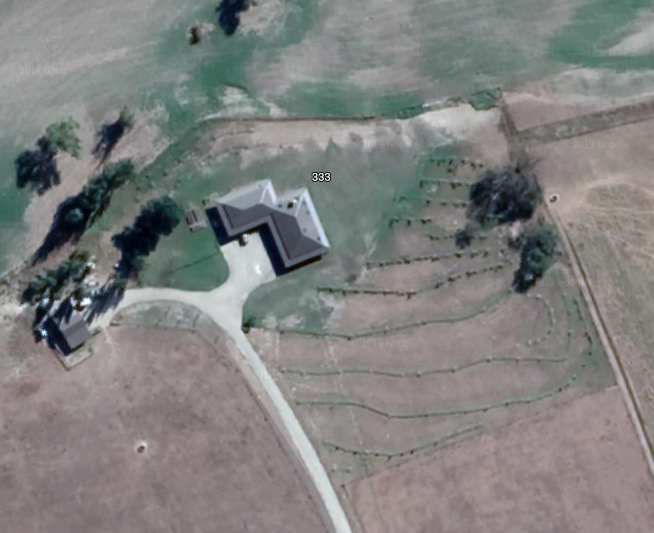
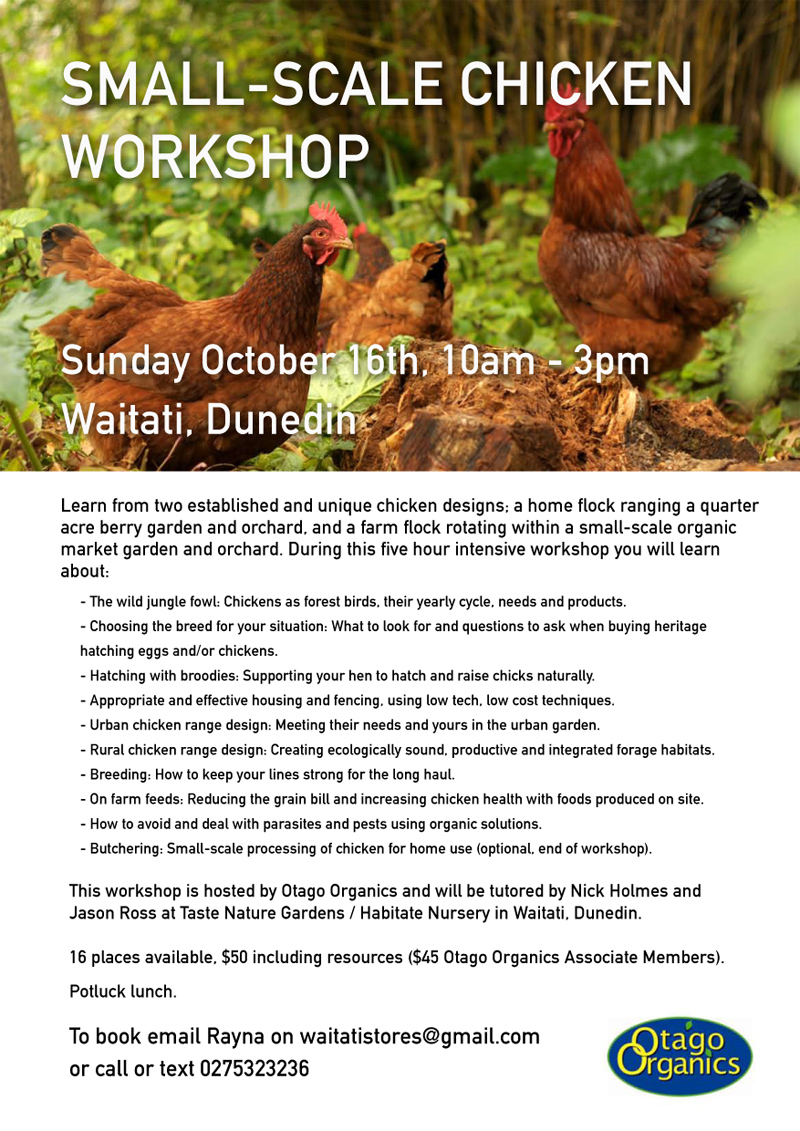 Sunday 16th October
Sunday 16th October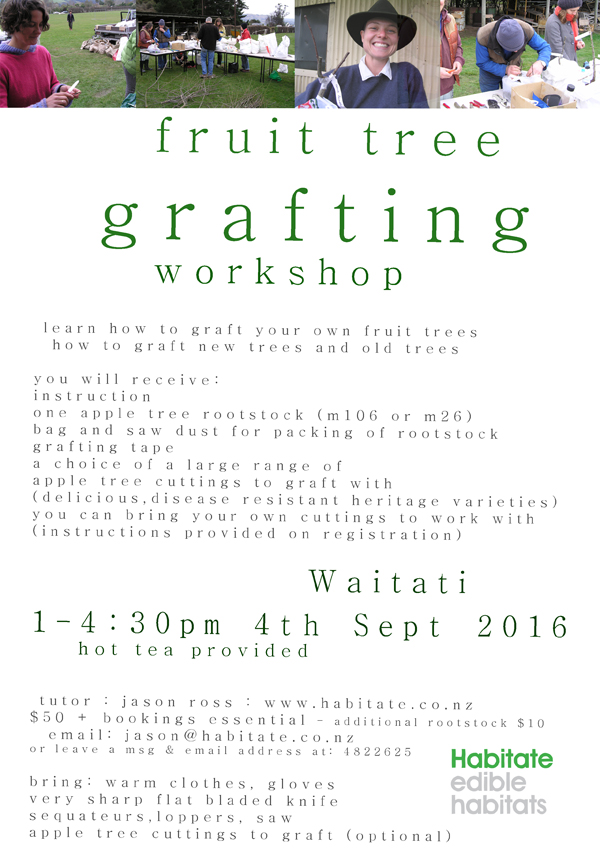 fruit tree
fruit tree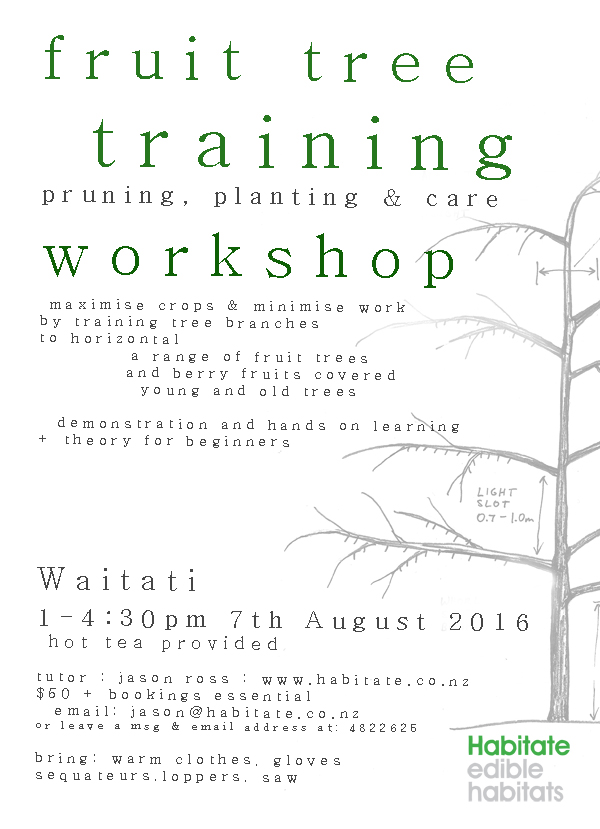 fruit tree
fruit tree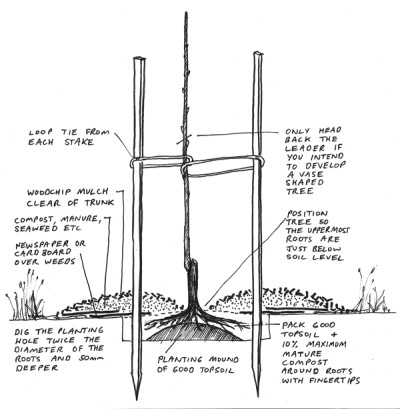
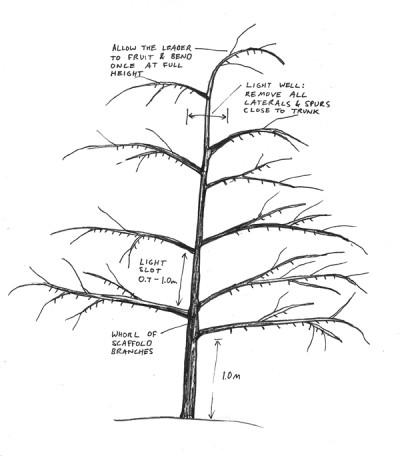 Central Leader
Central Leader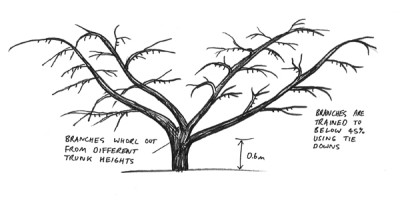 Vase Shape Trees
Vase Shape Trees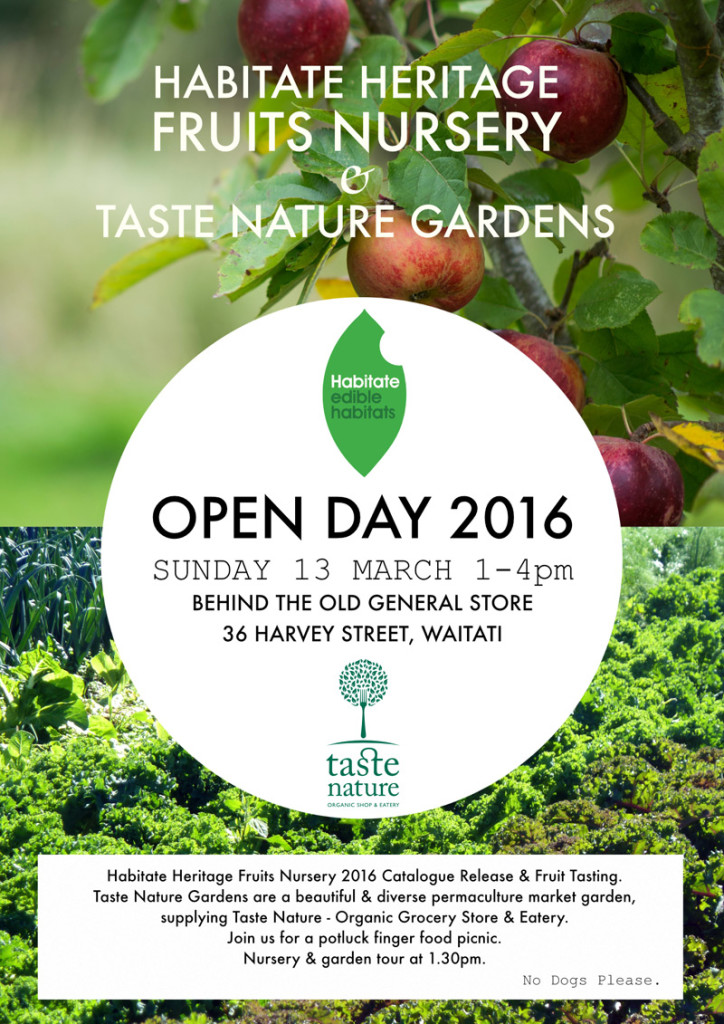 We warmly invite you to our annual nursery open day, this year its combined with Taste Nature Gardens (
We warmly invite you to our annual nursery open day, this year its combined with Taste Nature Gardens (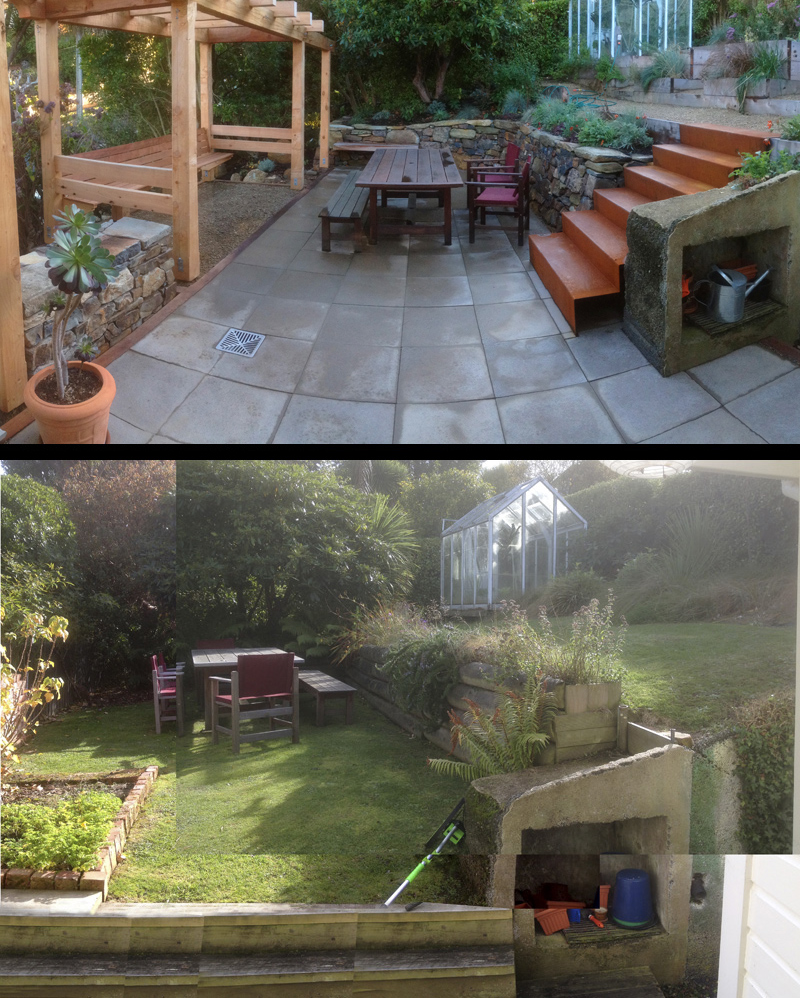

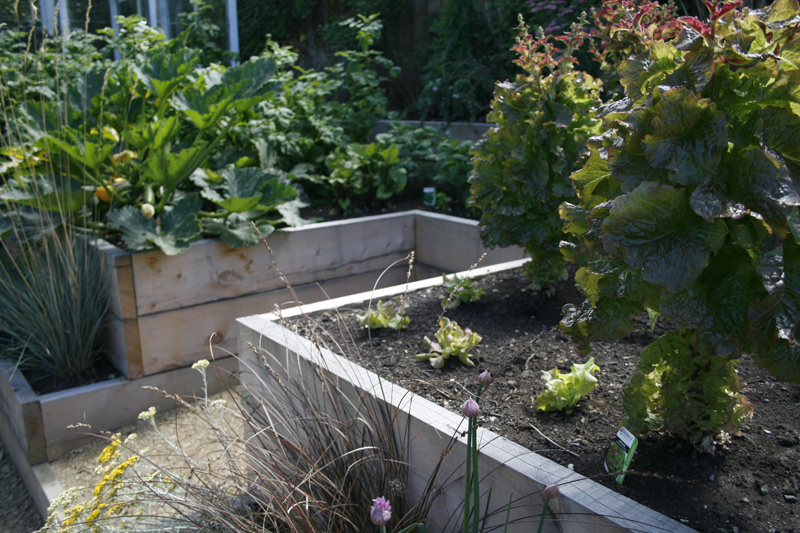
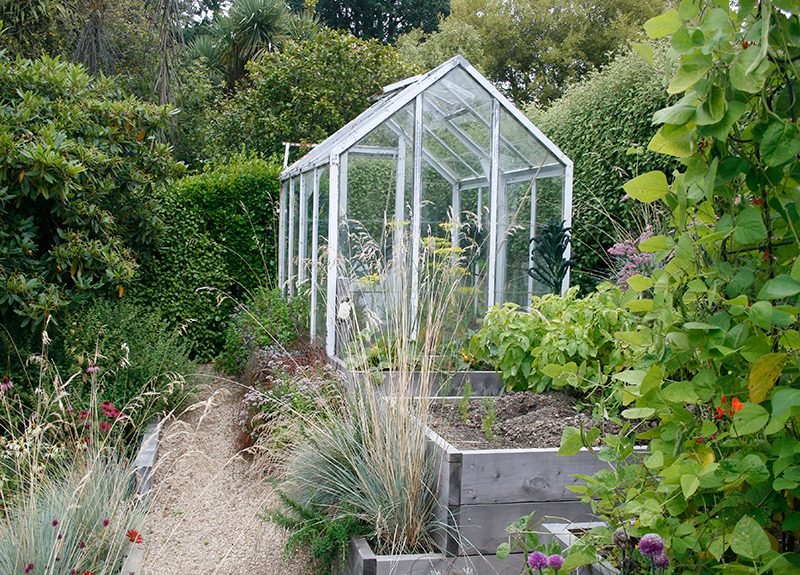
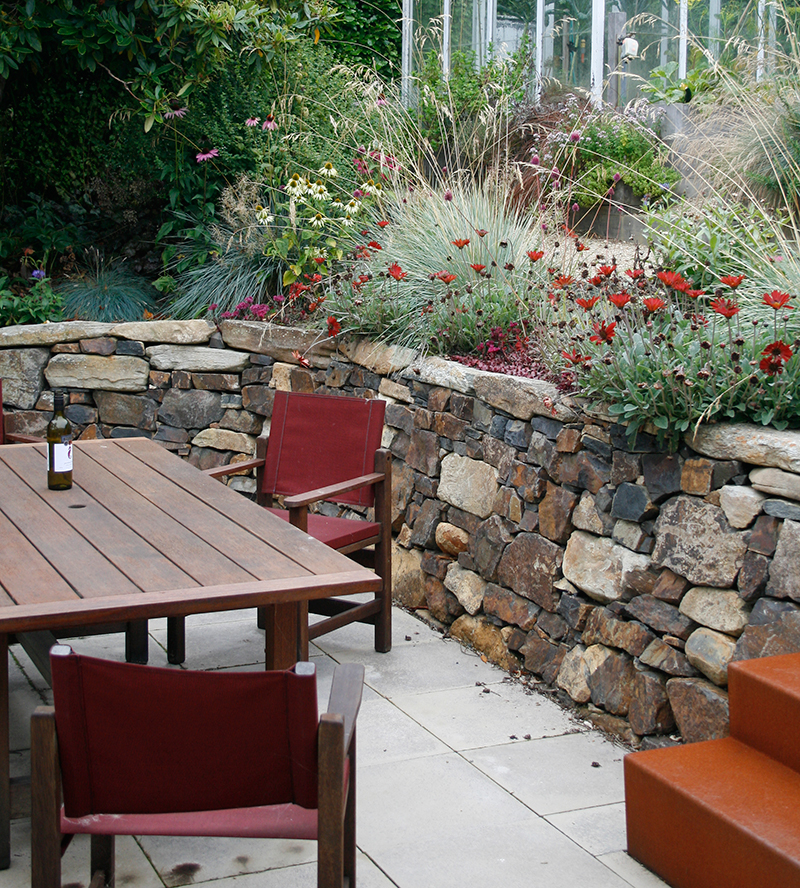
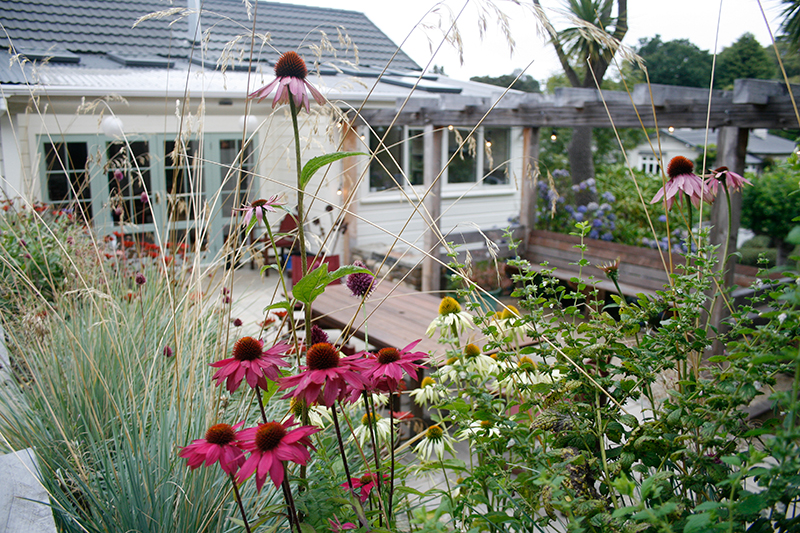
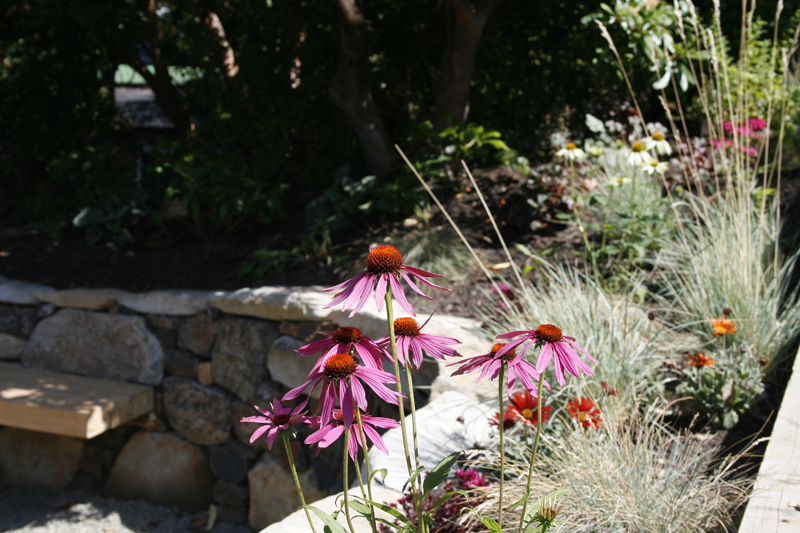
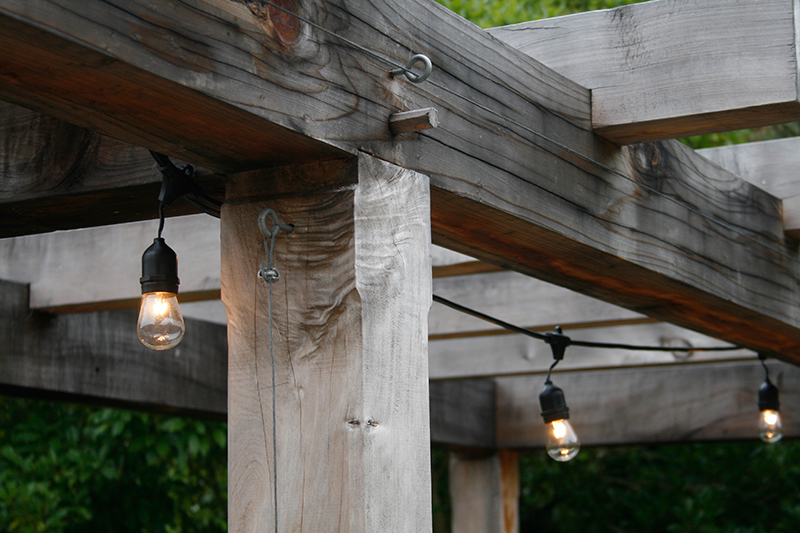
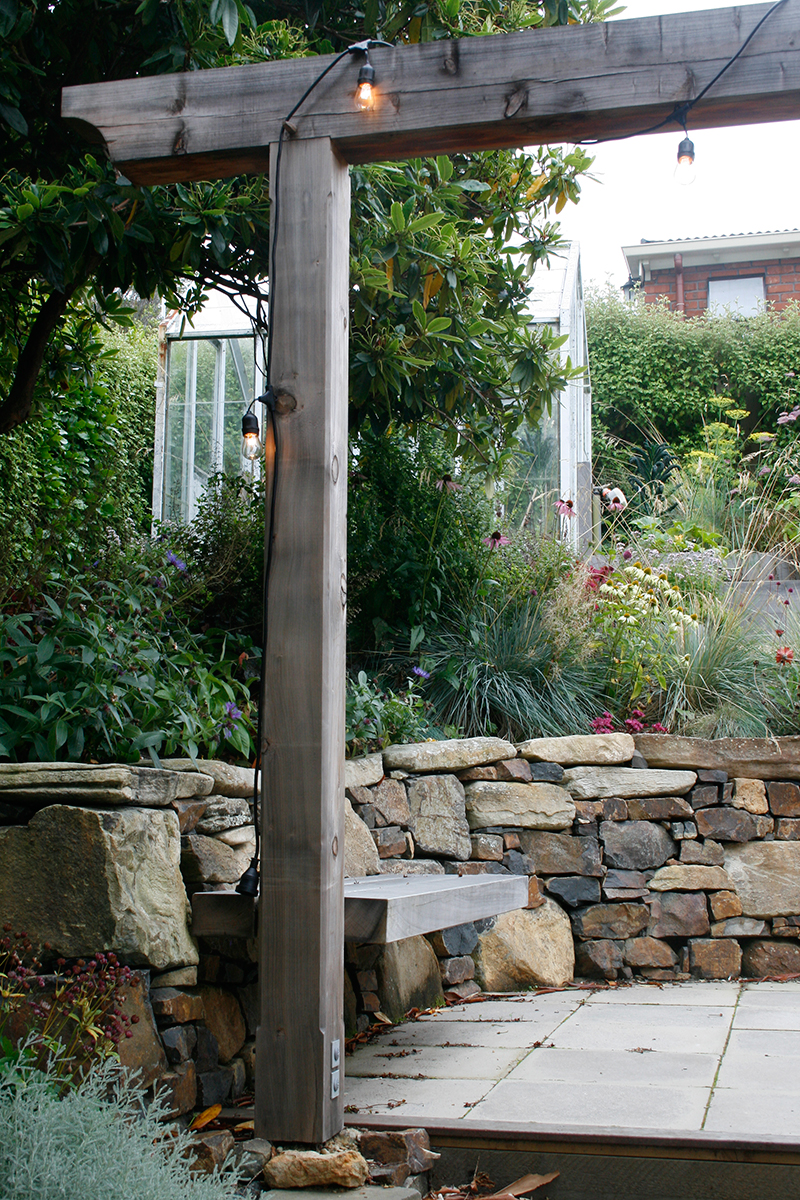
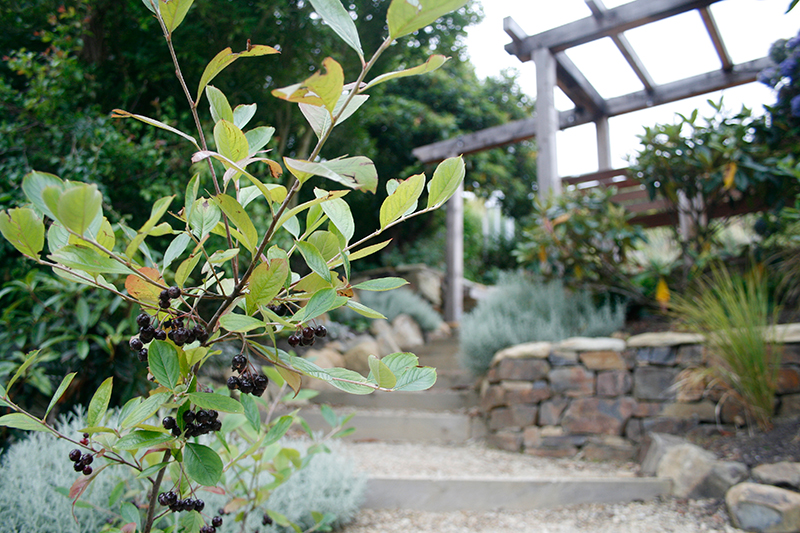
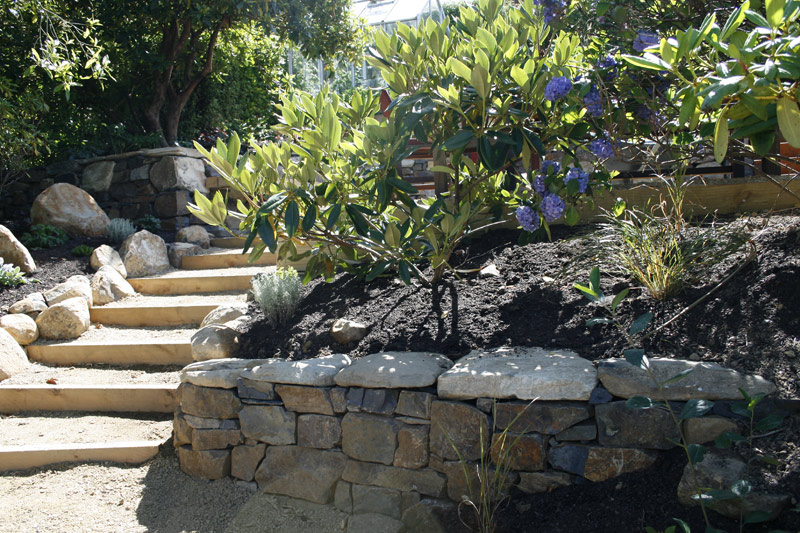
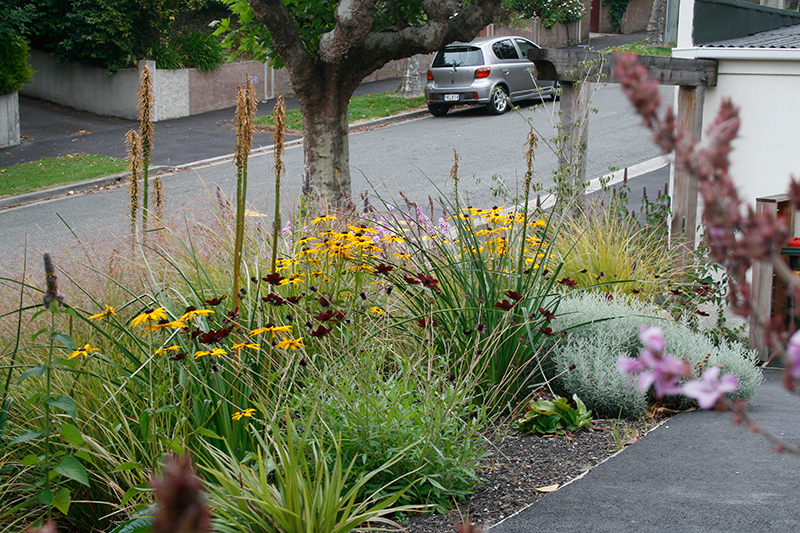
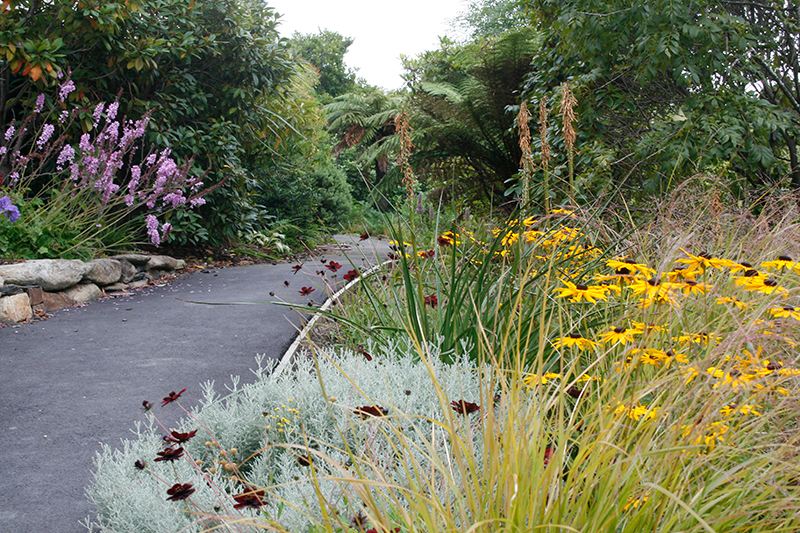
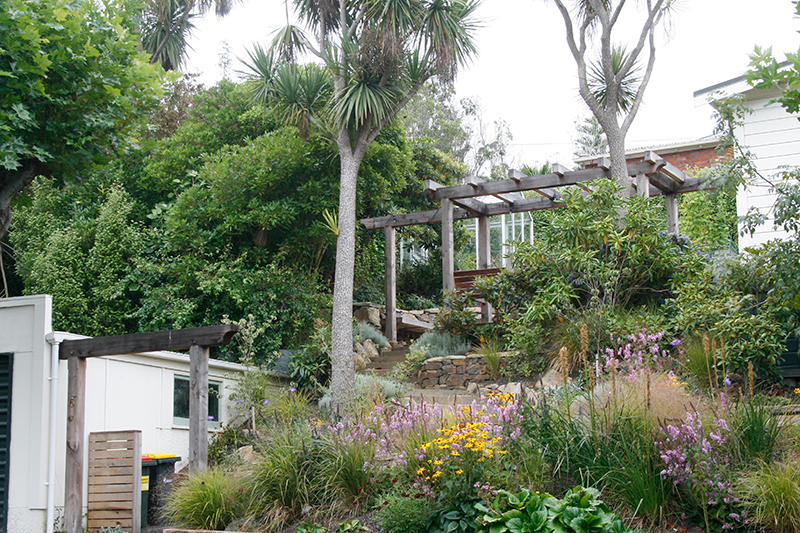
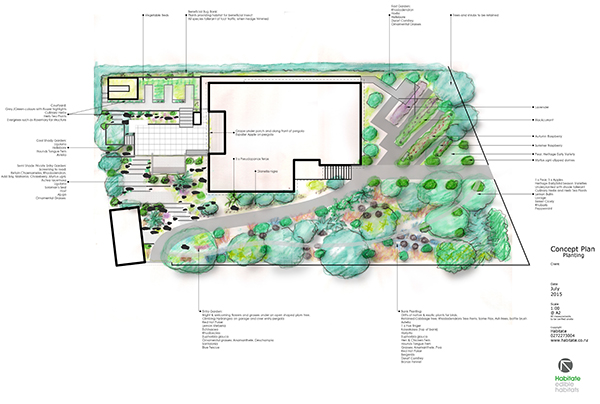
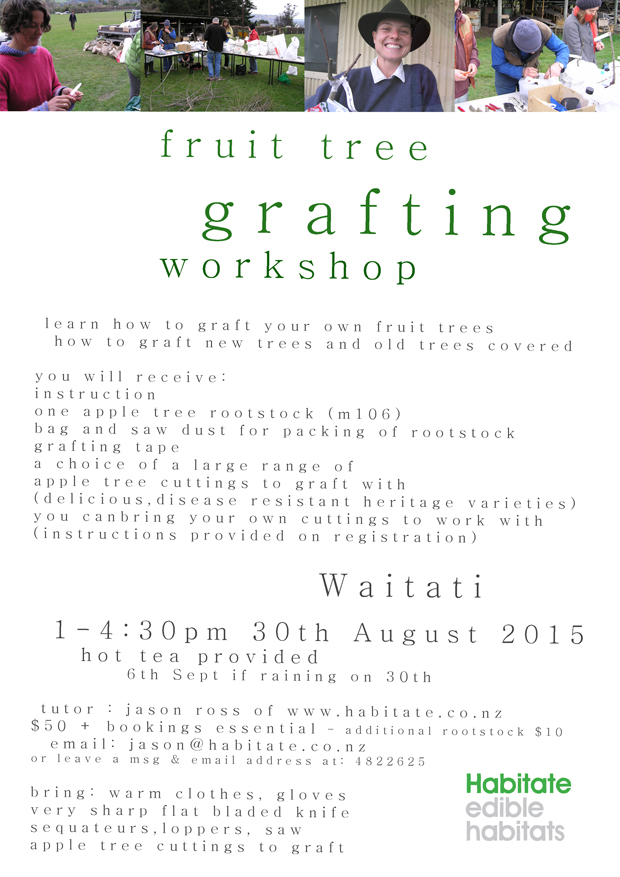
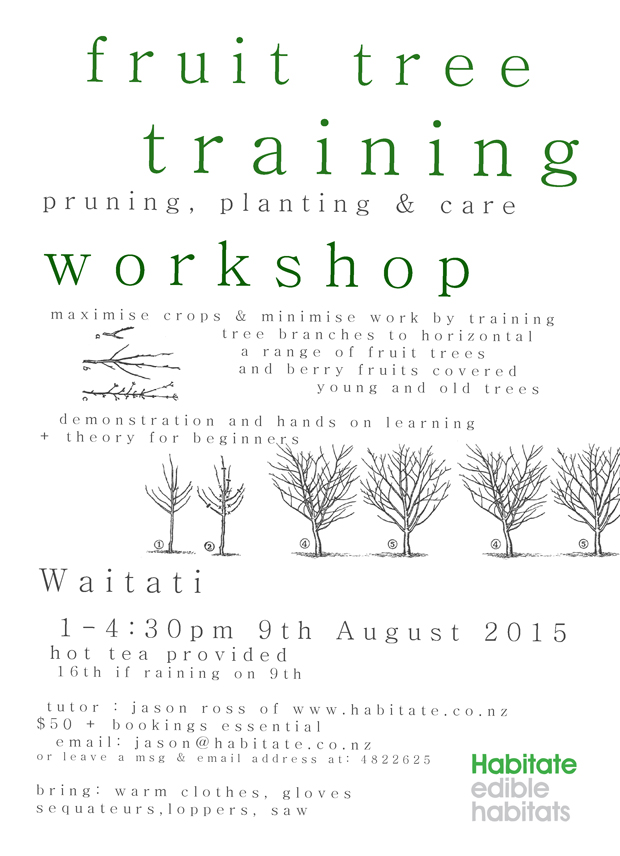
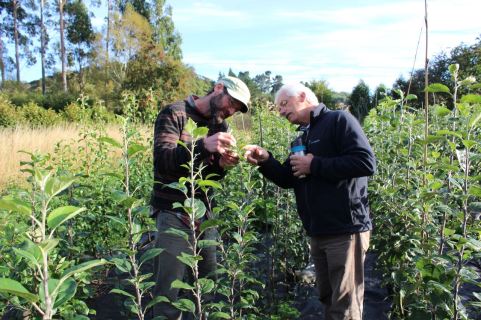

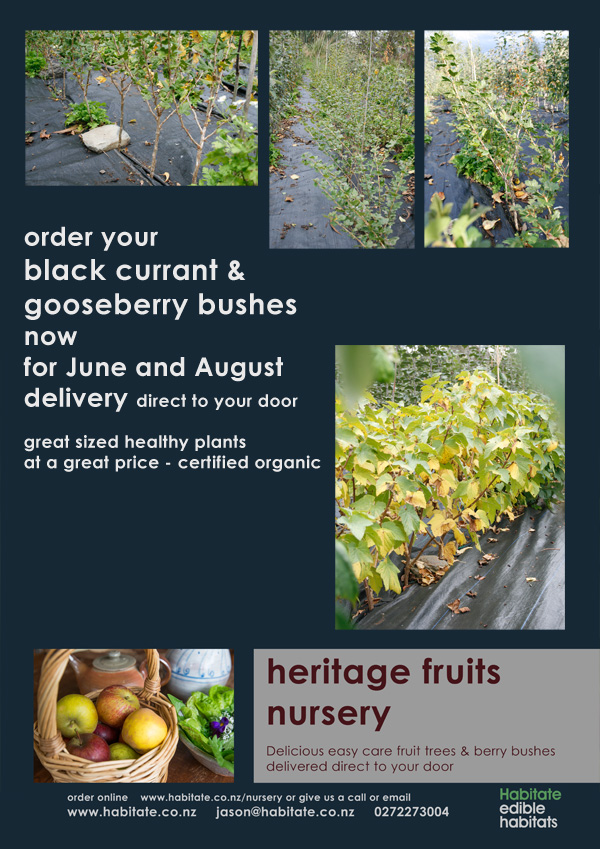
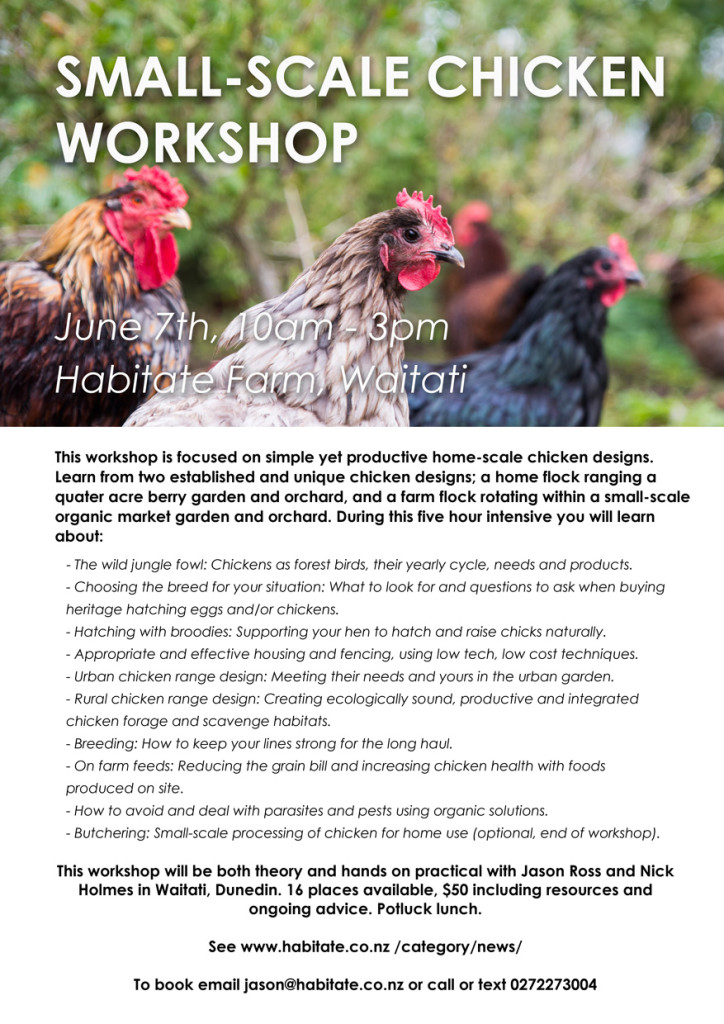 Small scale chicken keeping workshop with Nick Holmes and Jason Ross. Venue: Habitate Farm and Jason’s Home Garden. Covering chicken care and run design.
Small scale chicken keeping workshop with Nick Holmes and Jason Ross. Venue: Habitate Farm and Jason’s Home Garden. Covering chicken care and run design.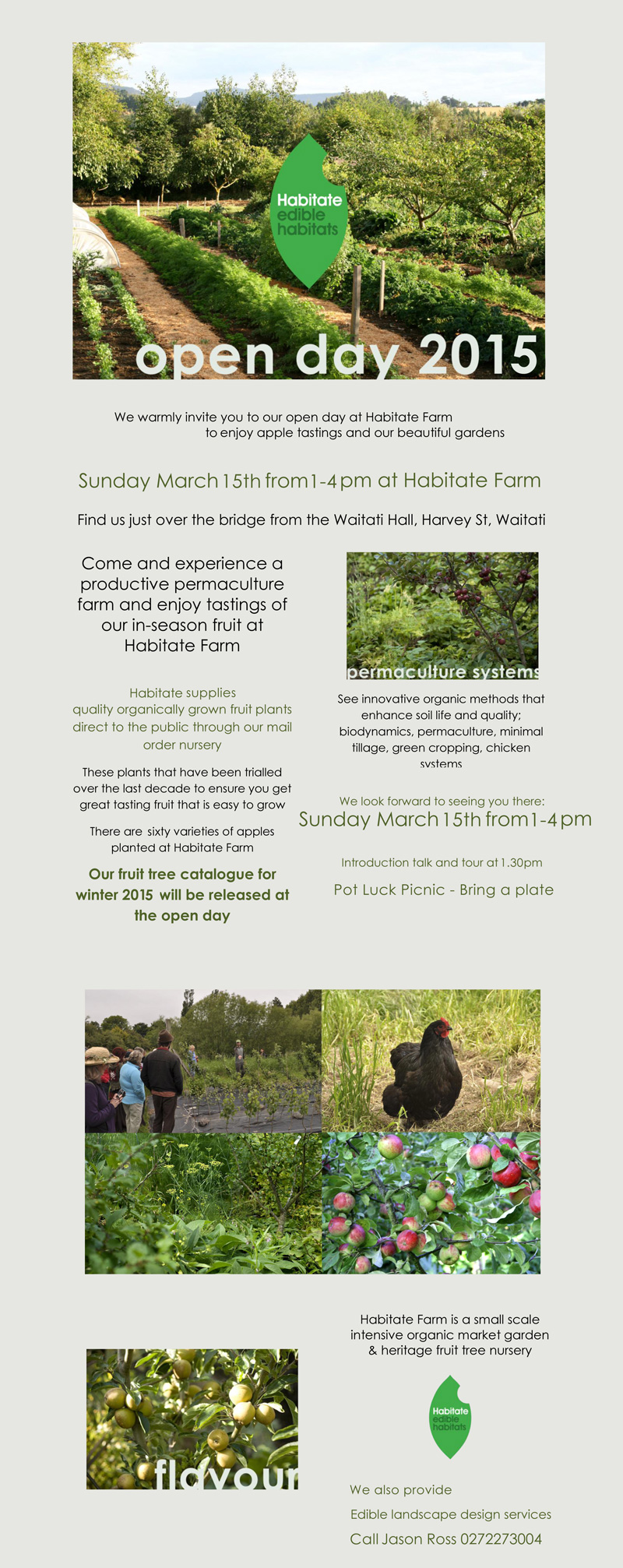
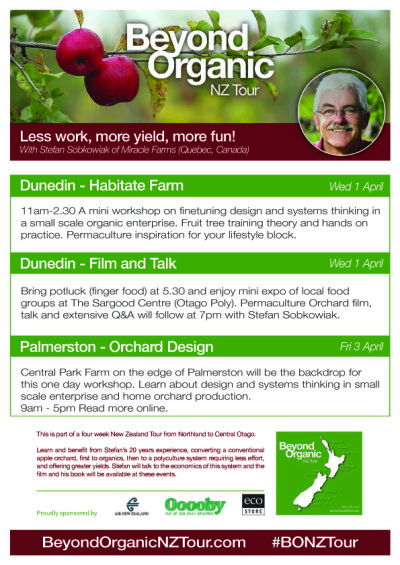
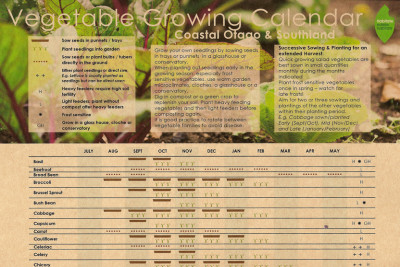
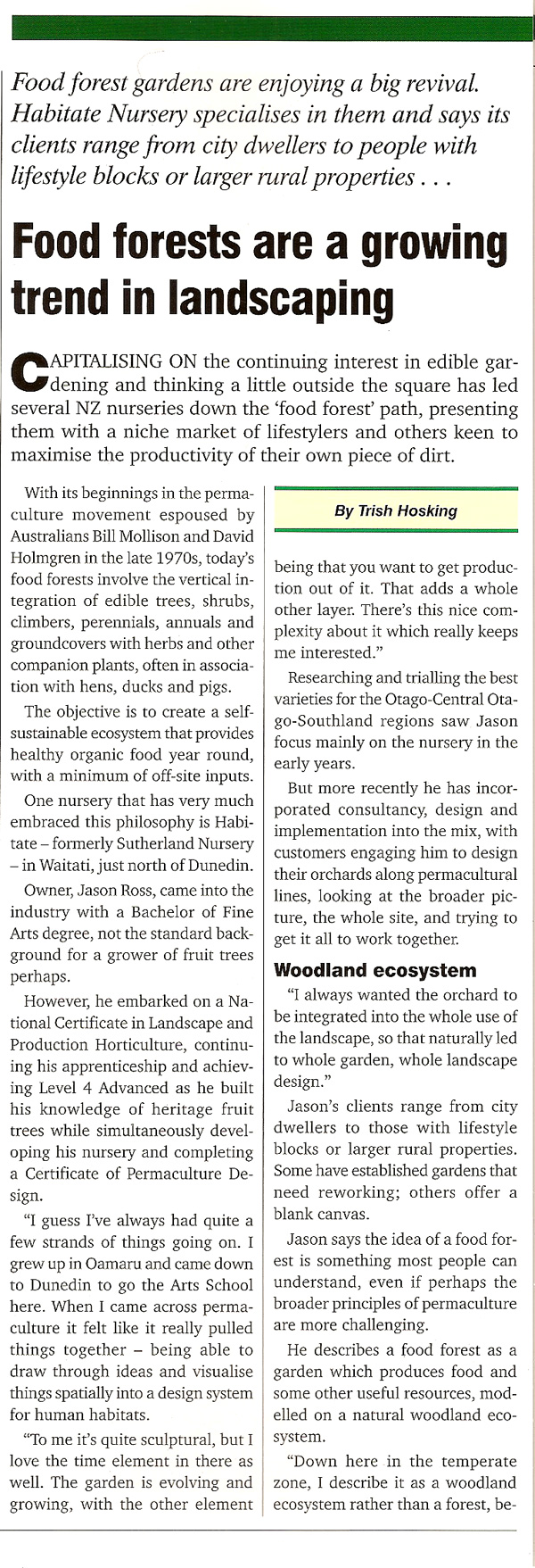
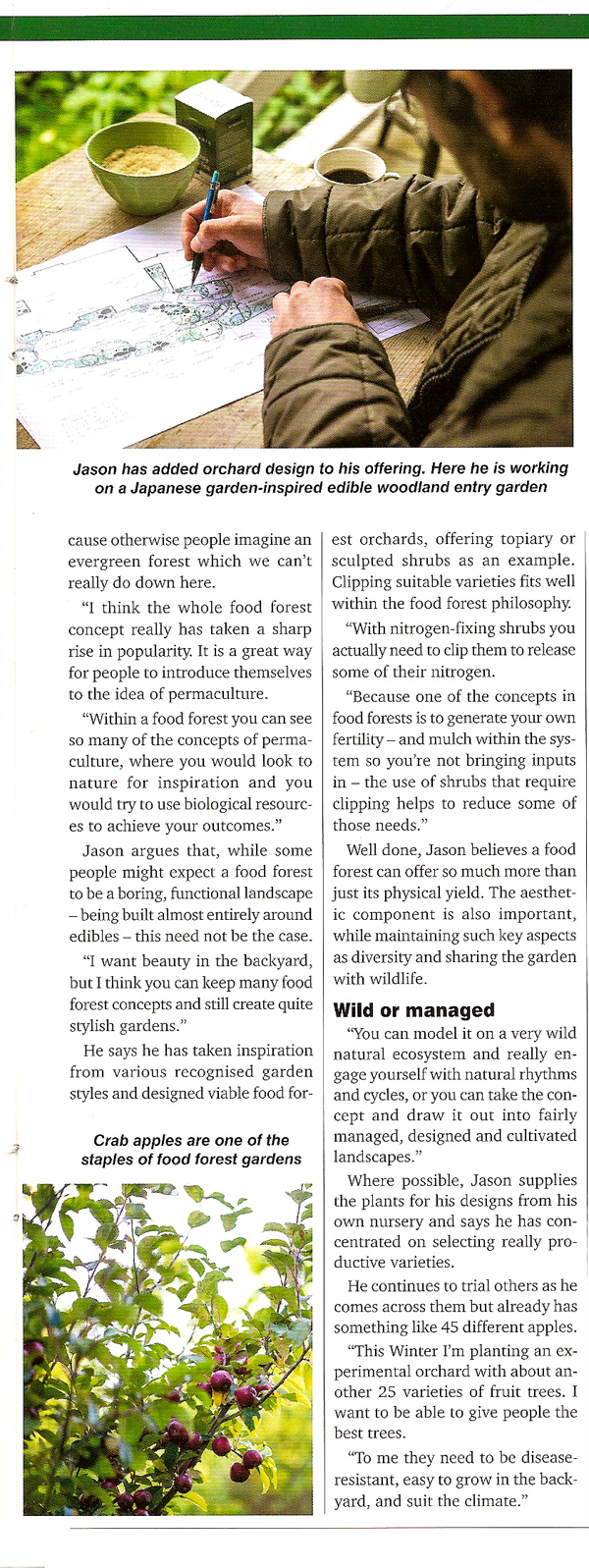
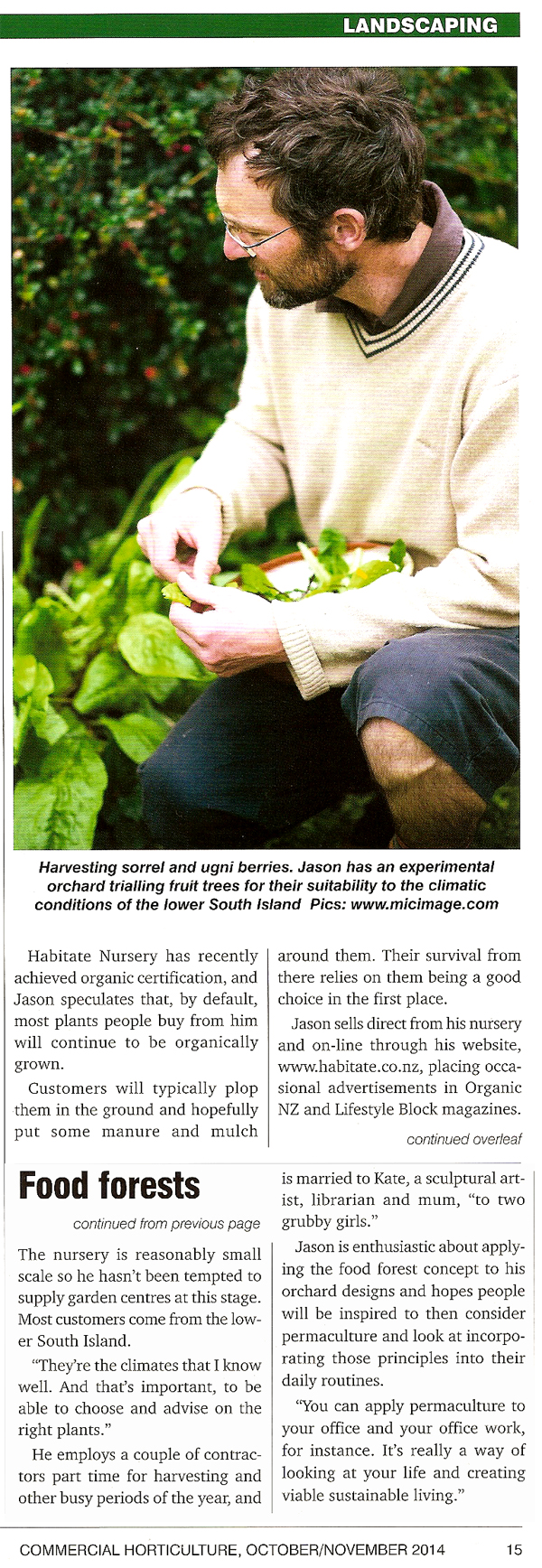
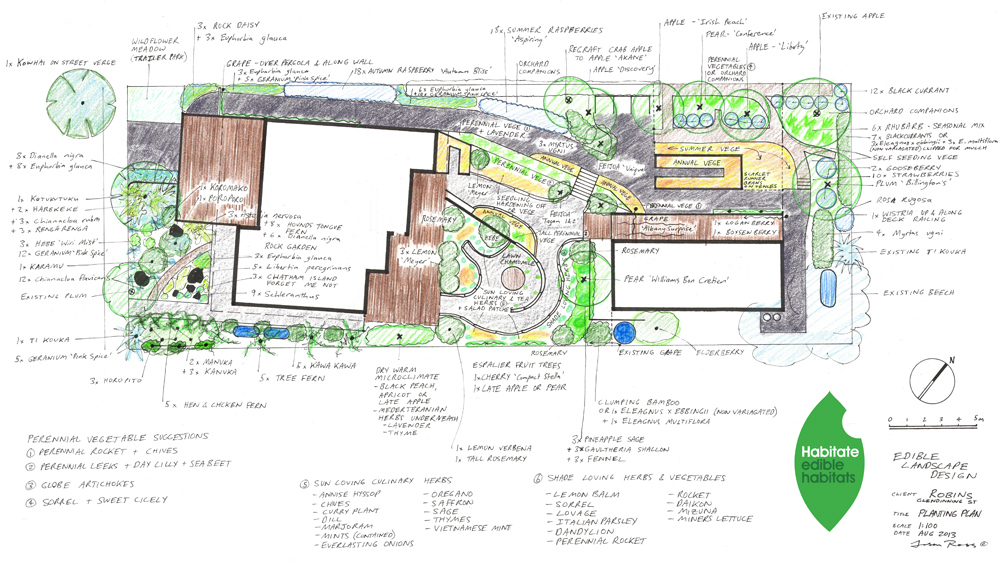
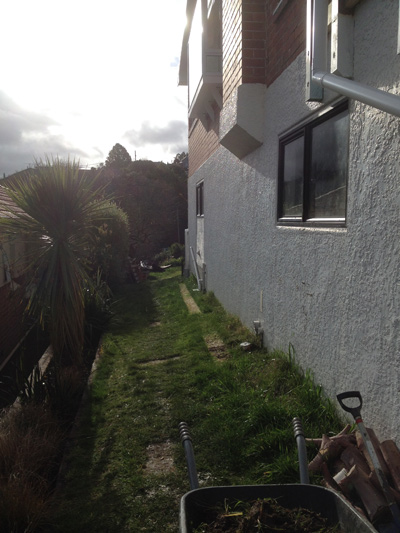
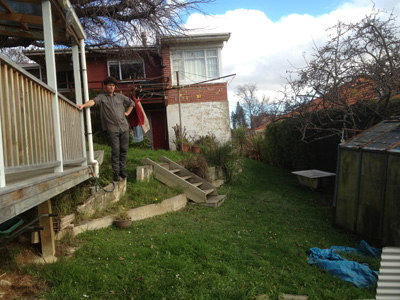
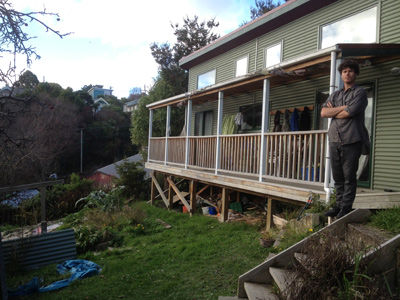
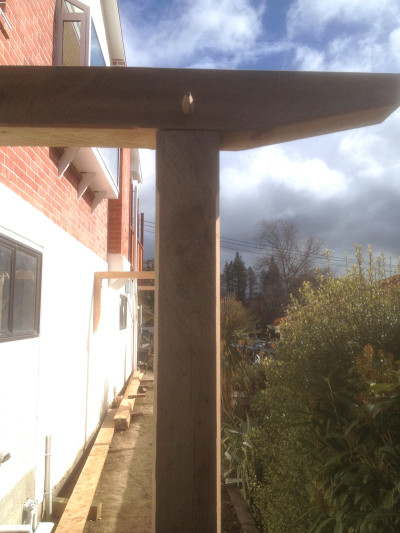
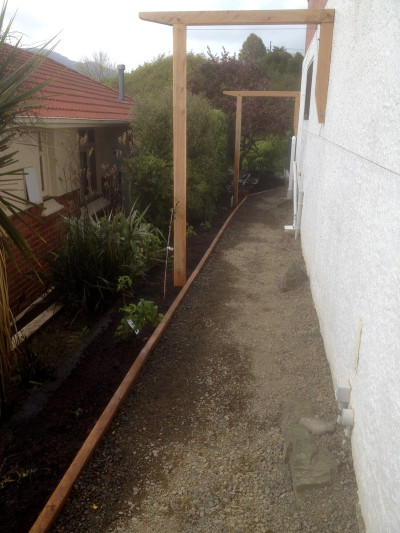
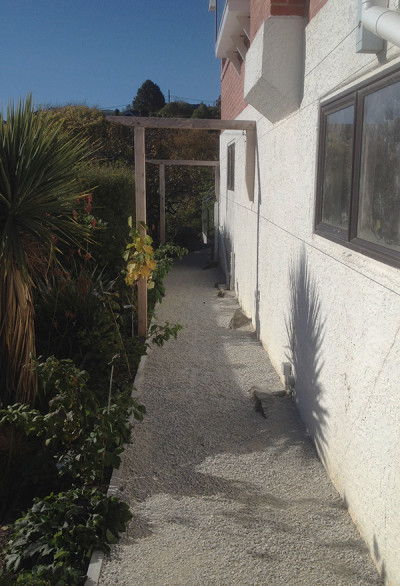
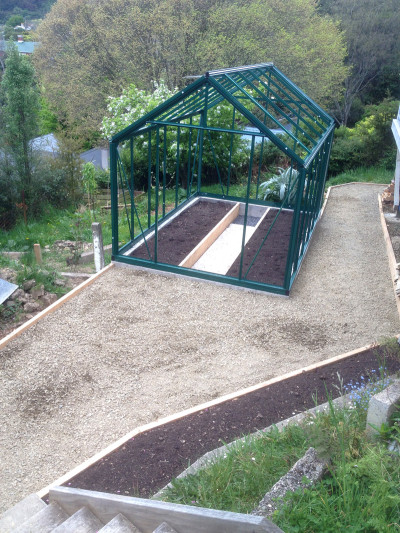
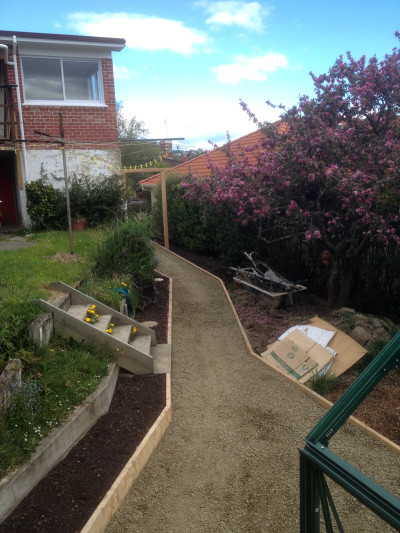
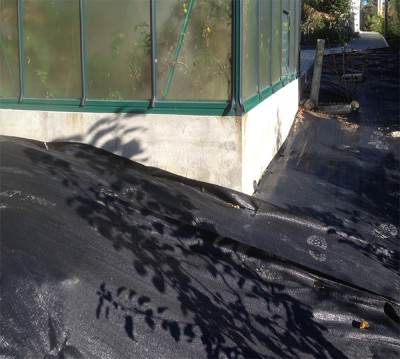
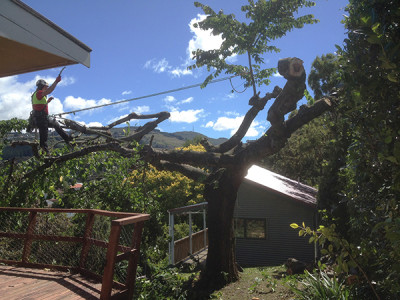
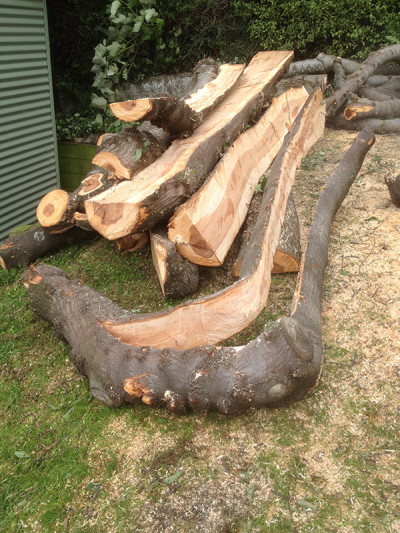
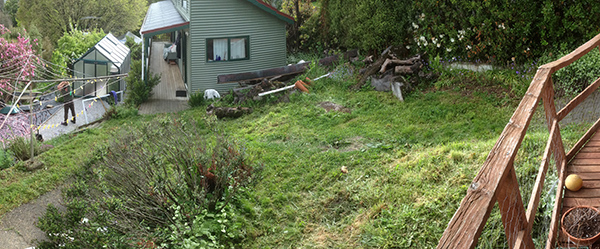
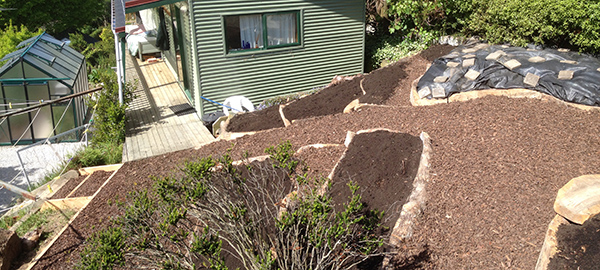
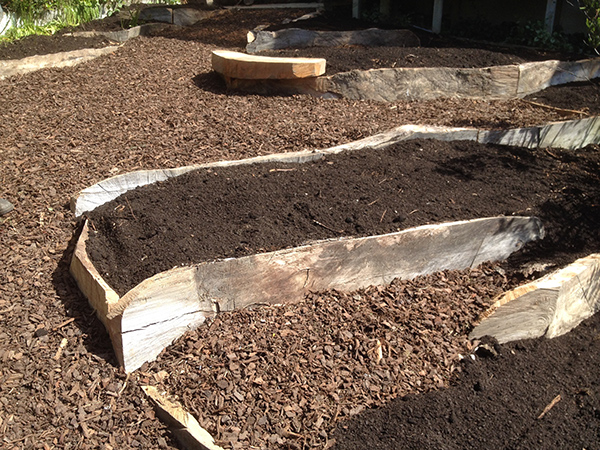
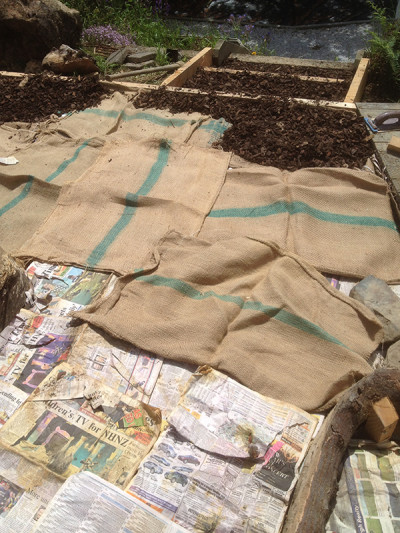
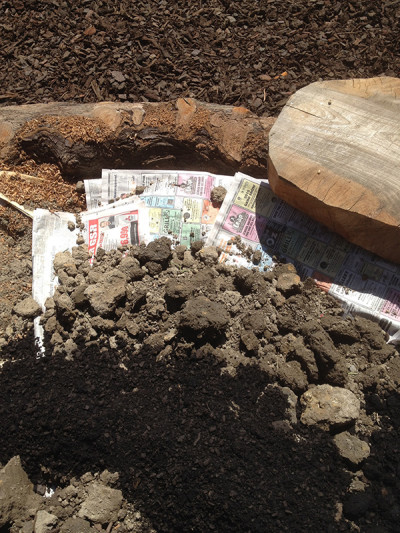
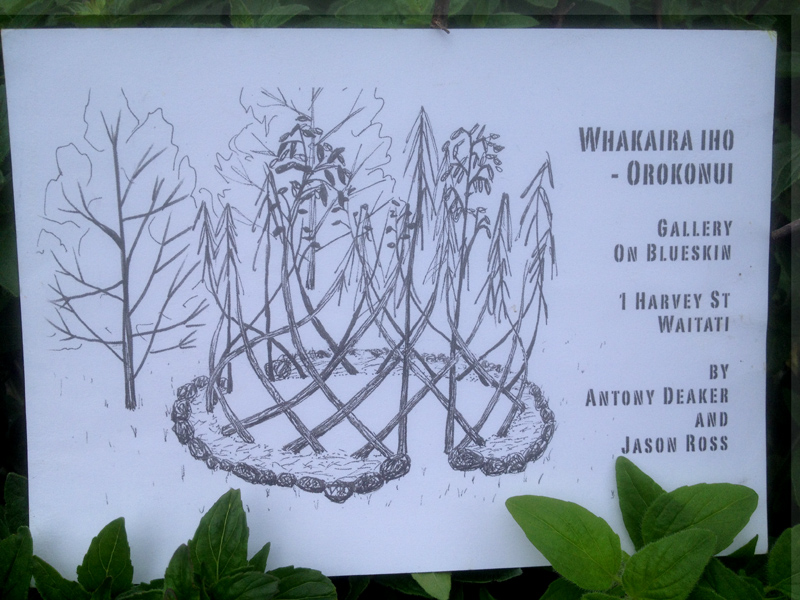
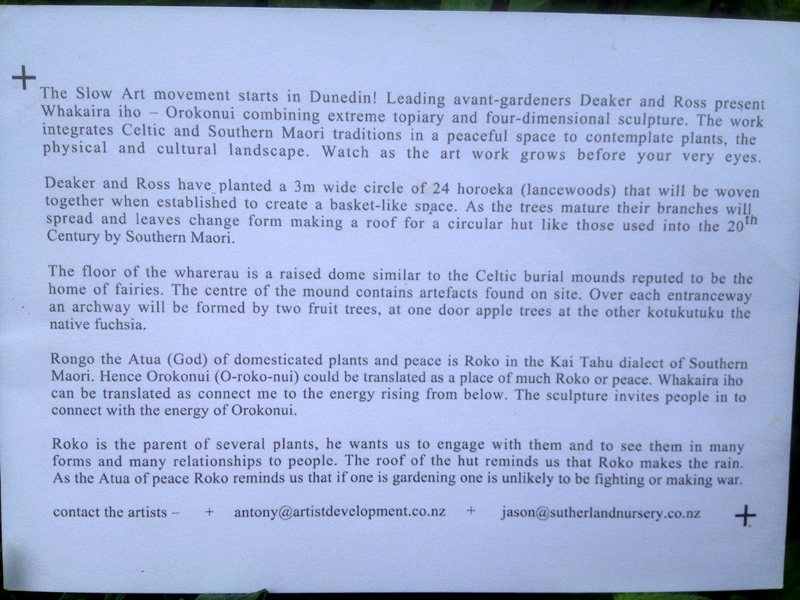
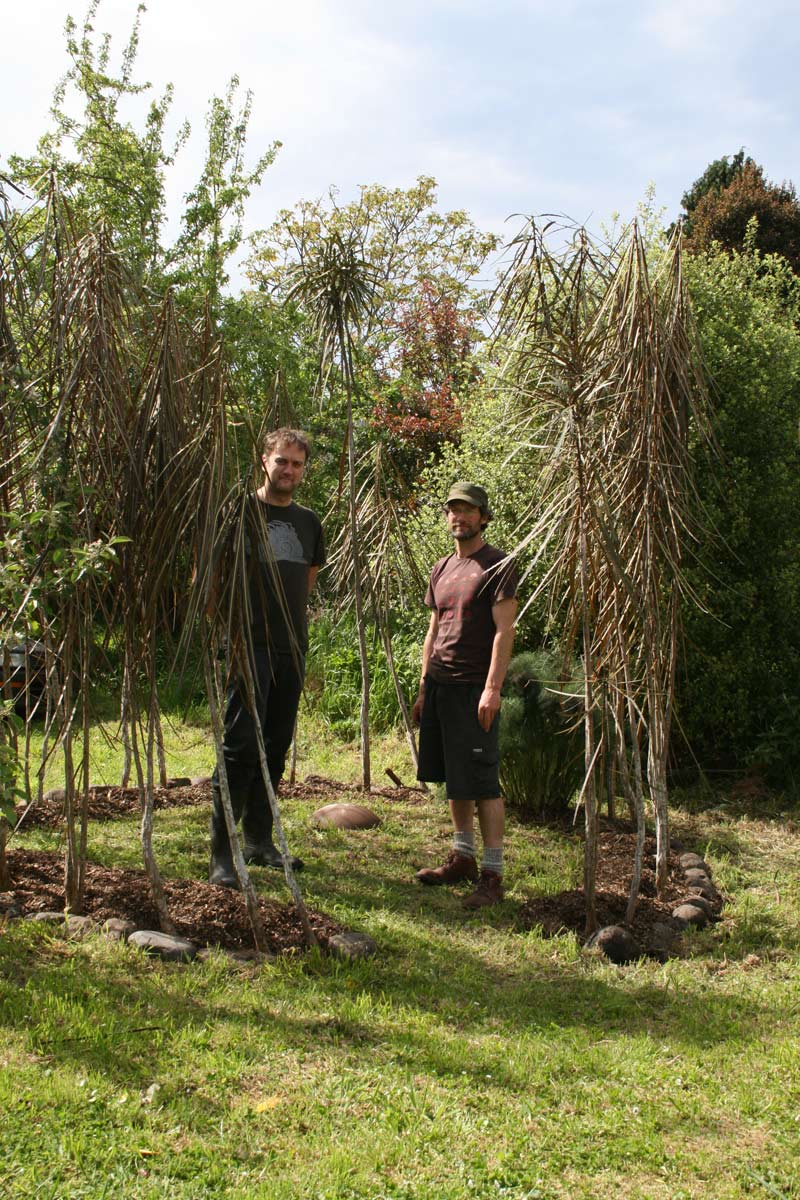
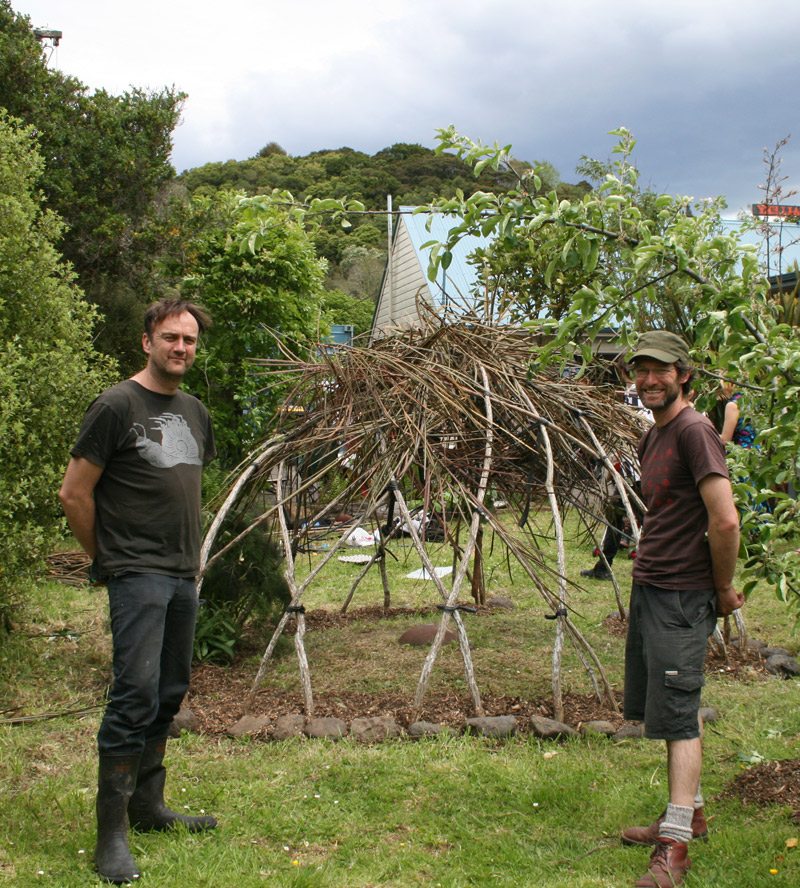
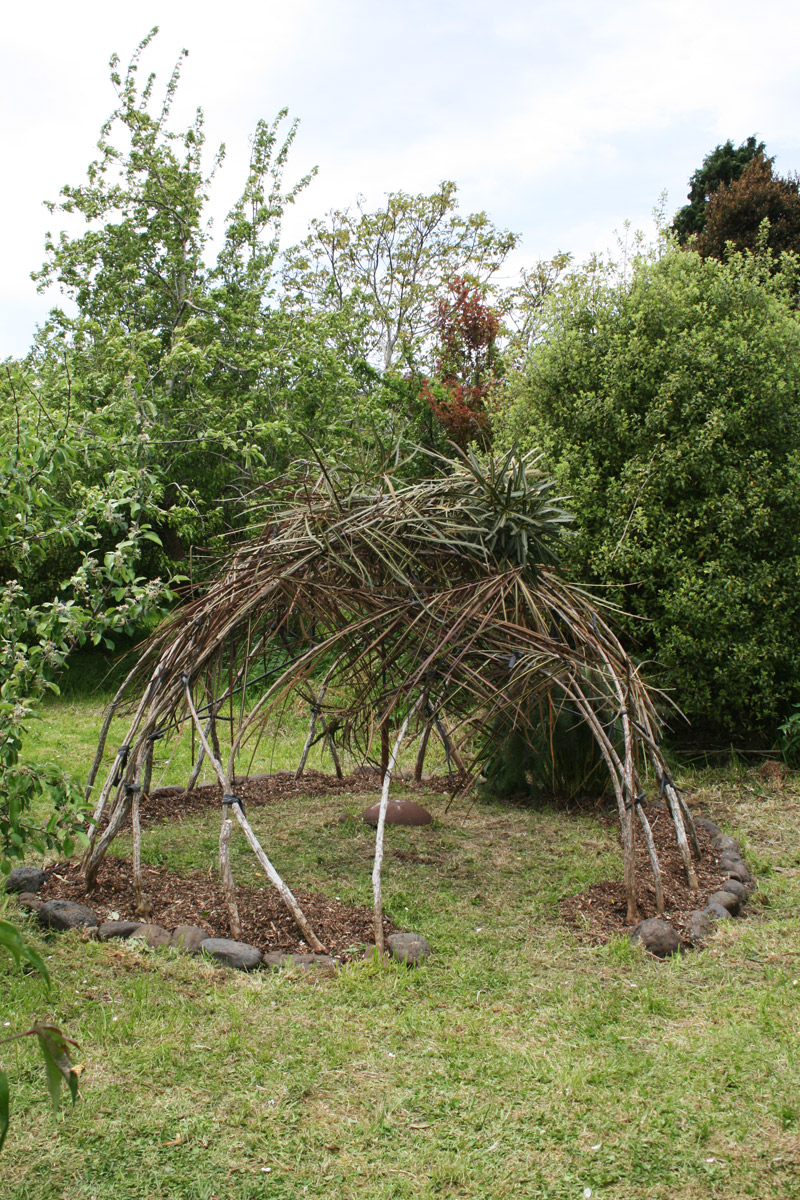
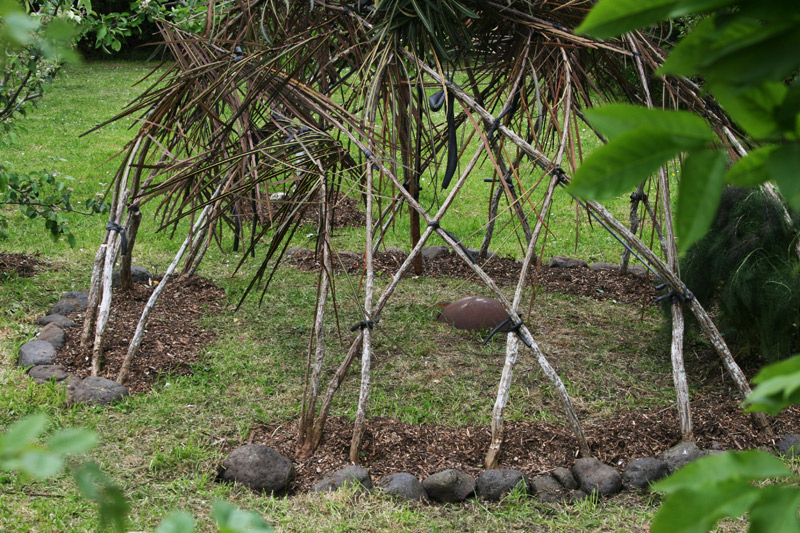 Planted in 2010 as part of the Dunedin Fringe festival events this living tree sculpture can be experienced during opening hours of Gallery on Blueskin in Waitati, be in quick, it will never be the same again.
Planted in 2010 as part of the Dunedin Fringe festival events this living tree sculpture can be experienced during opening hours of Gallery on Blueskin in Waitati, be in quick, it will never be the same again.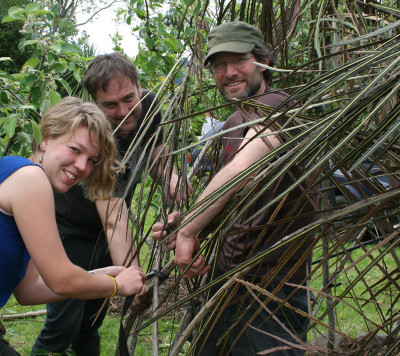
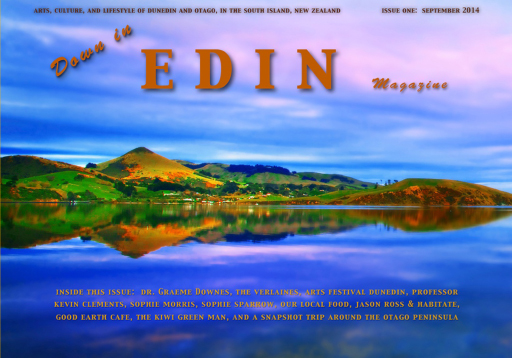
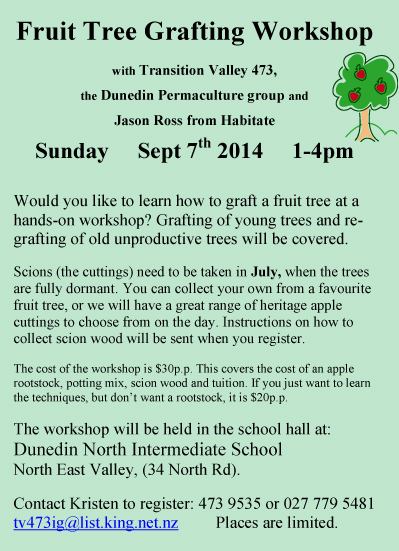
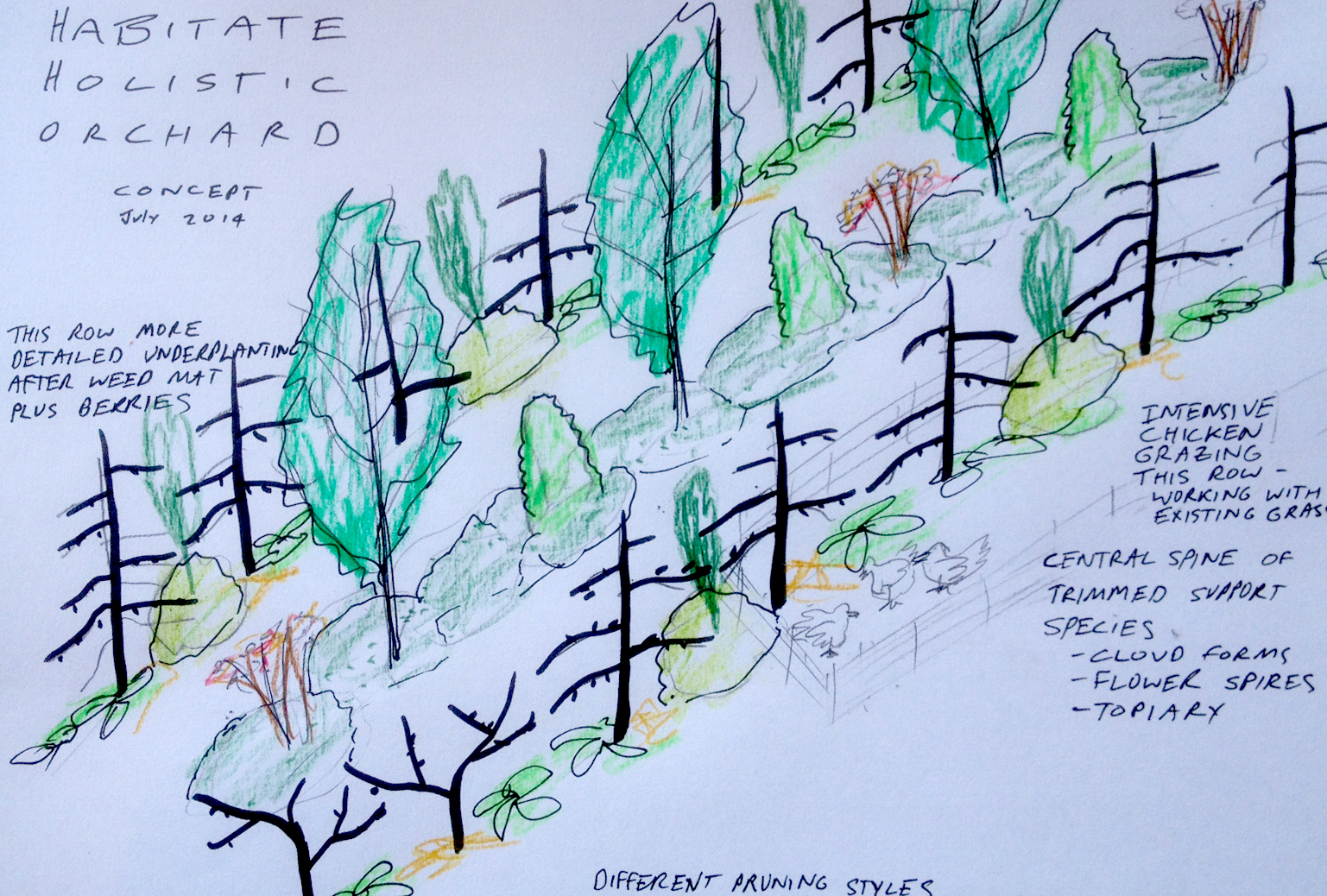
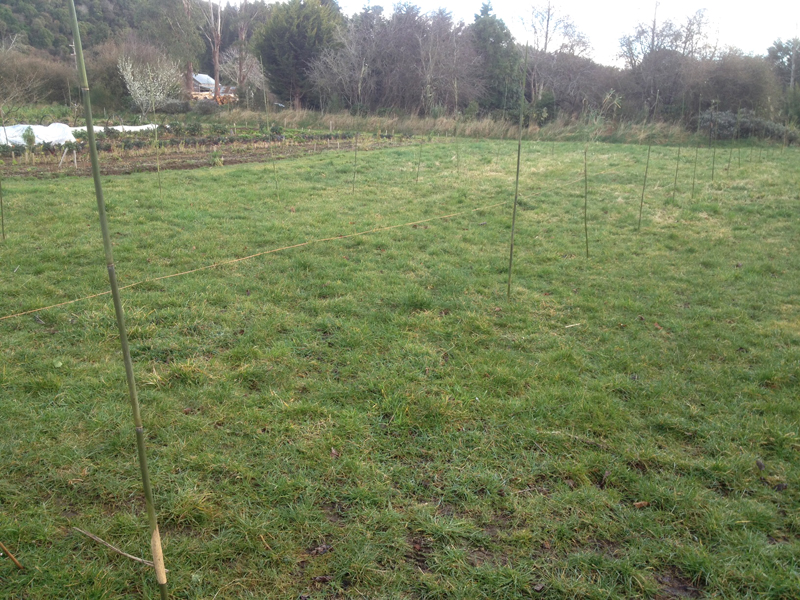
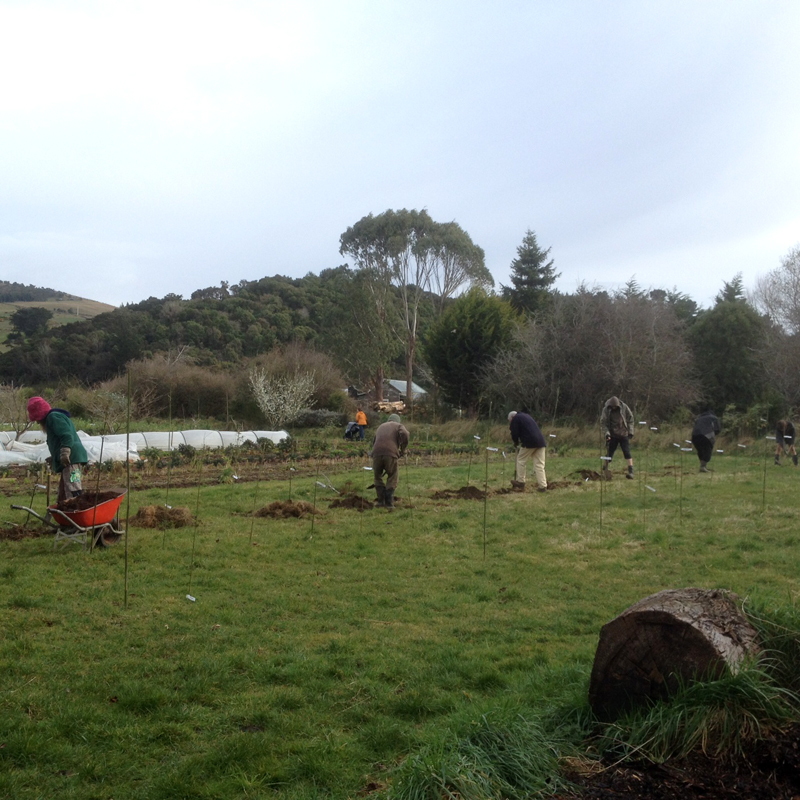
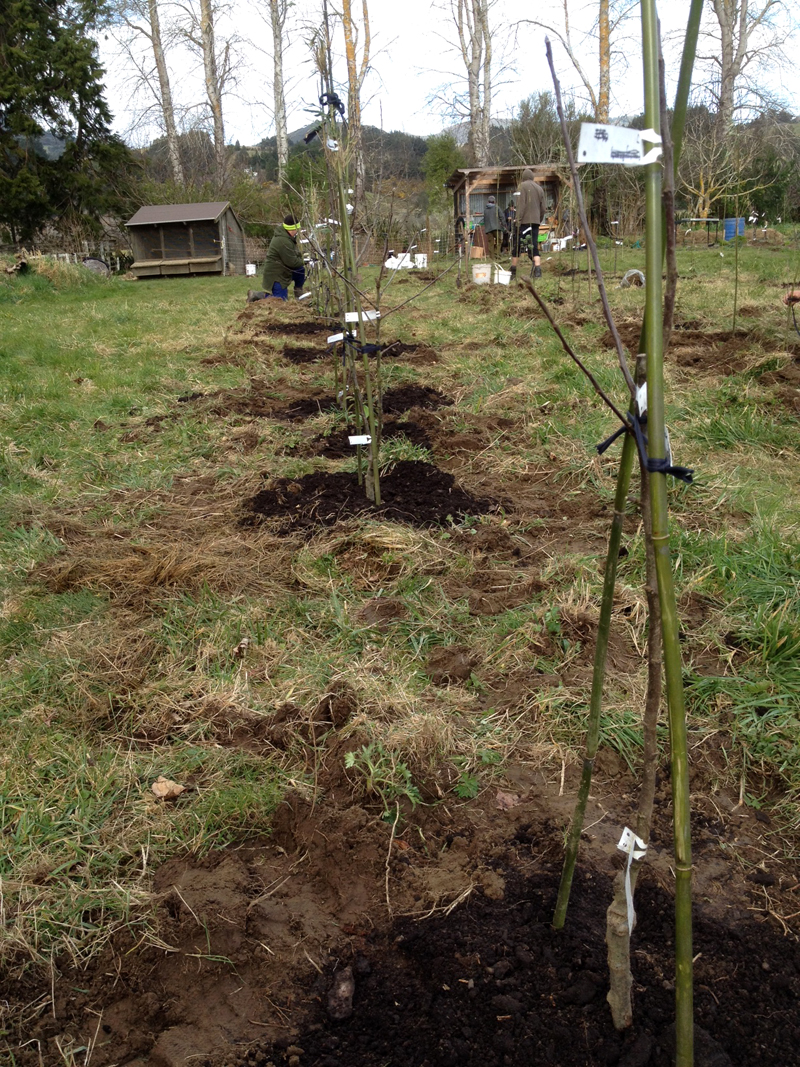
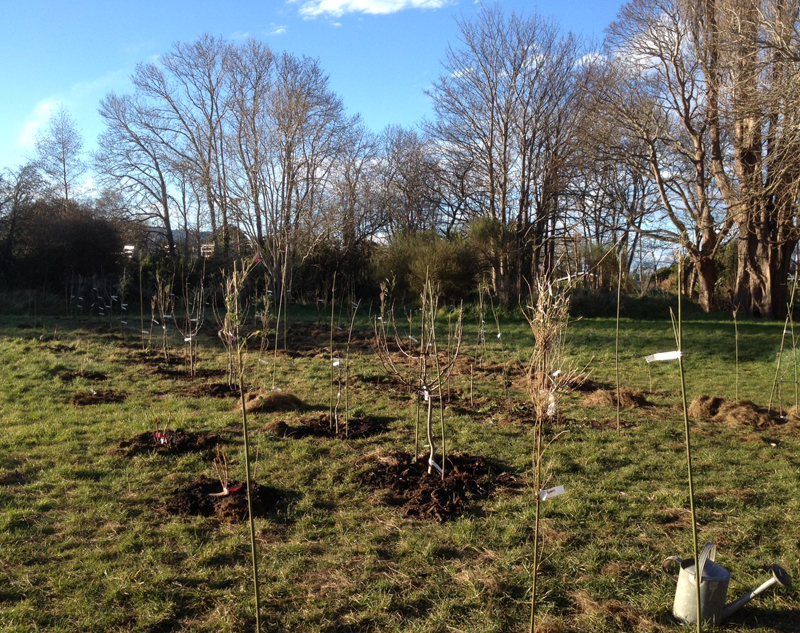
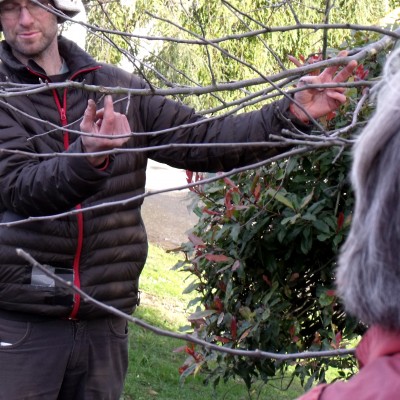 half-hour sustainable living radio show called Eco Living in Action that is aired on Otago Access Radio 105.4FM every Thursday from 2.30pm -3pm.
half-hour sustainable living radio show called Eco Living in Action that is aired on Otago Access Radio 105.4FM every Thursday from 2.30pm -3pm.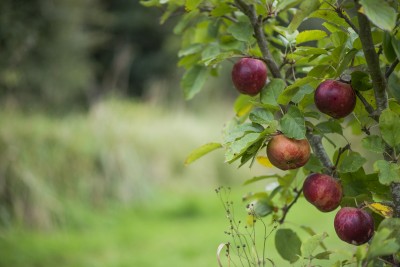 Maureen is a fantastic sustainable living educator. She is contracted to the Dunedin City Council to provide information to the community on waste minimisation and sustainable living
Maureen is a fantastic sustainable living educator. She is contracted to the Dunedin City Council to provide information to the community on waste minimisation and sustainable living 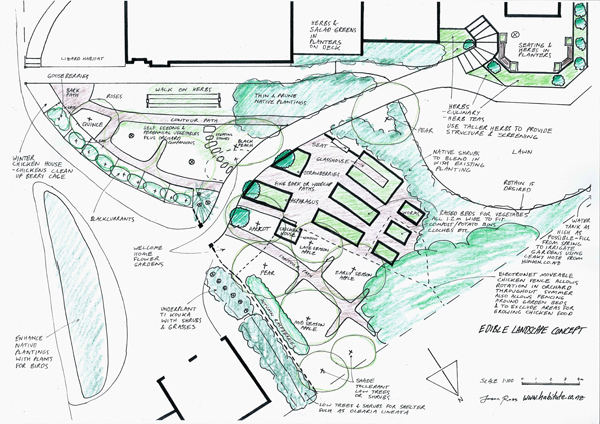
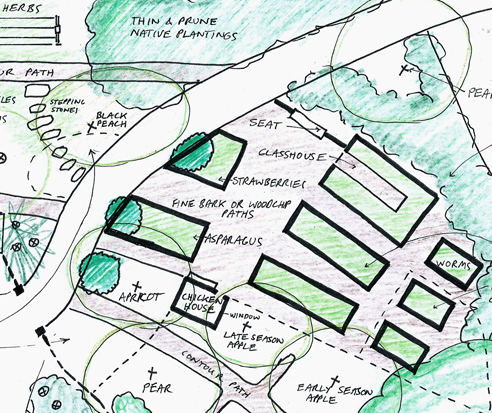 A moveable chicken fence system was settled on, allowing rotation of the chickens through orchard and berry areas, for benefit of both. Chickens will provide maintenance, fertility and eggs, while tilling areas of garden in which some of their own food will be grown seasonally.
A moveable chicken fence system was settled on, allowing rotation of the chickens through orchard and berry areas, for benefit of both. Chickens will provide maintenance, fertility and eggs, while tilling areas of garden in which some of their own food will be grown seasonally.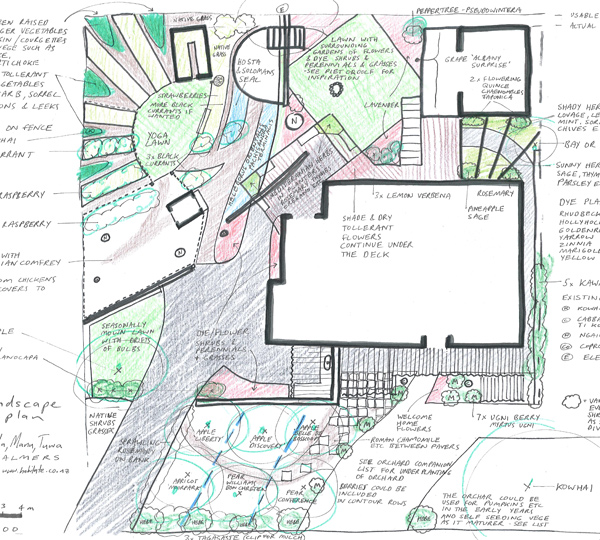
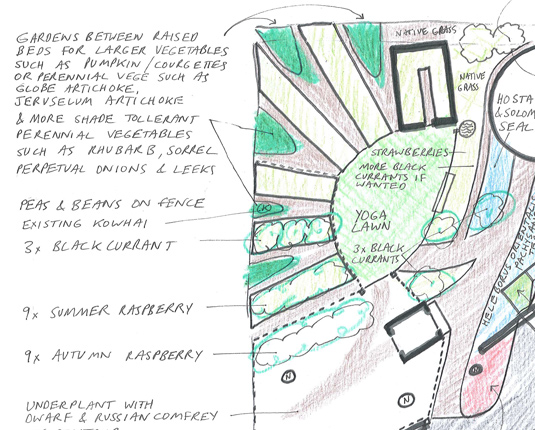
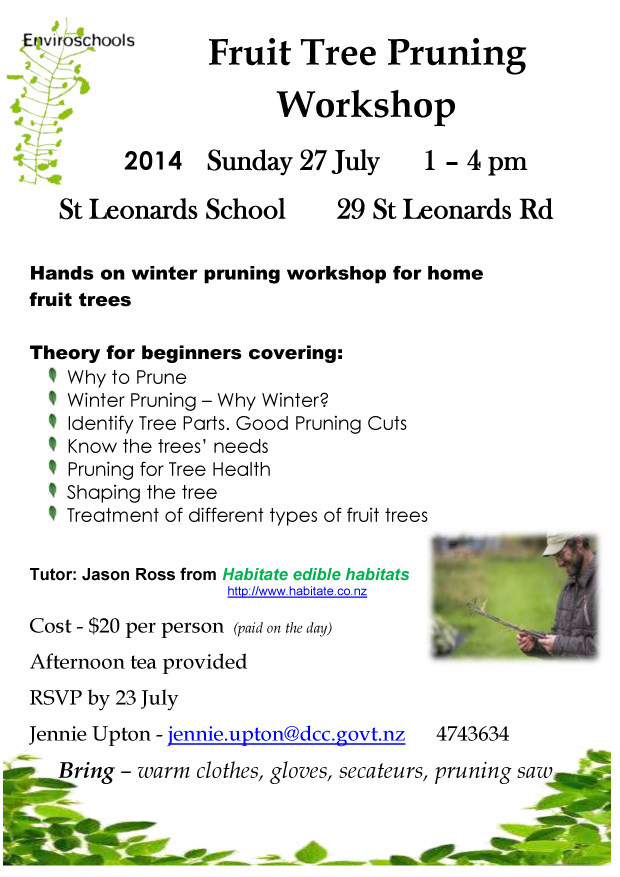
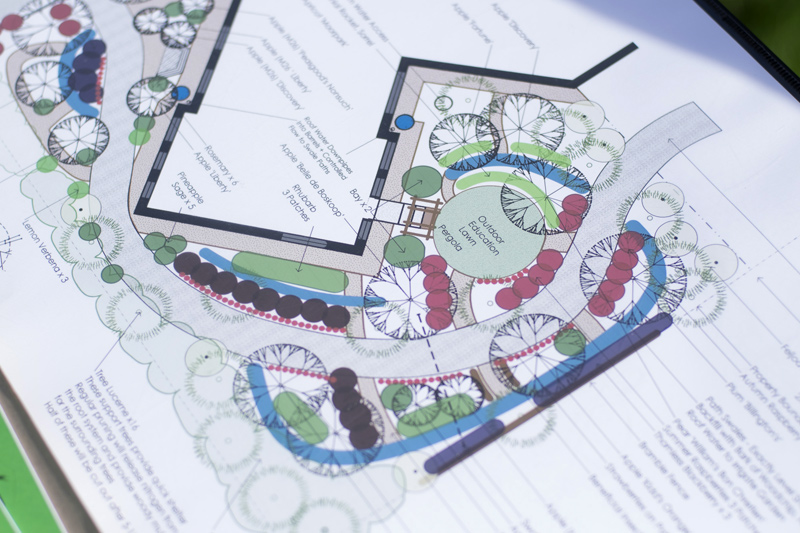 A community food forest is sprouting in South Dunedin. In December 2014 Peta Hudson and Jason Ross tutored a Food Forest Design workshop at the school site. Local participants contributed their ideas in the form of designs for the food forest after learning about the possibilities for the area.
A community food forest is sprouting in South Dunedin. In December 2014 Peta Hudson and Jason Ross tutored a Food Forest Design workshop at the school site. Local participants contributed their ideas in the form of designs for the food forest after learning about the possibilities for the area.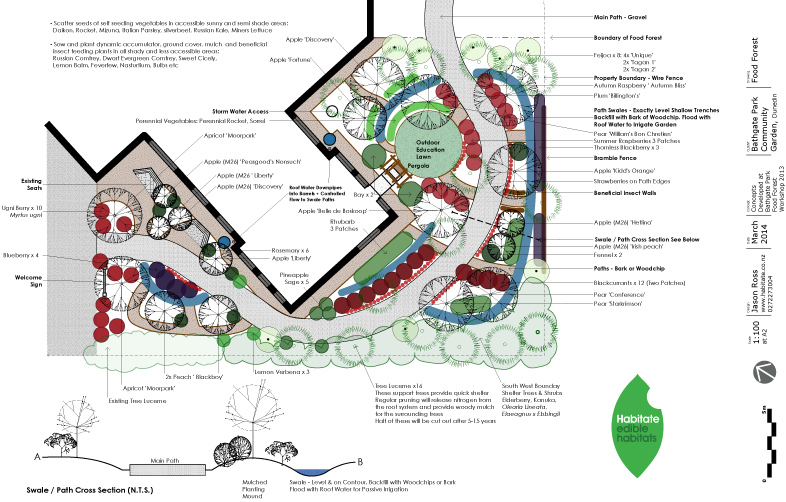
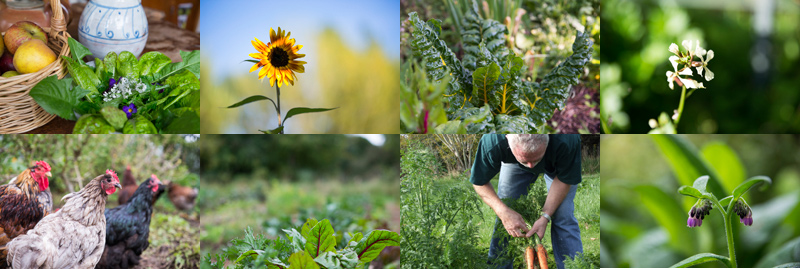 Taste Nature Gardens & Habitate Nursery collaborate on the development of this exciting Permaculture landscape in Waitati, Otago. Owned by the visionaries Mark & Rayna Dickson, this land is both the home of our Habitate Heritage Fruits Nursery and is also their diverse, integrated and intensive small scale market garden that supplies their Organic Shop, Taste Nature, in High Street, Dunedin.
Taste Nature Gardens & Habitate Nursery collaborate on the development of this exciting Permaculture landscape in Waitati, Otago. Owned by the visionaries Mark & Rayna Dickson, this land is both the home of our Habitate Heritage Fruits Nursery and is also their diverse, integrated and intensive small scale market garden that supplies their Organic Shop, Taste Nature, in High Street, Dunedin.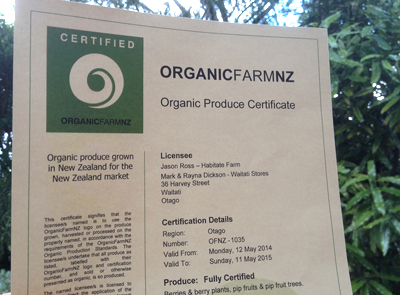
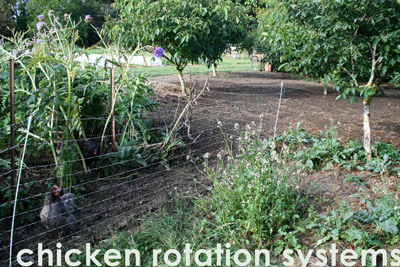
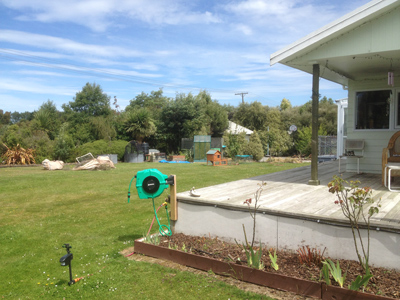
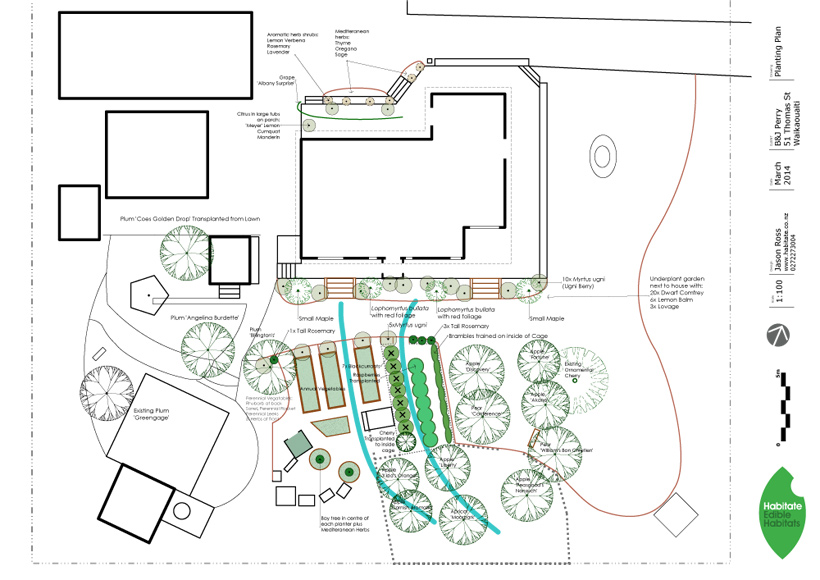 To keep the maintenance low and the soil fertility up for this couple in Waikauaiti, chickens are playing a key role in our garden design. They have a deep litter scratching yard where they will process weeds etc into compost for the garden. During the summer they will graze in the orchard and in the winter, with the change of a couple of small doors, they will run under the berry fruit bushes in the berry cage. This integrated design has many benefits. The chickens get fresh ground, weeds and bugs to eat, and they help with maintenance by scratching and grazing.
To keep the maintenance low and the soil fertility up for this couple in Waikauaiti, chickens are playing a key role in our garden design. They have a deep litter scratching yard where they will process weeds etc into compost for the garden. During the summer they will graze in the orchard and in the winter, with the change of a couple of small doors, they will run under the berry fruit bushes in the berry cage. This integrated design has many benefits. The chickens get fresh ground, weeds and bugs to eat, and they help with maintenance by scratching and grazing.